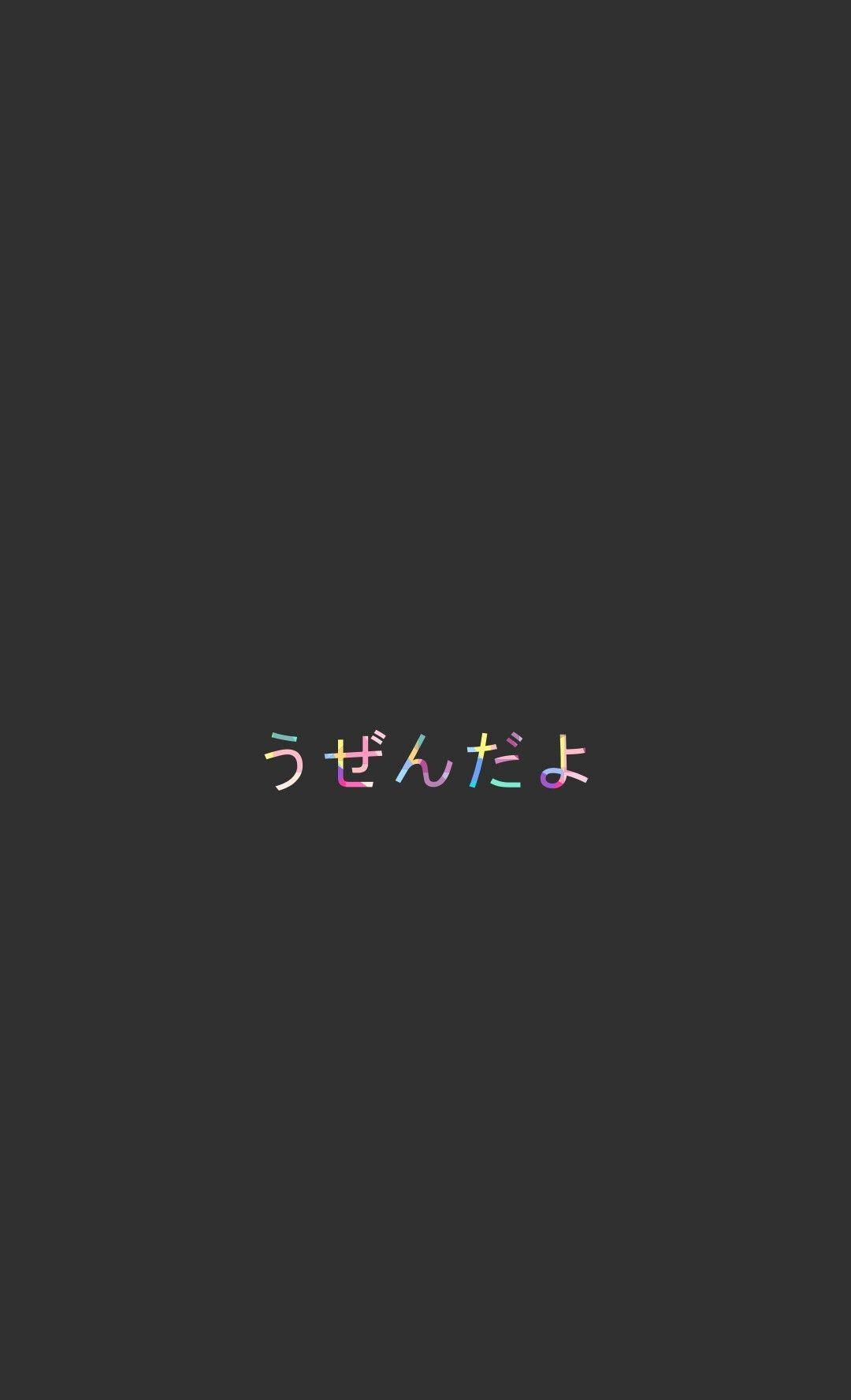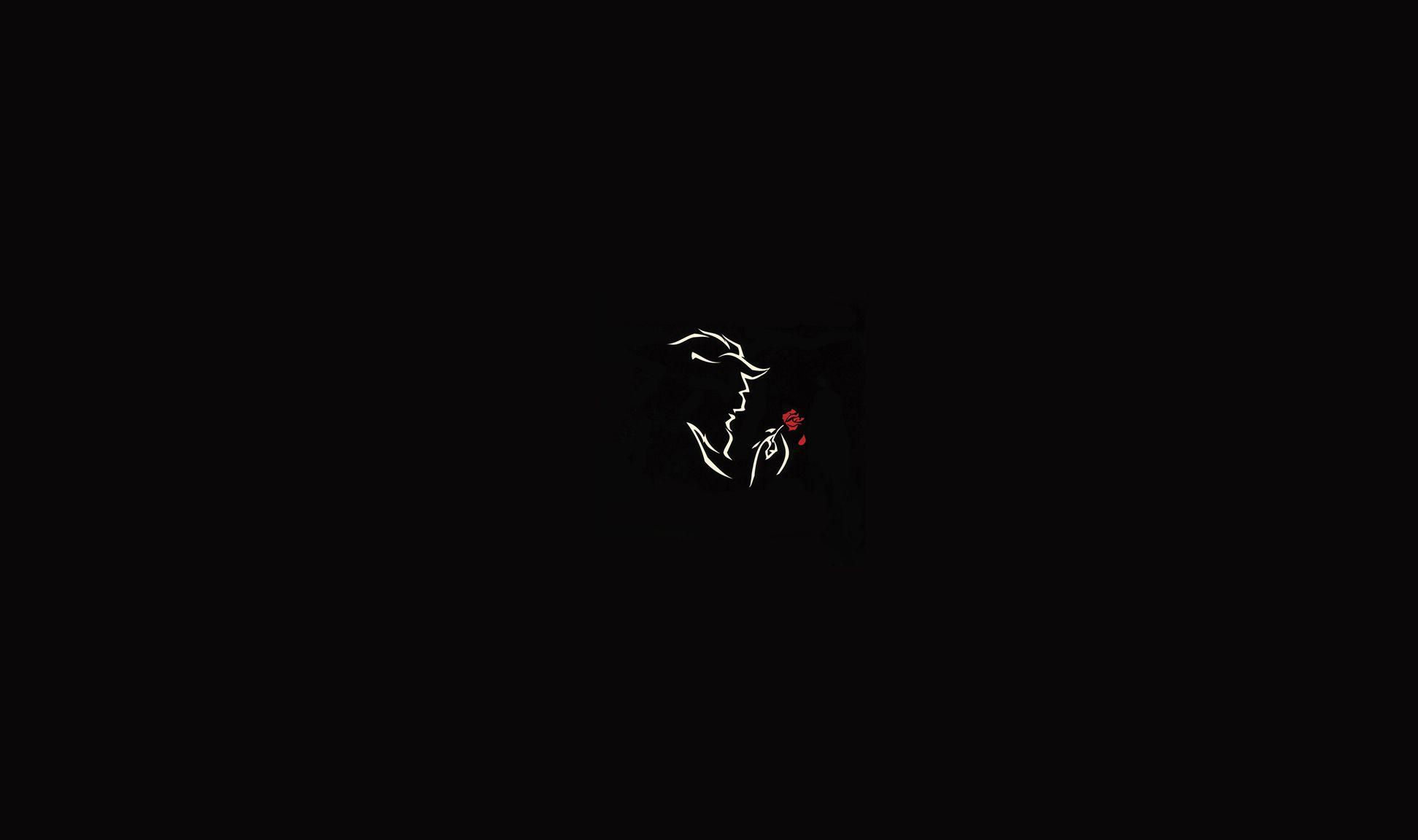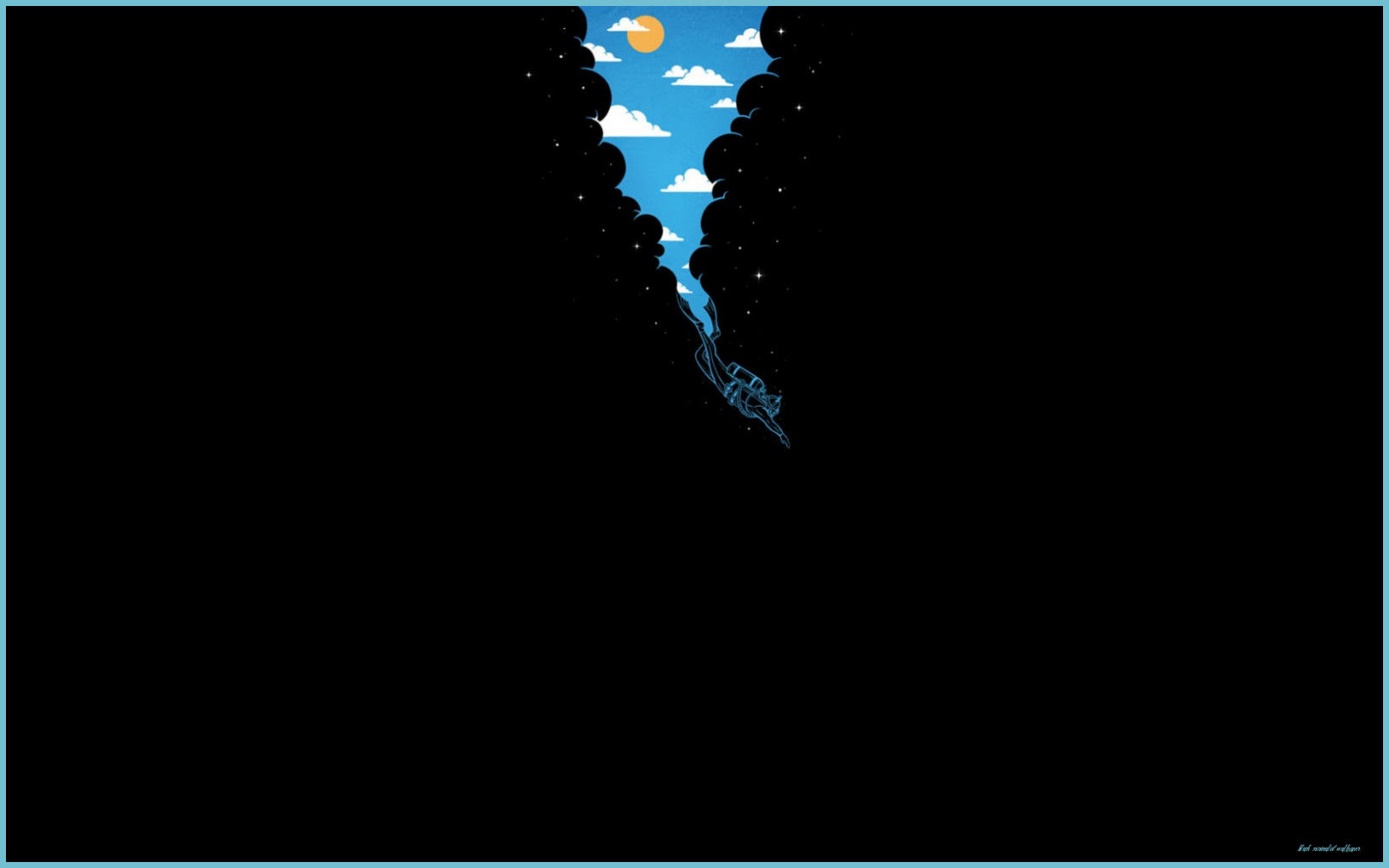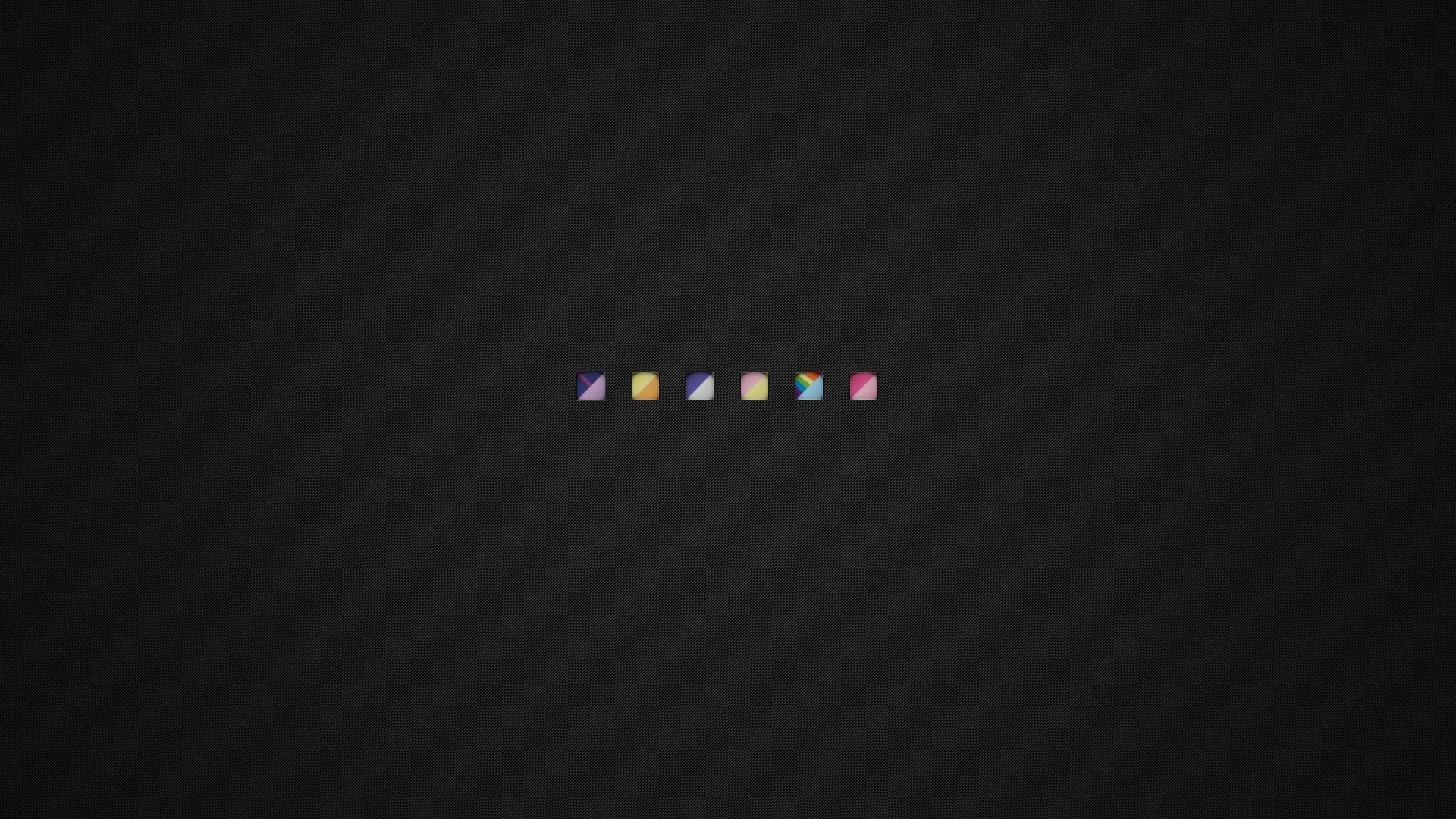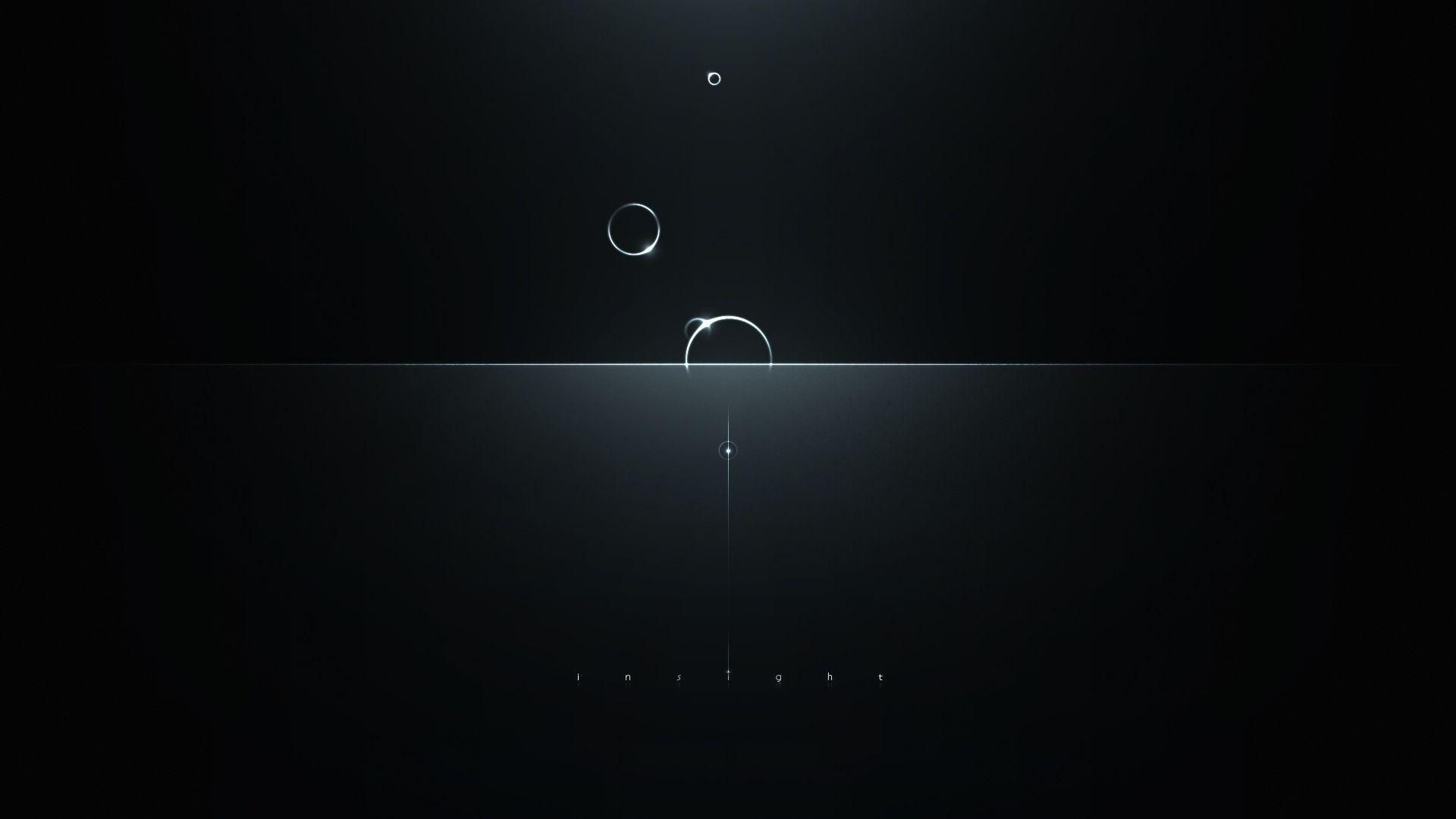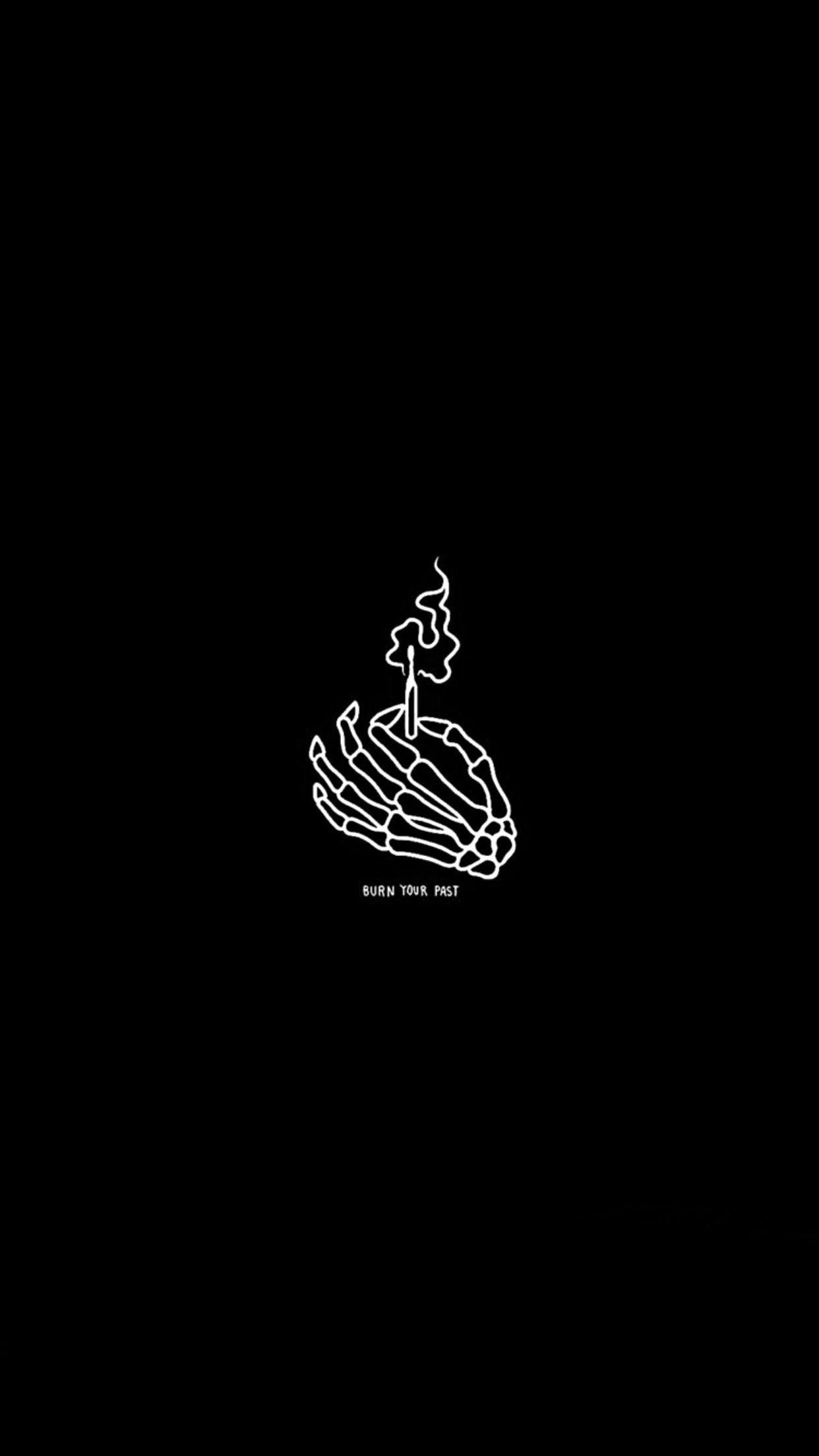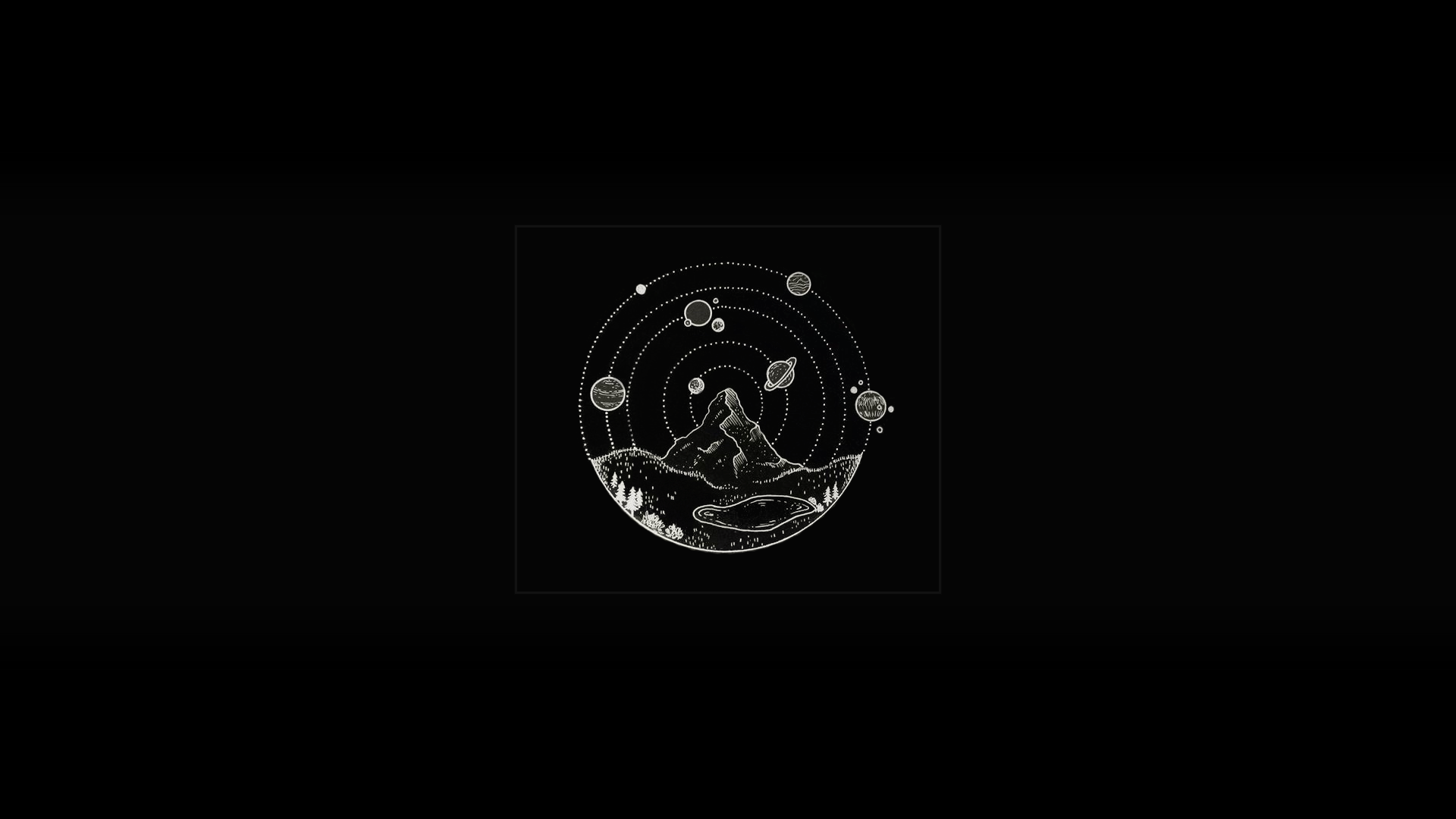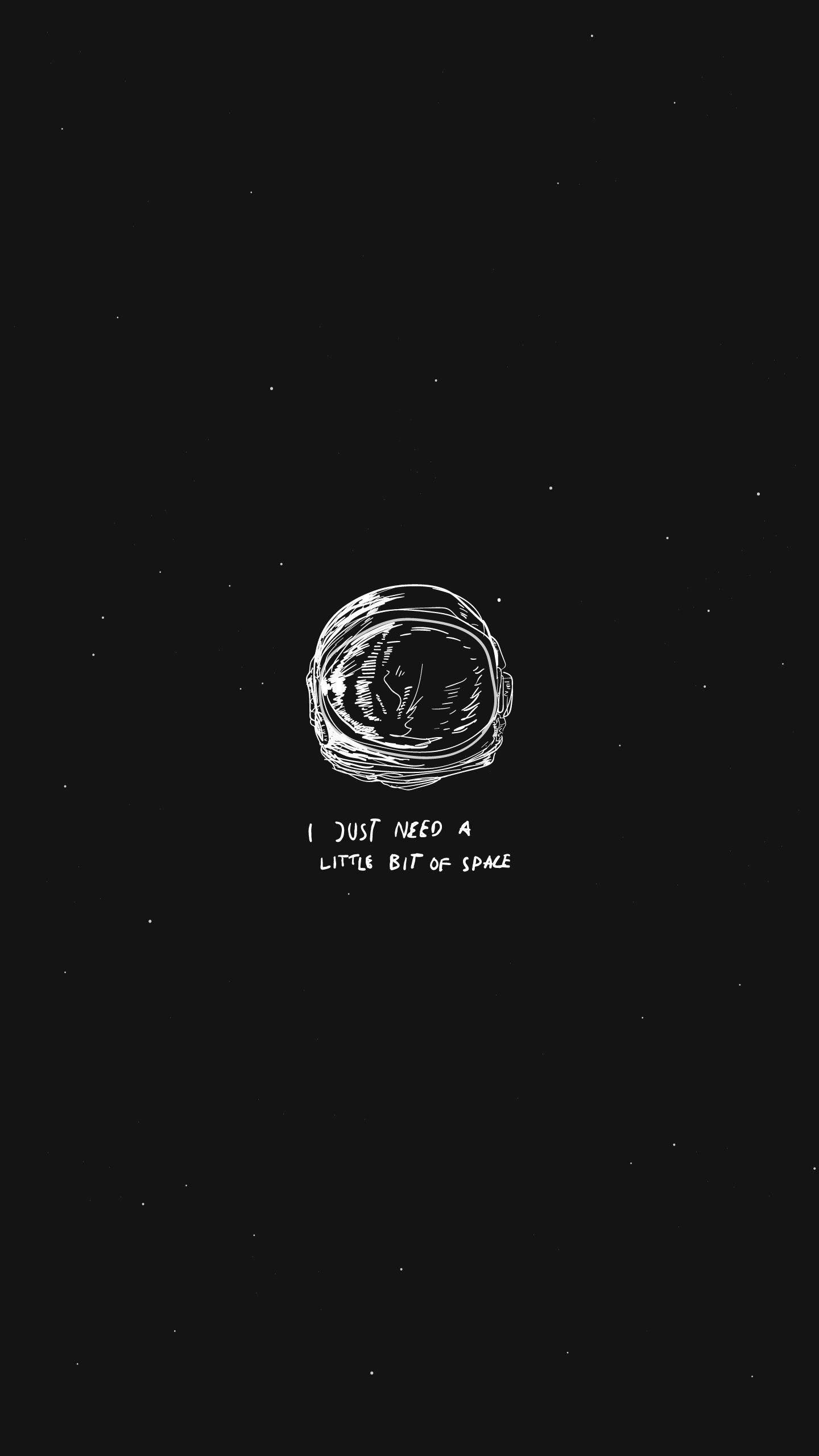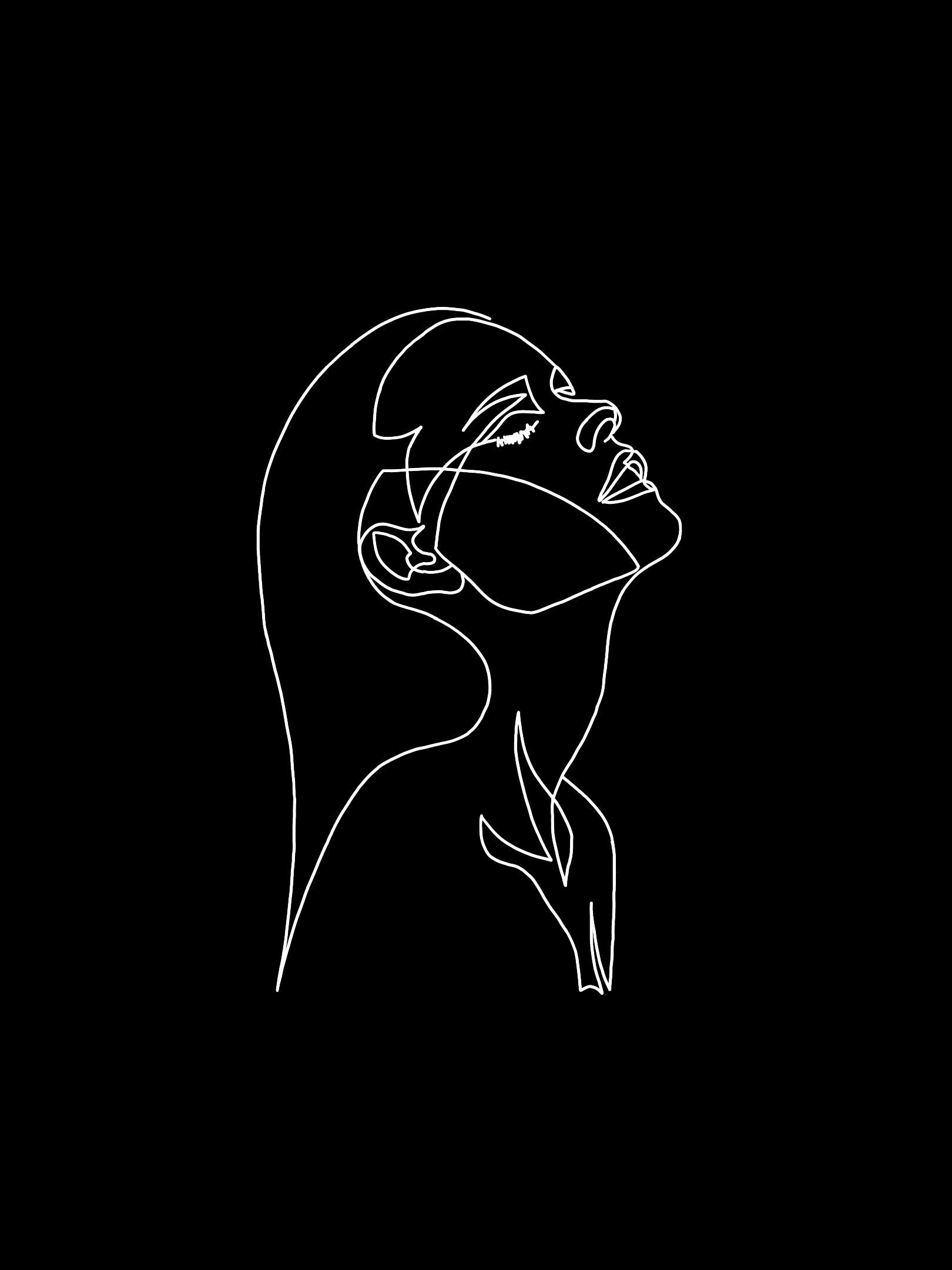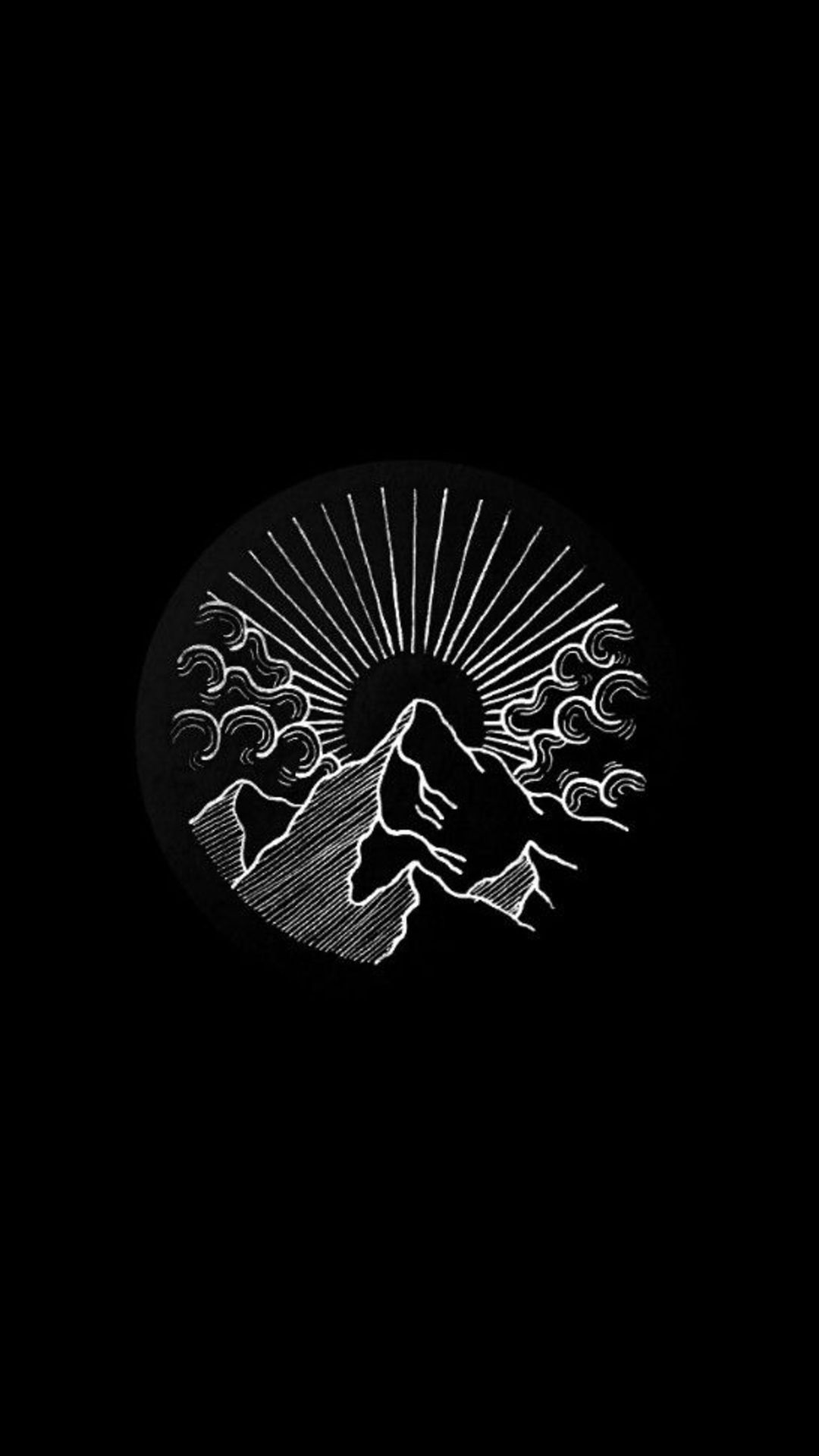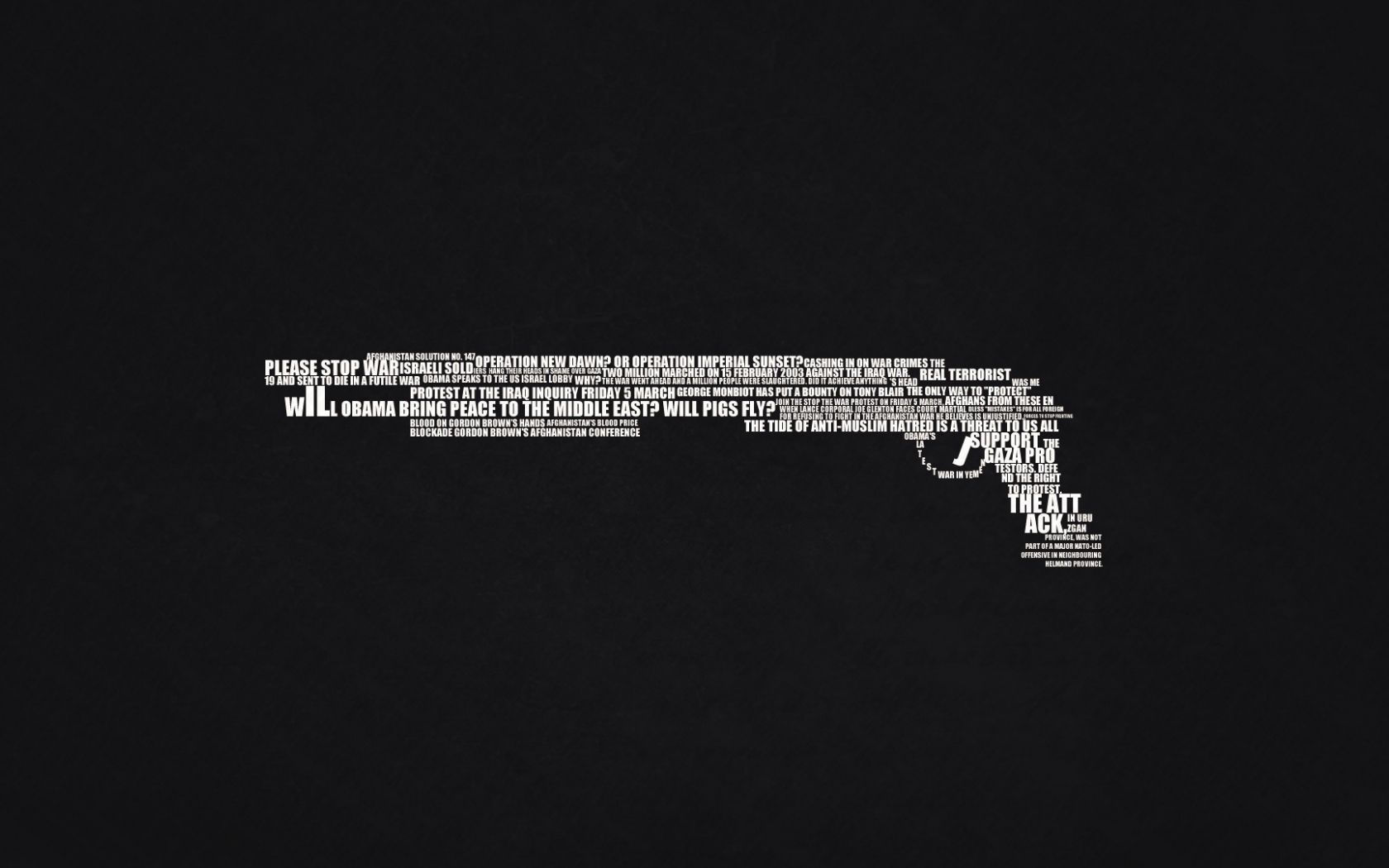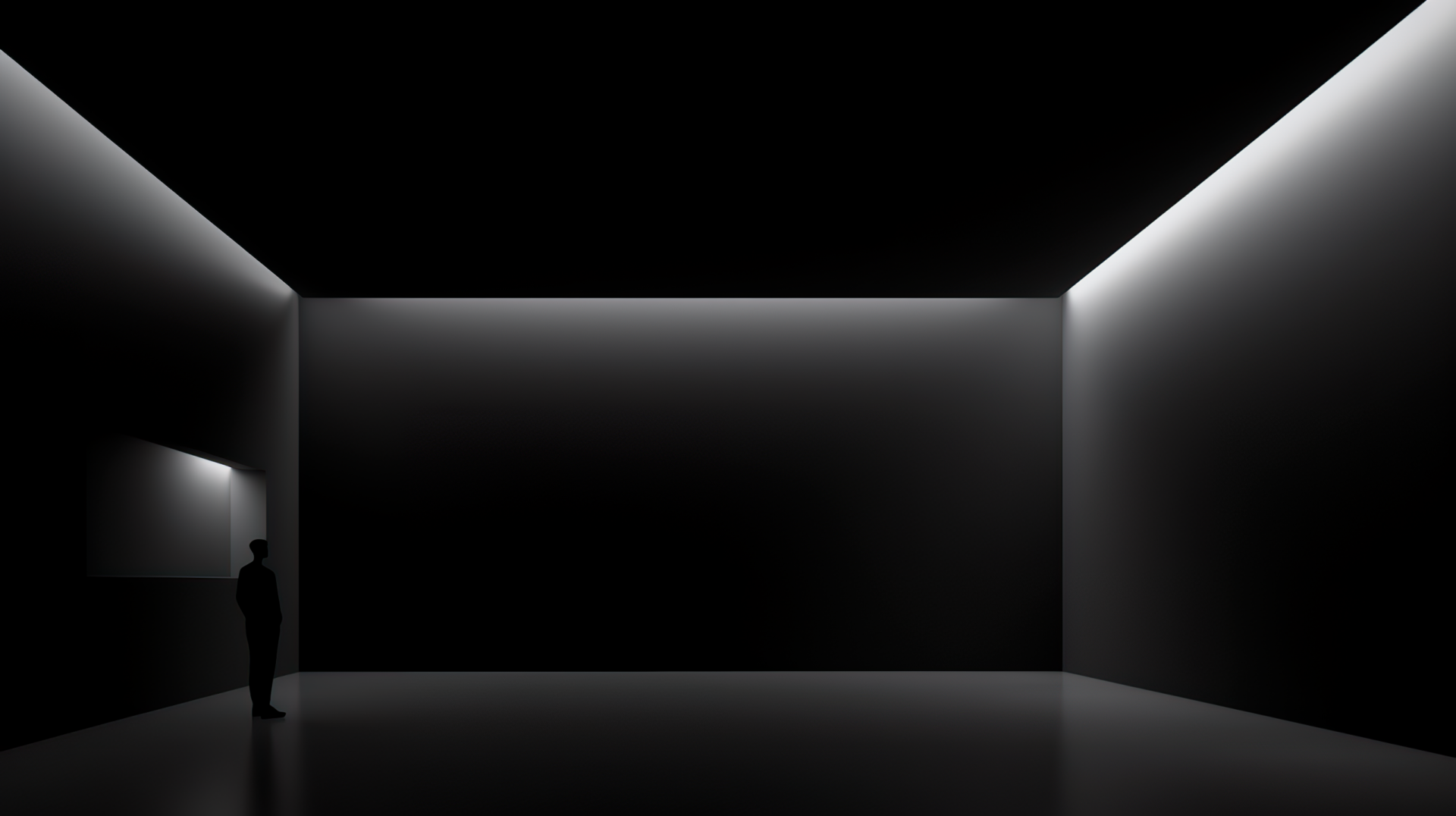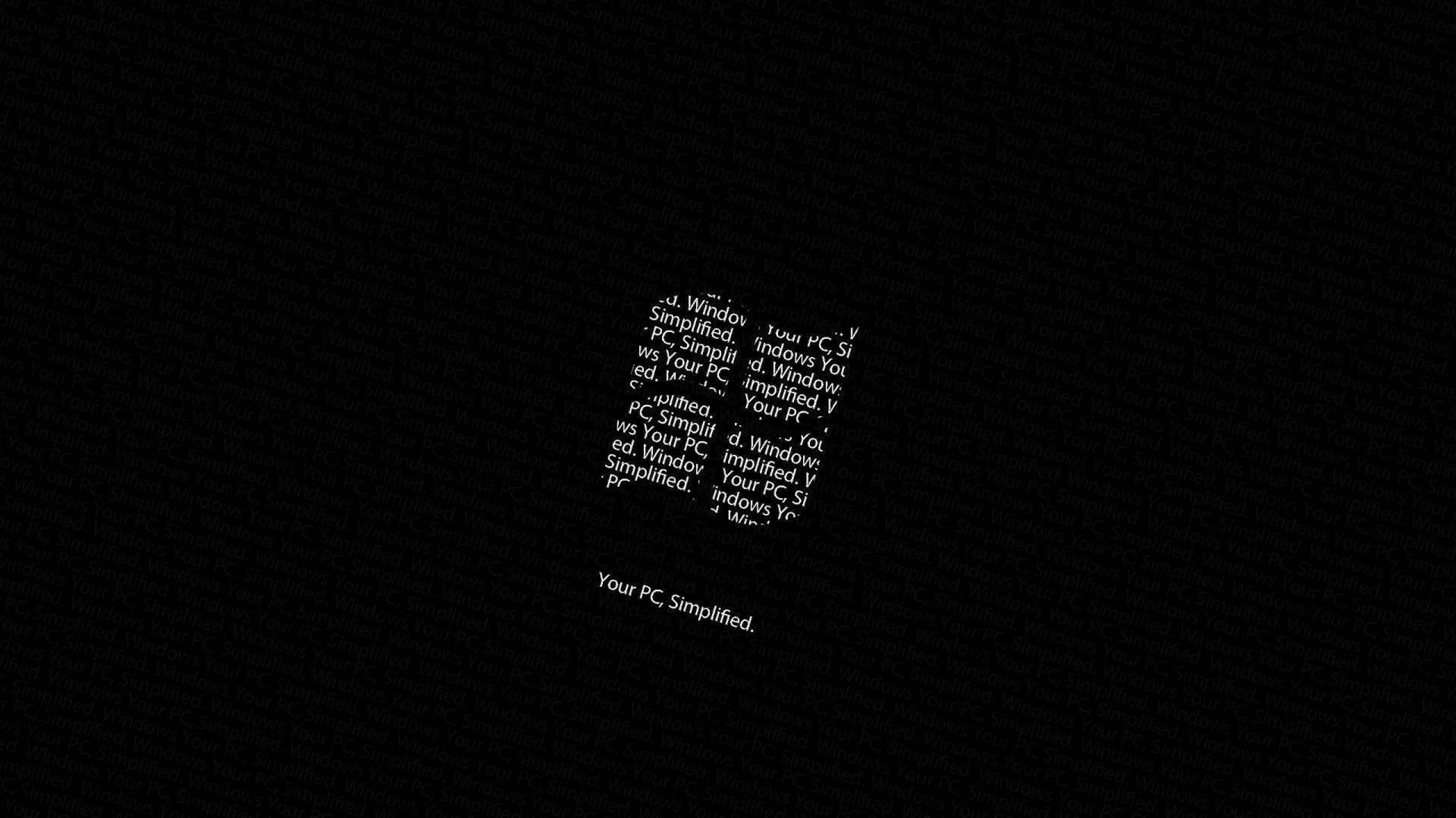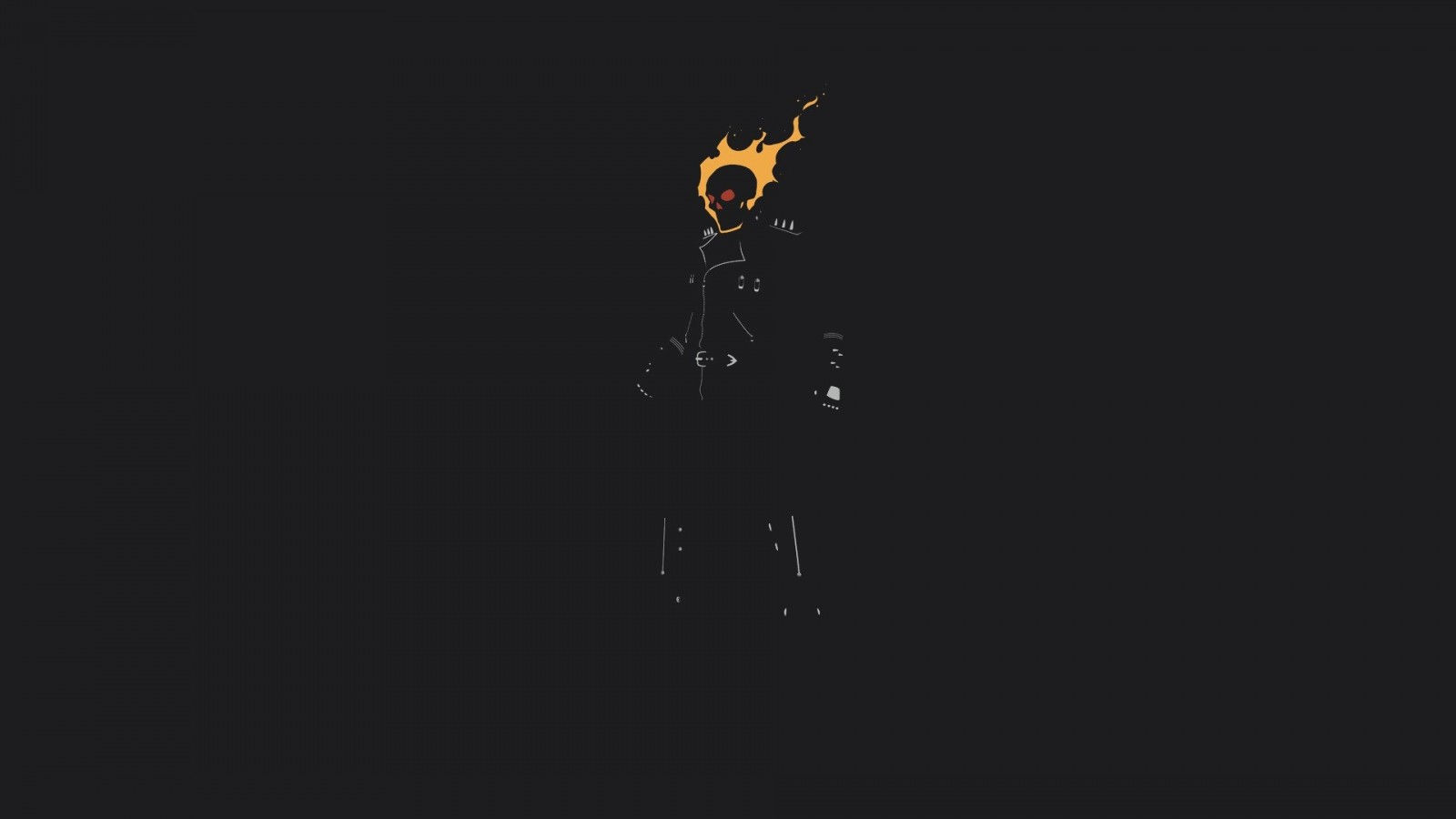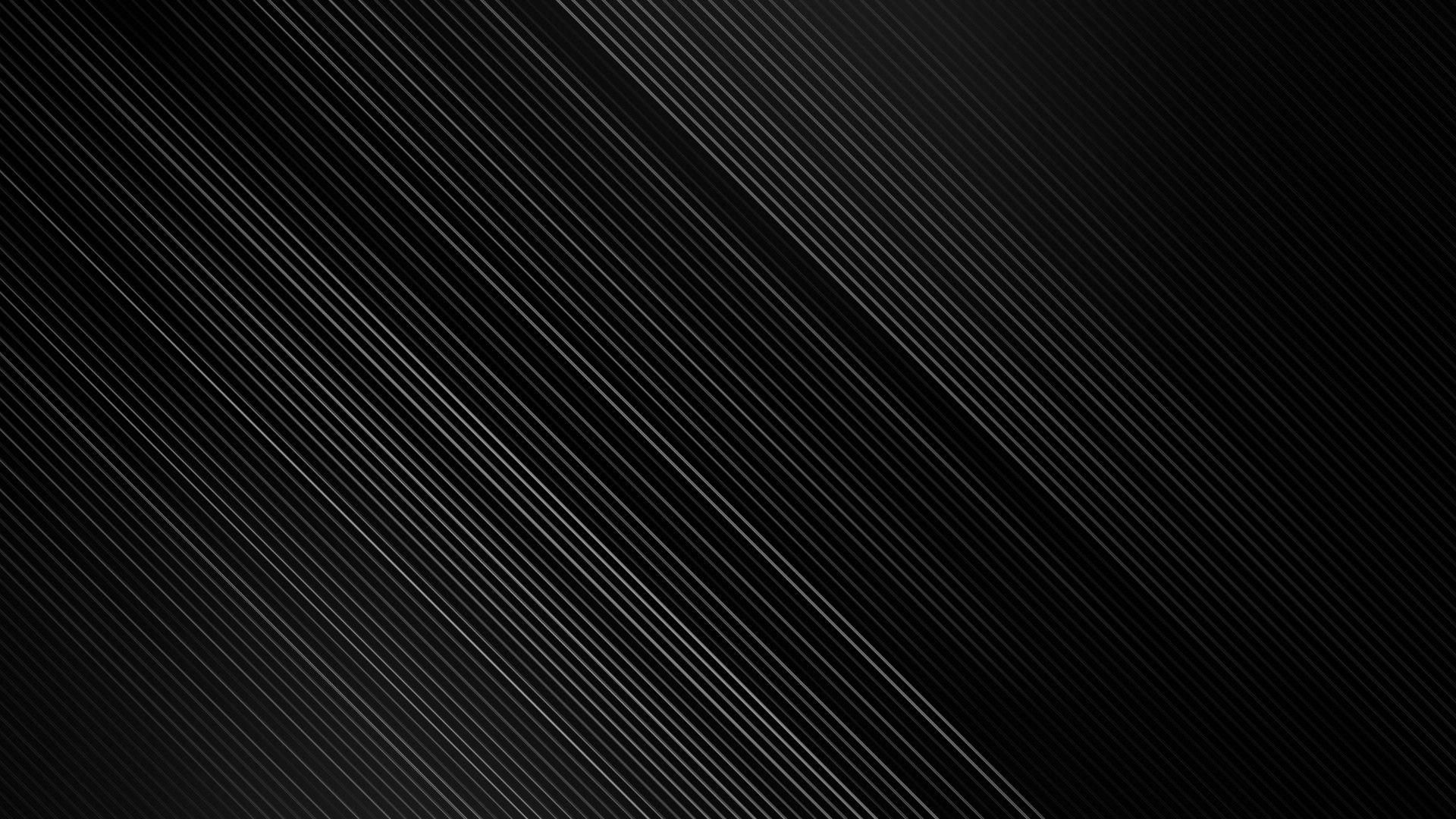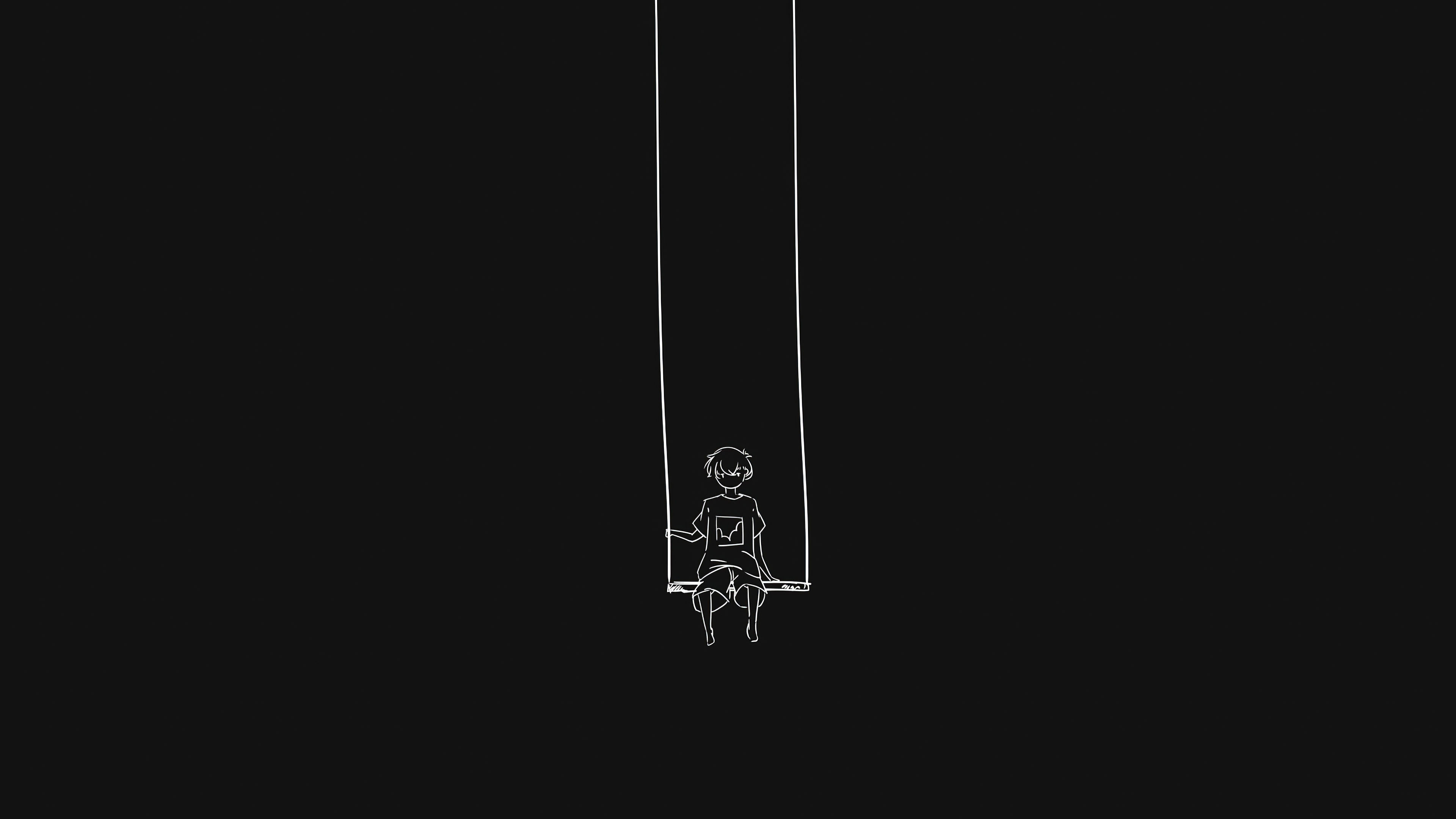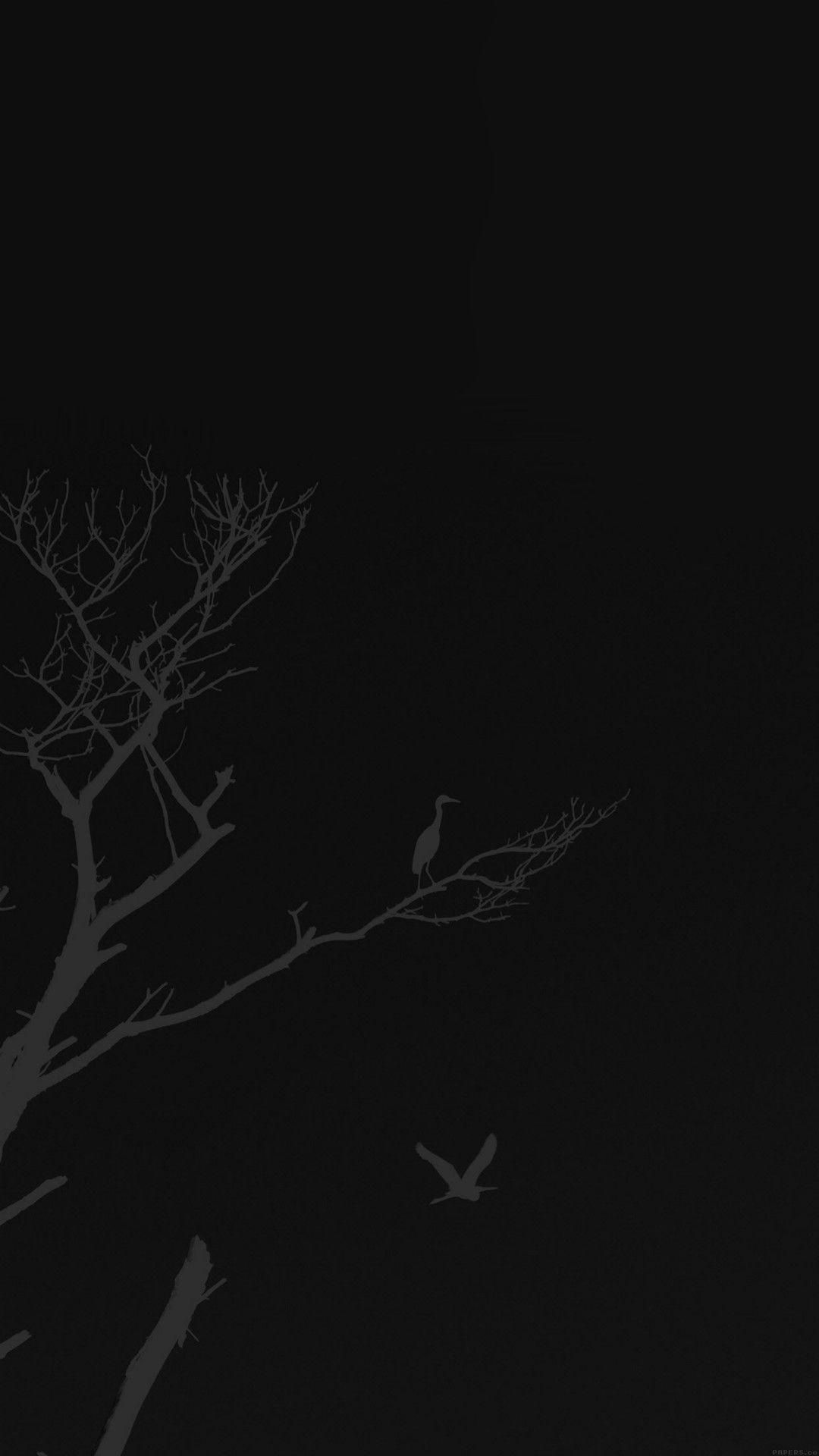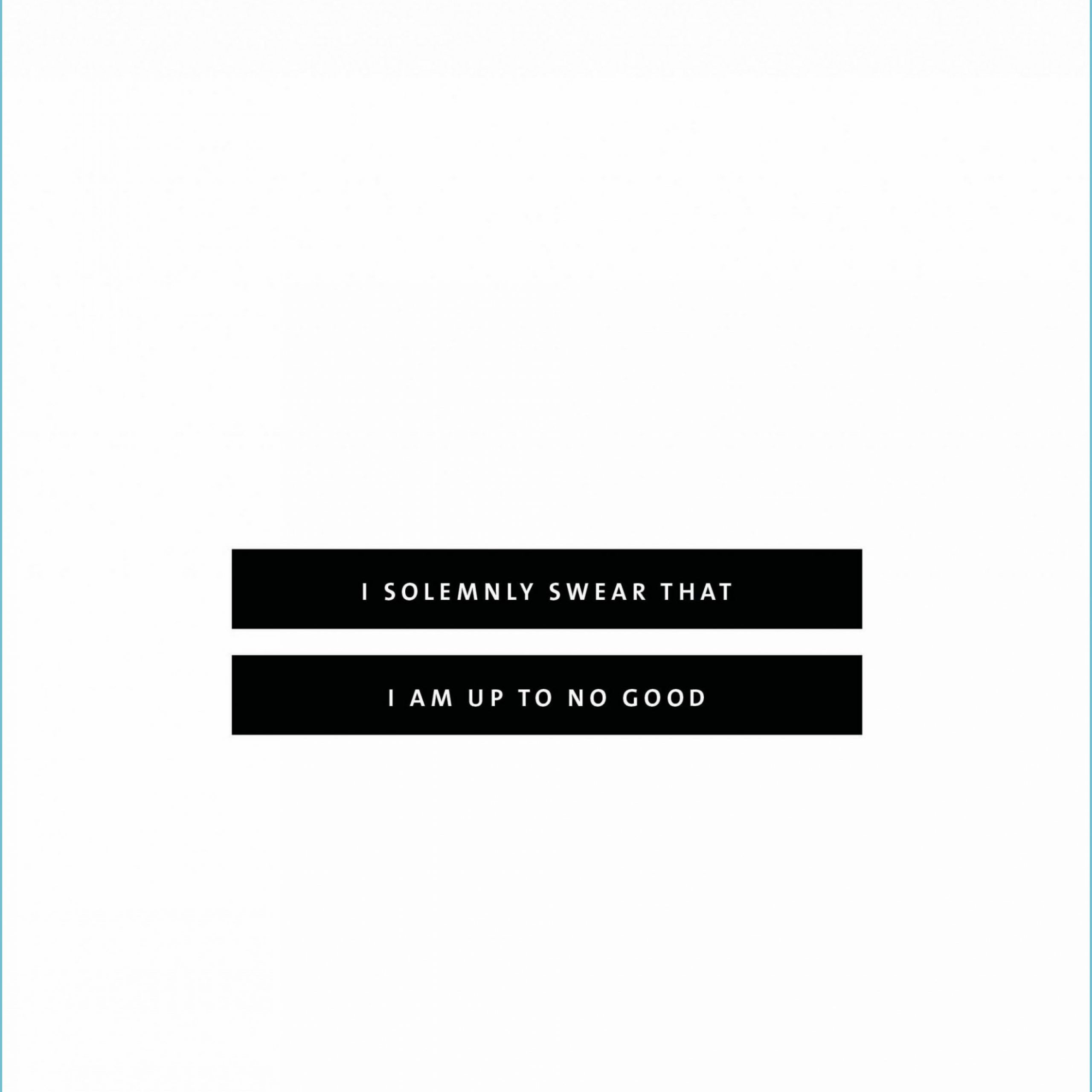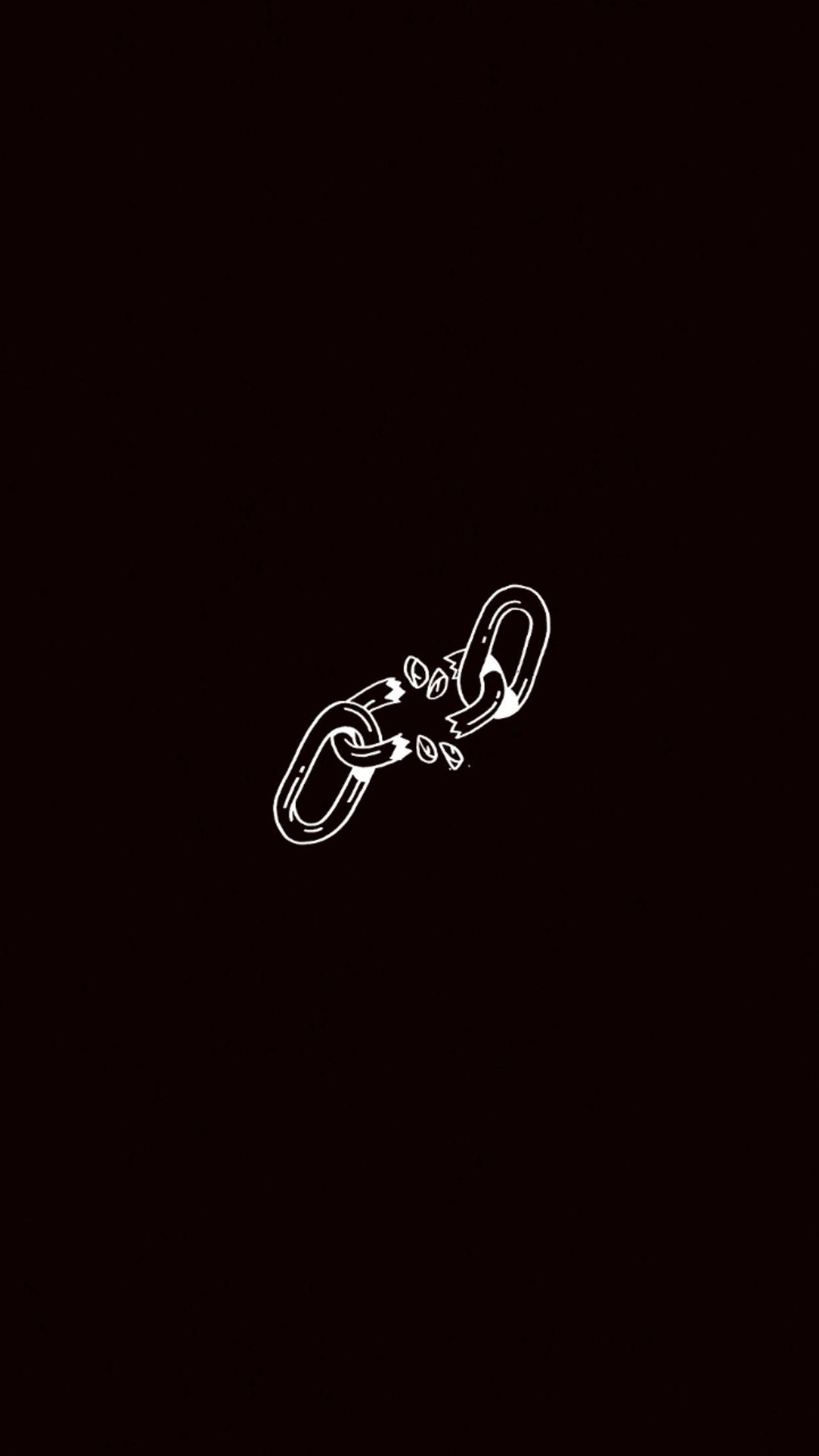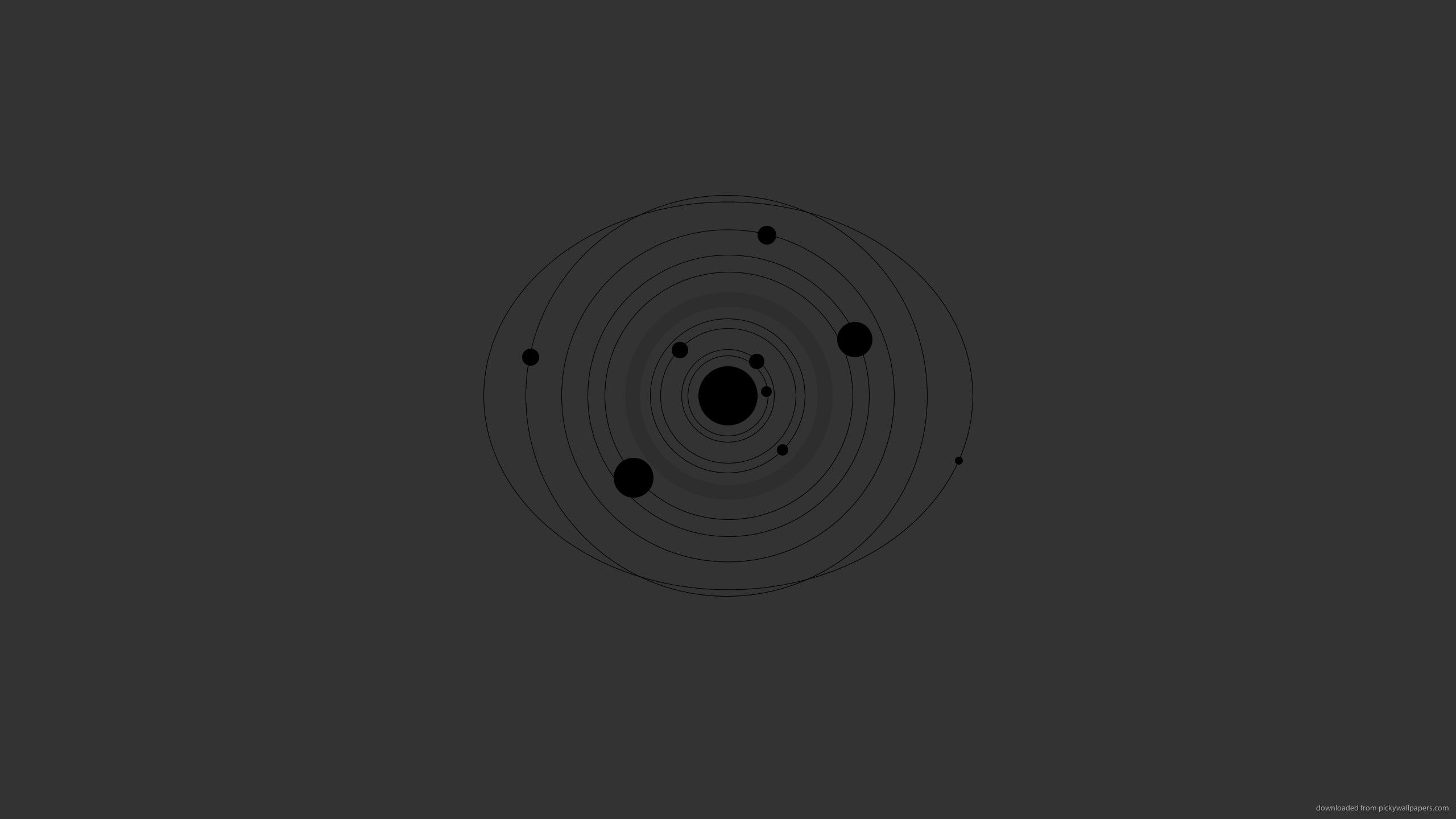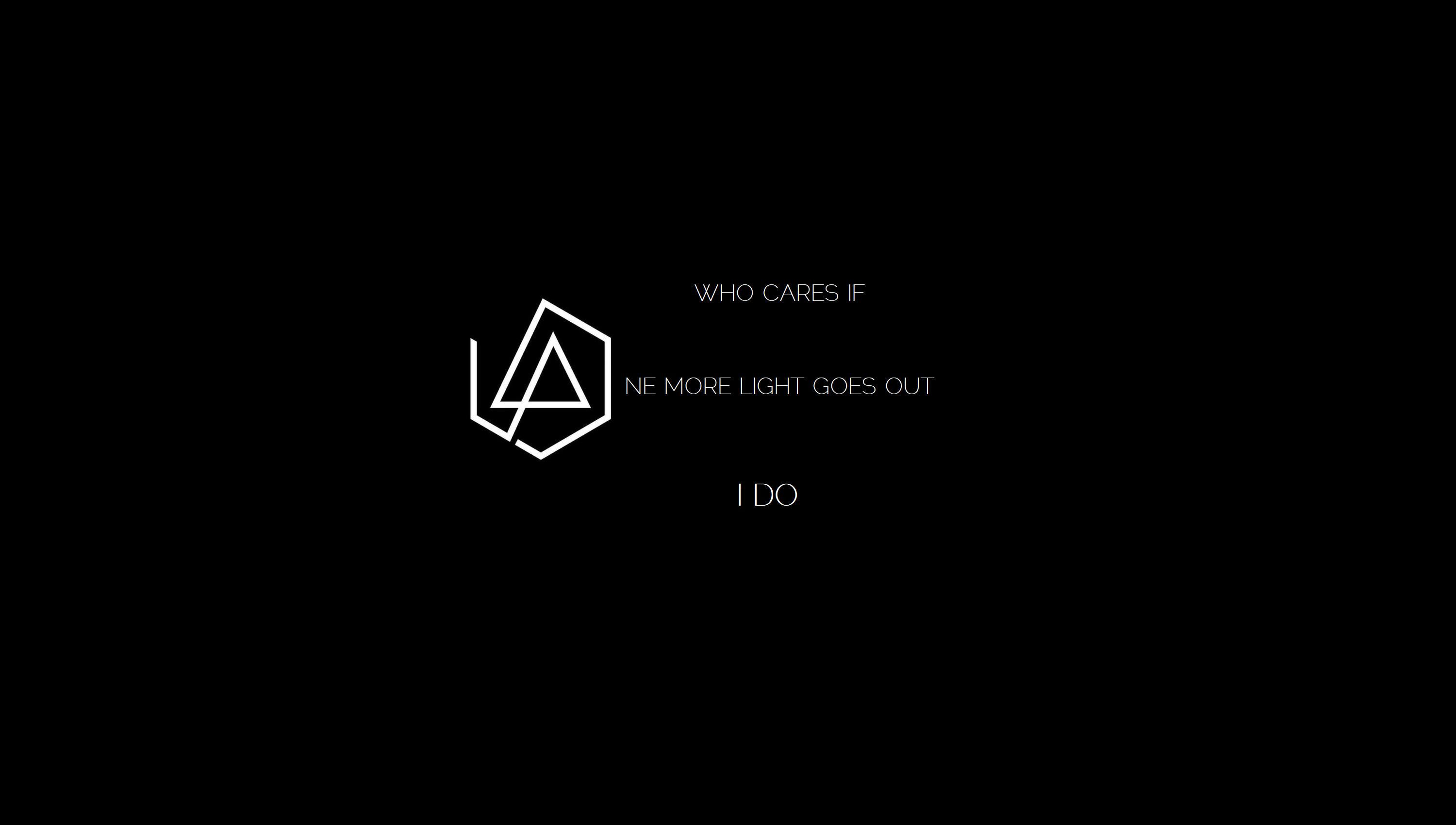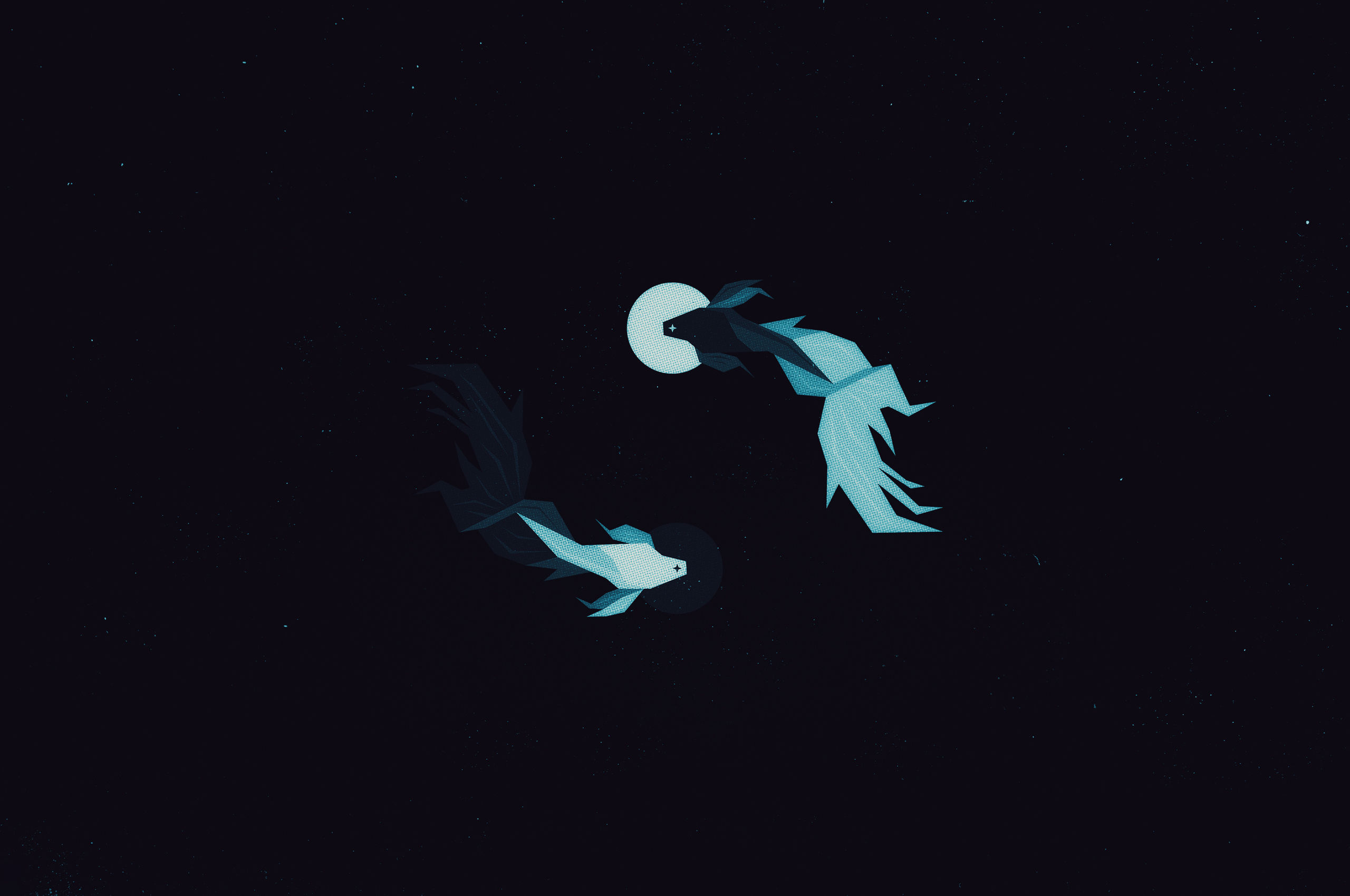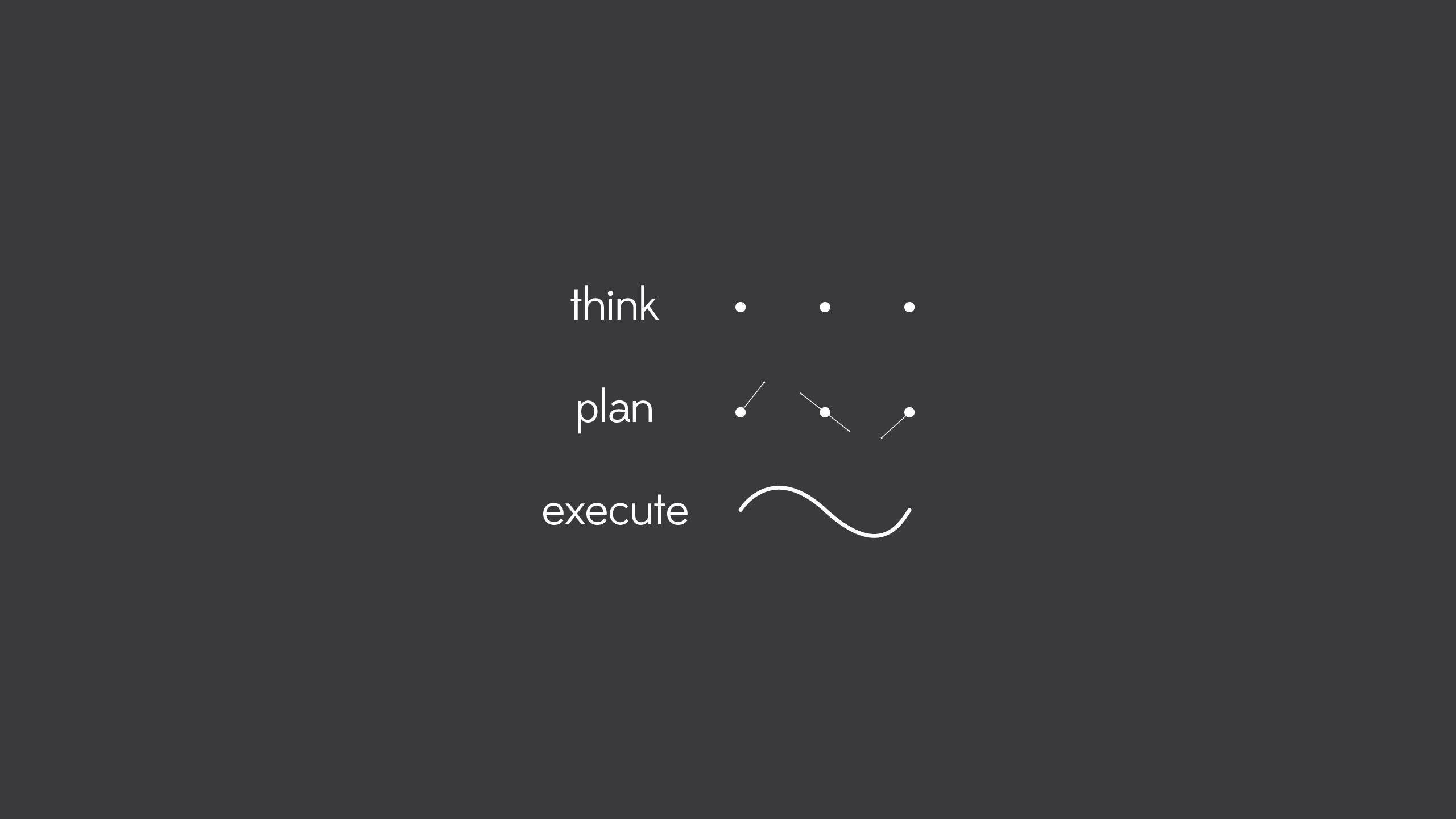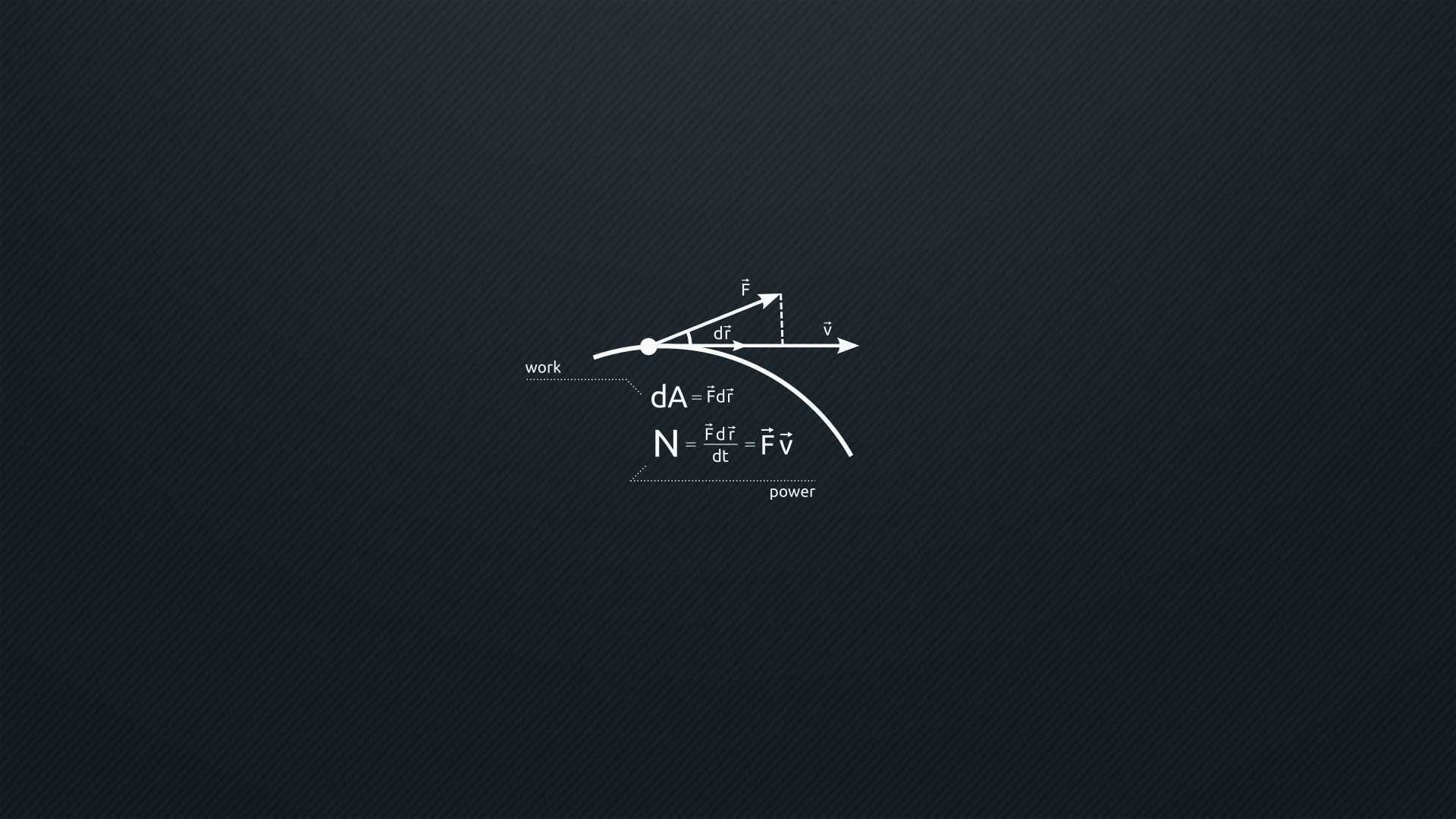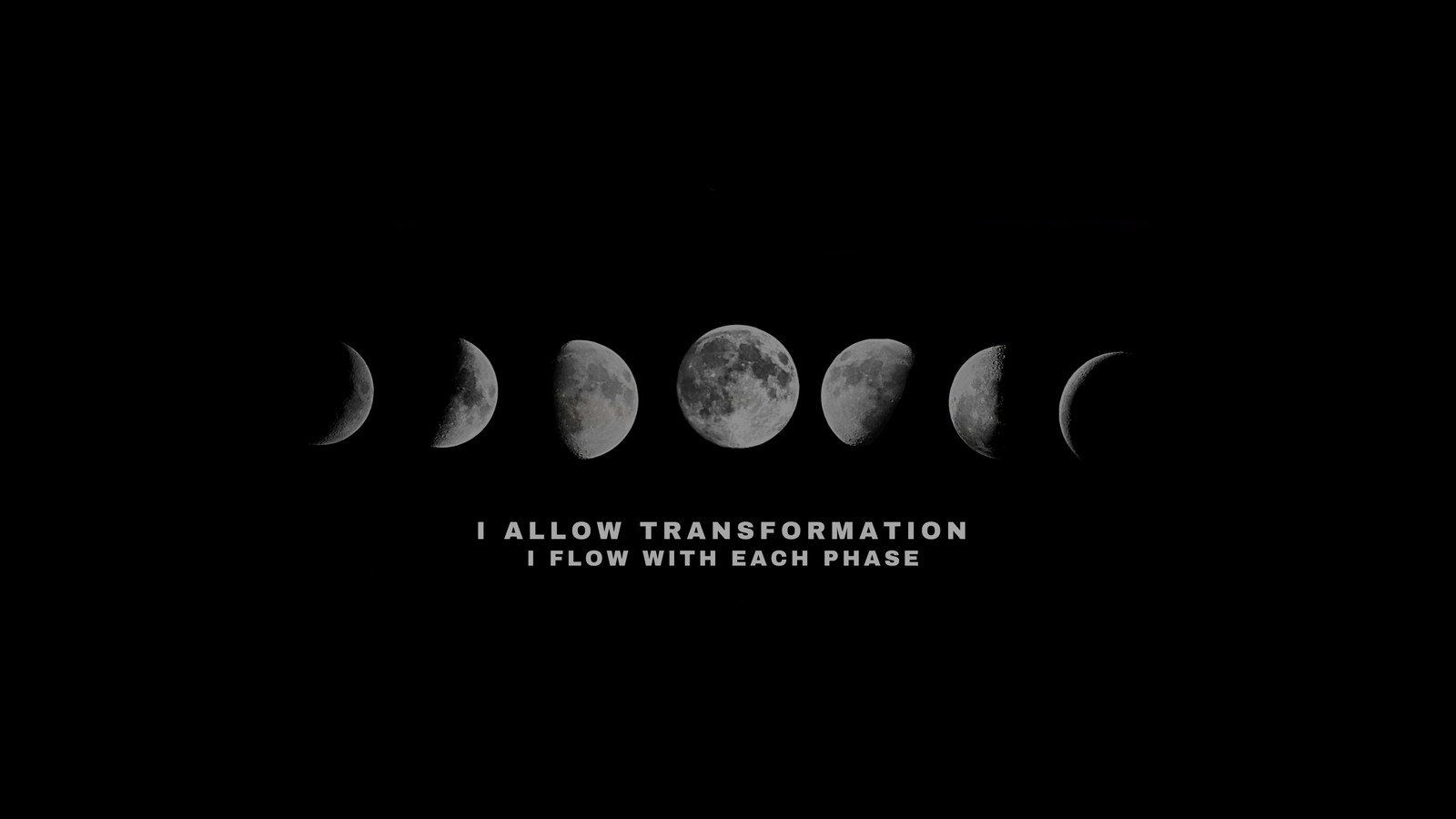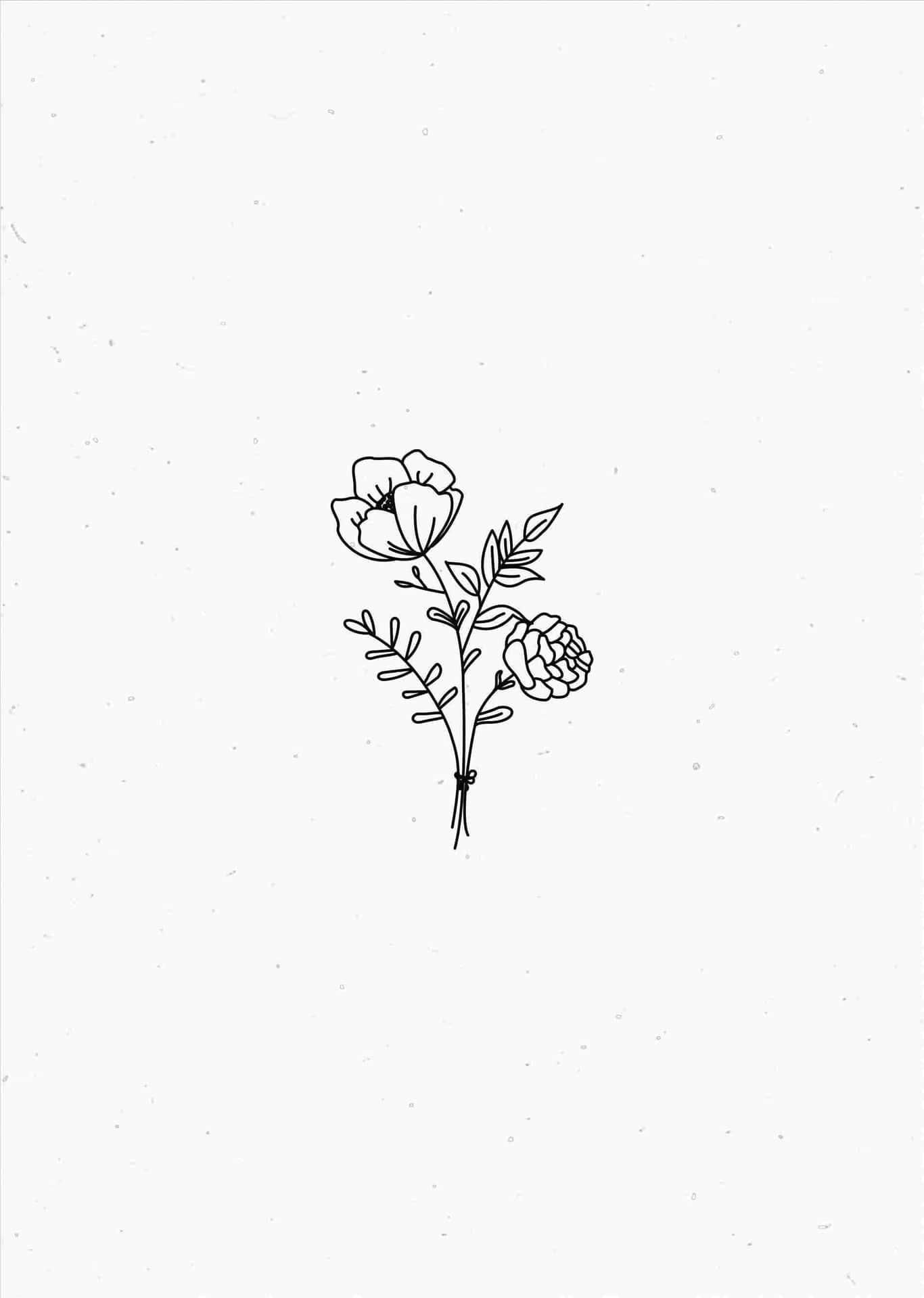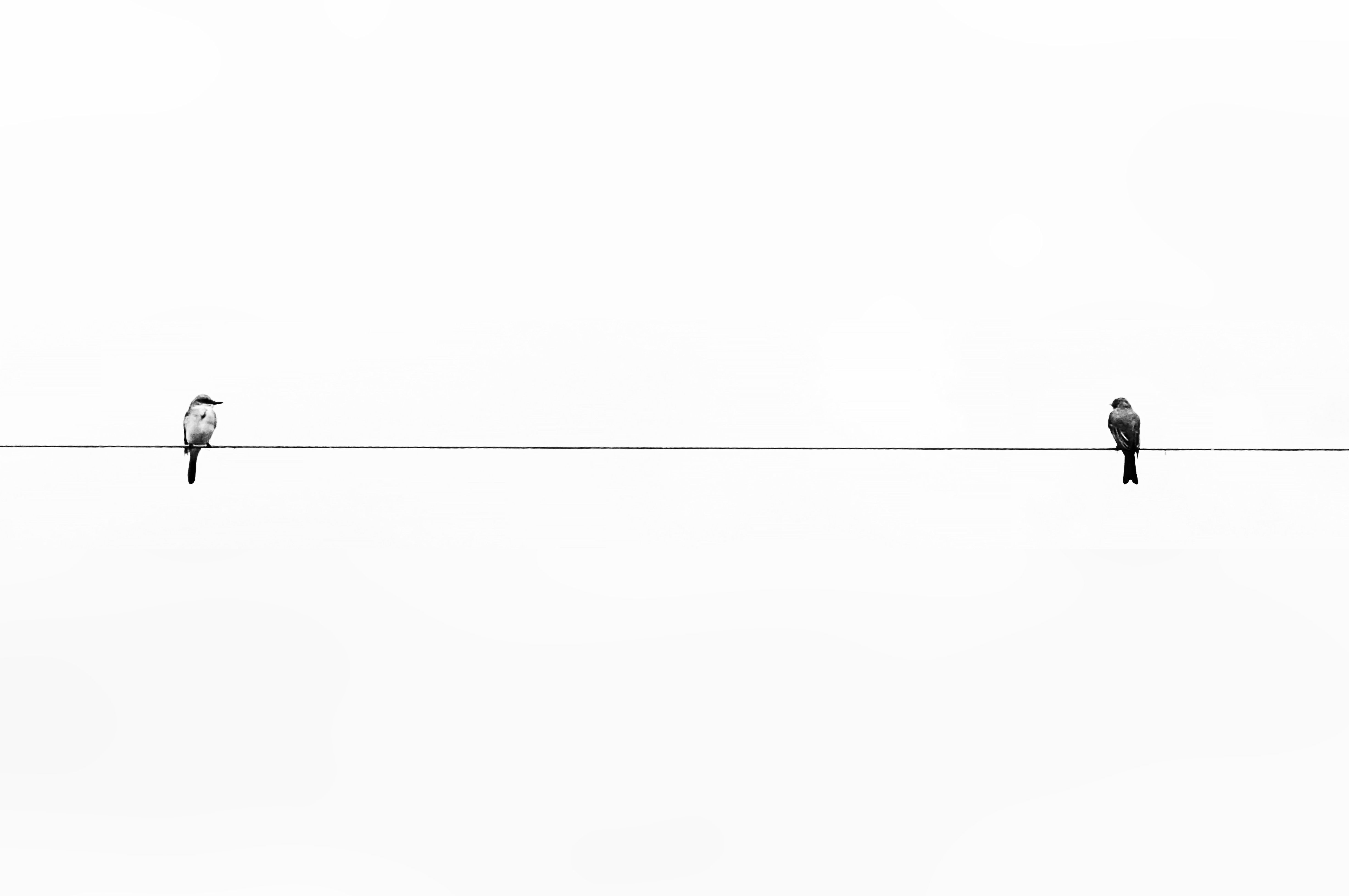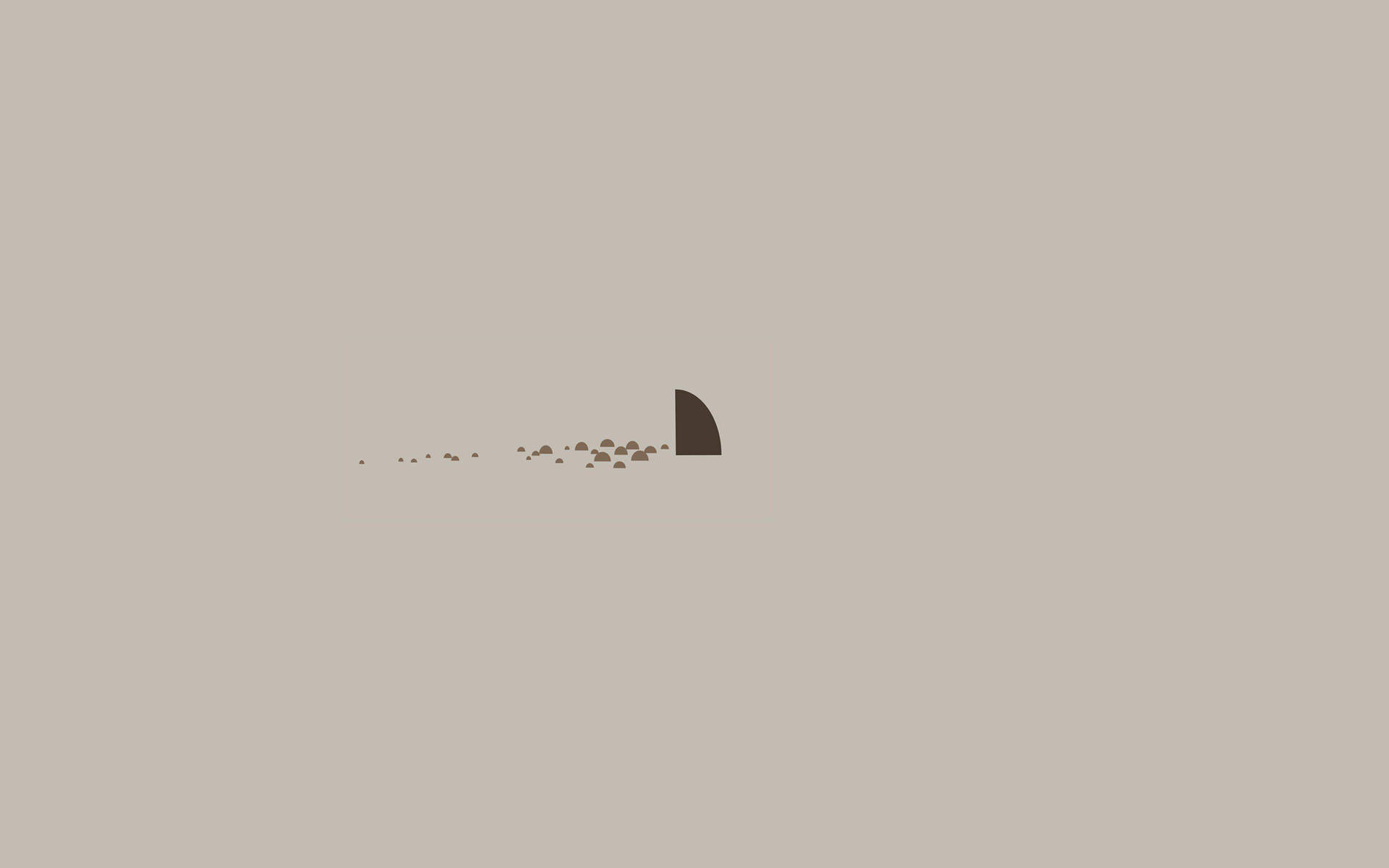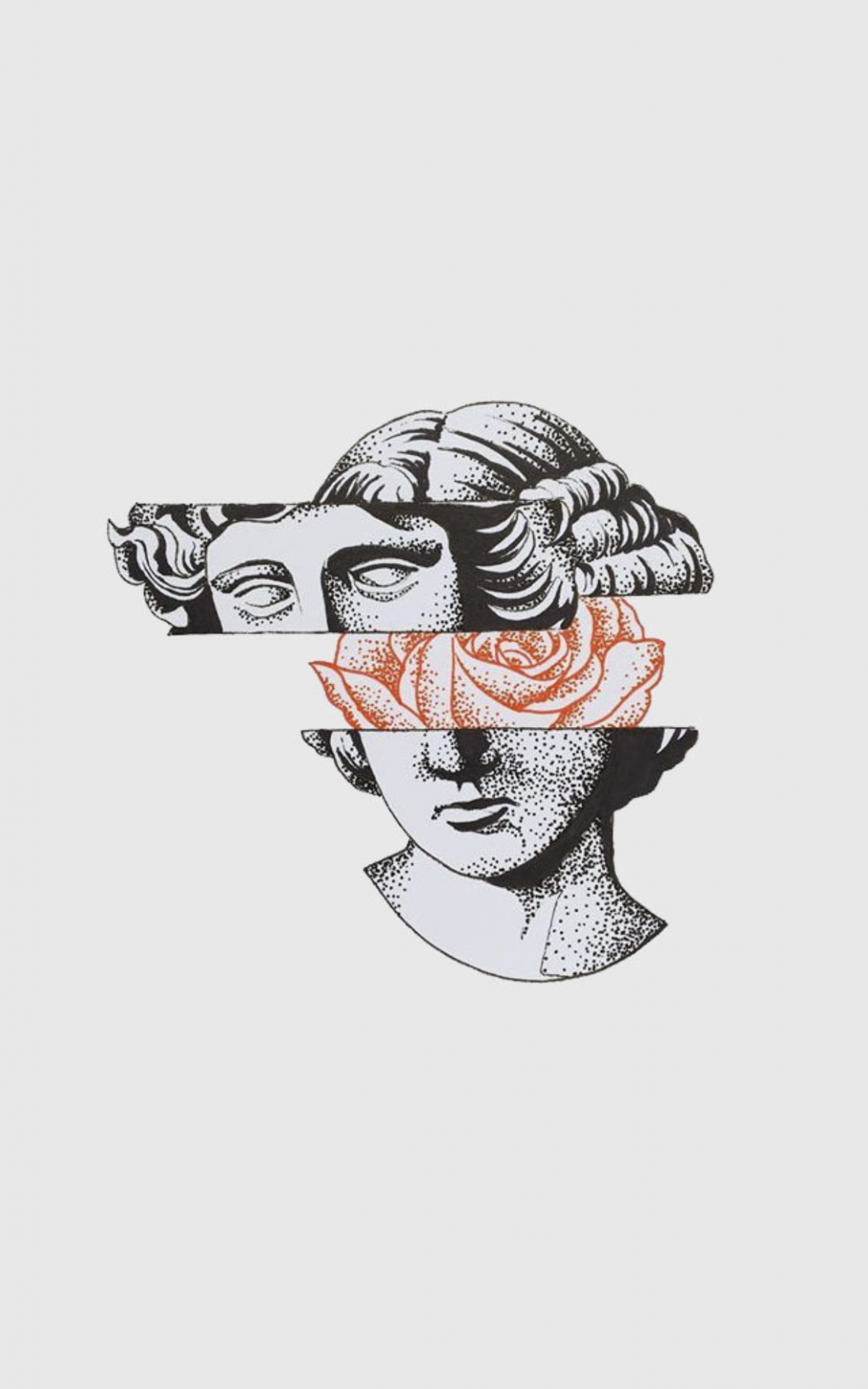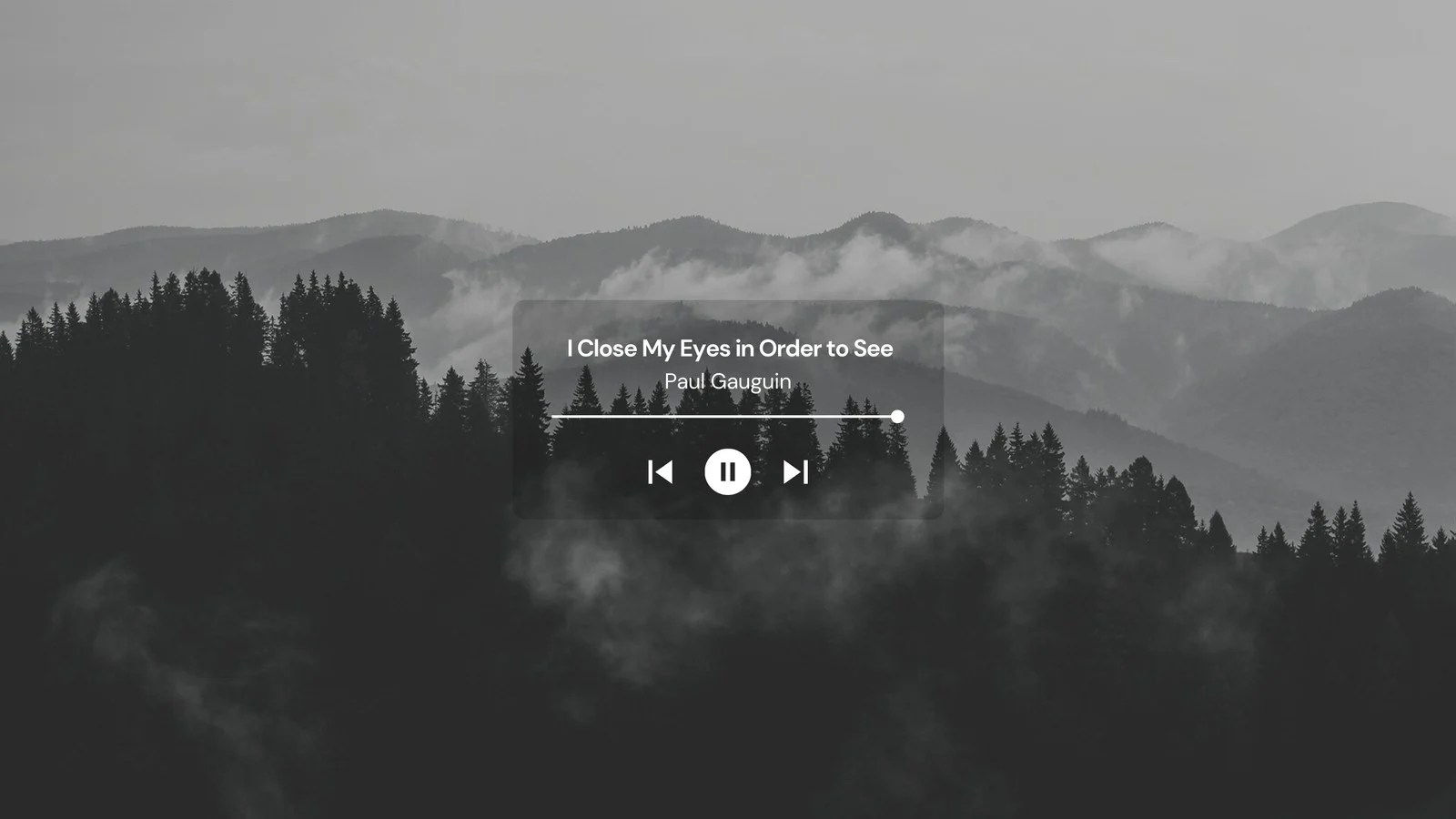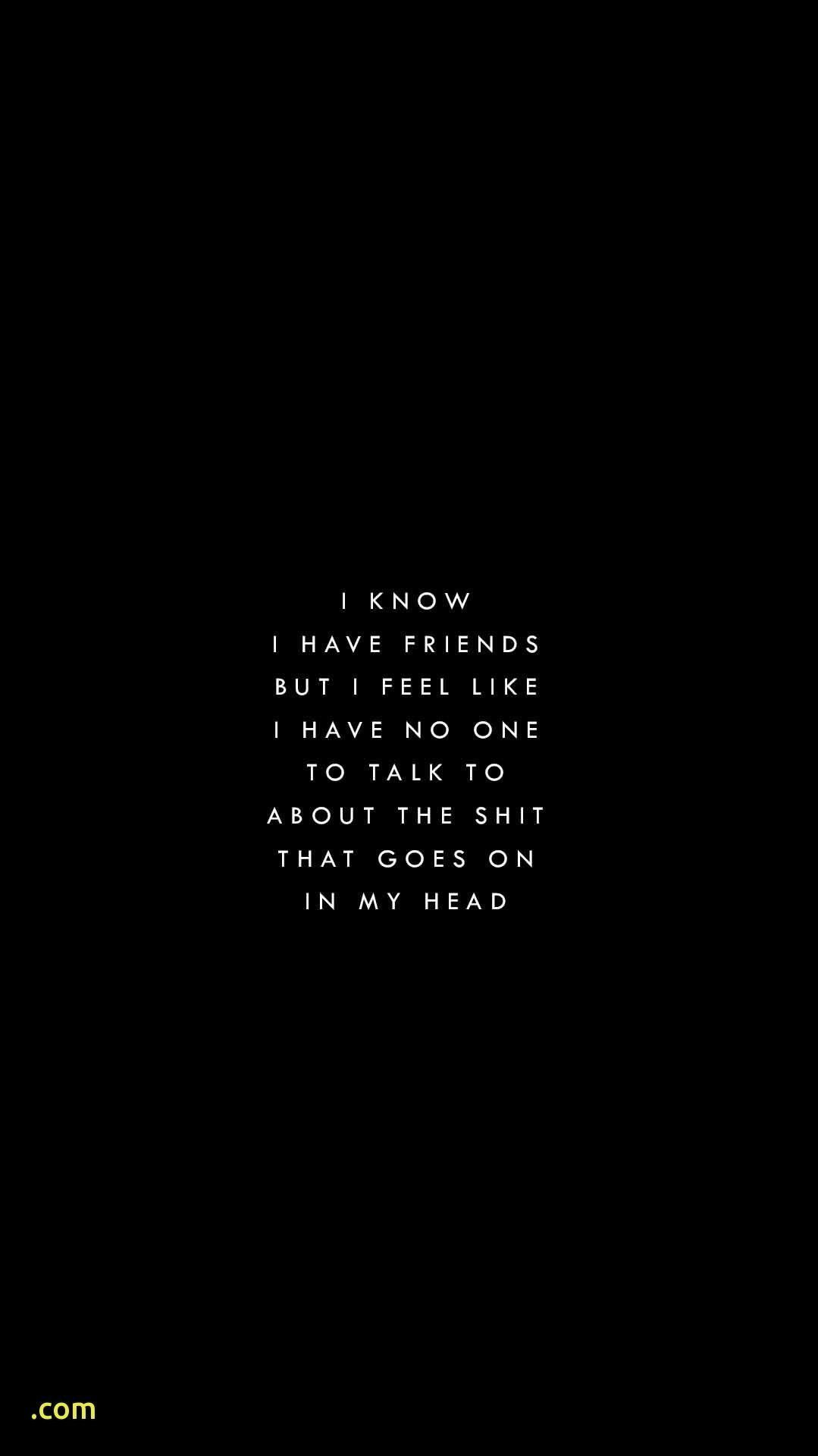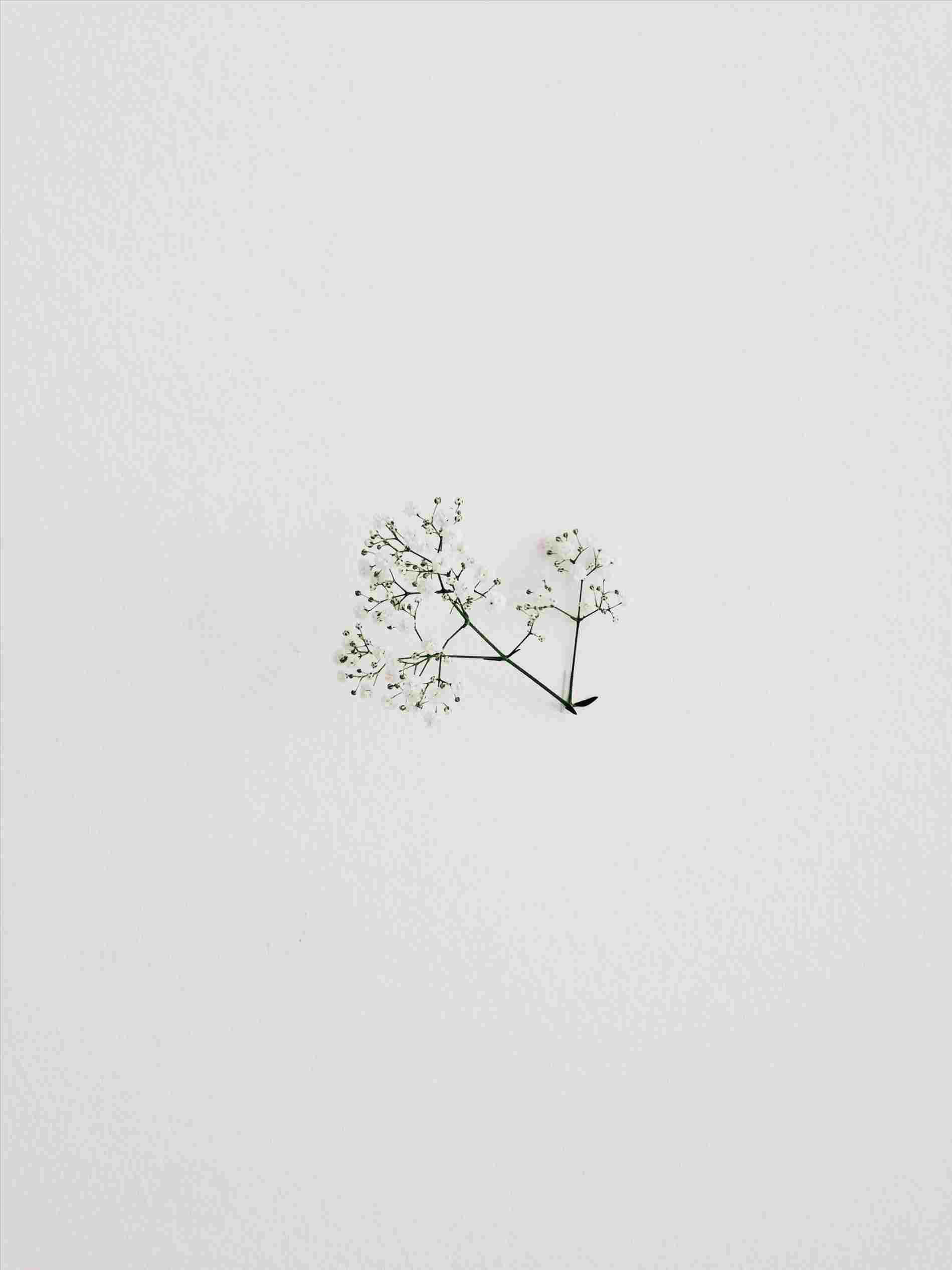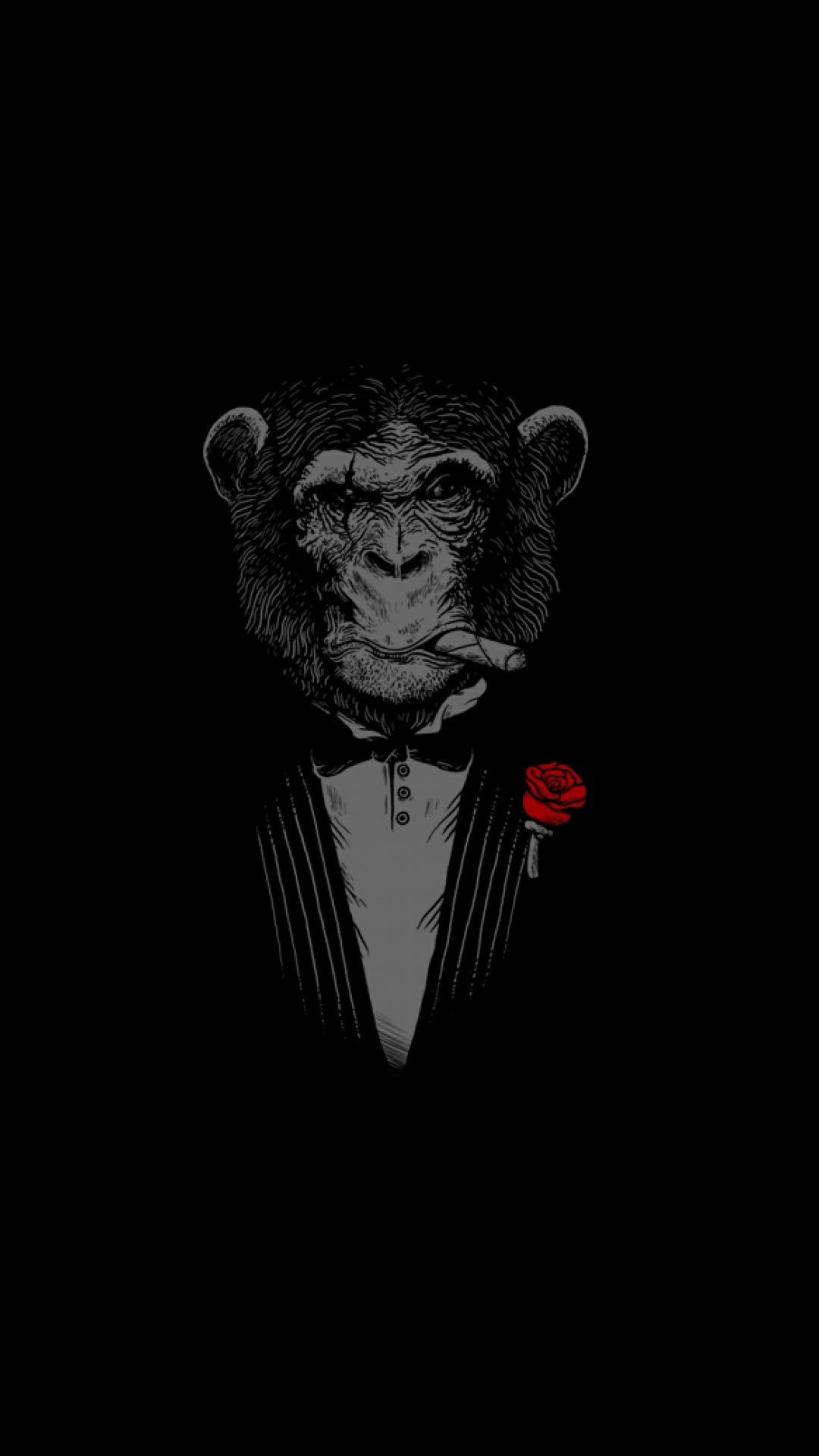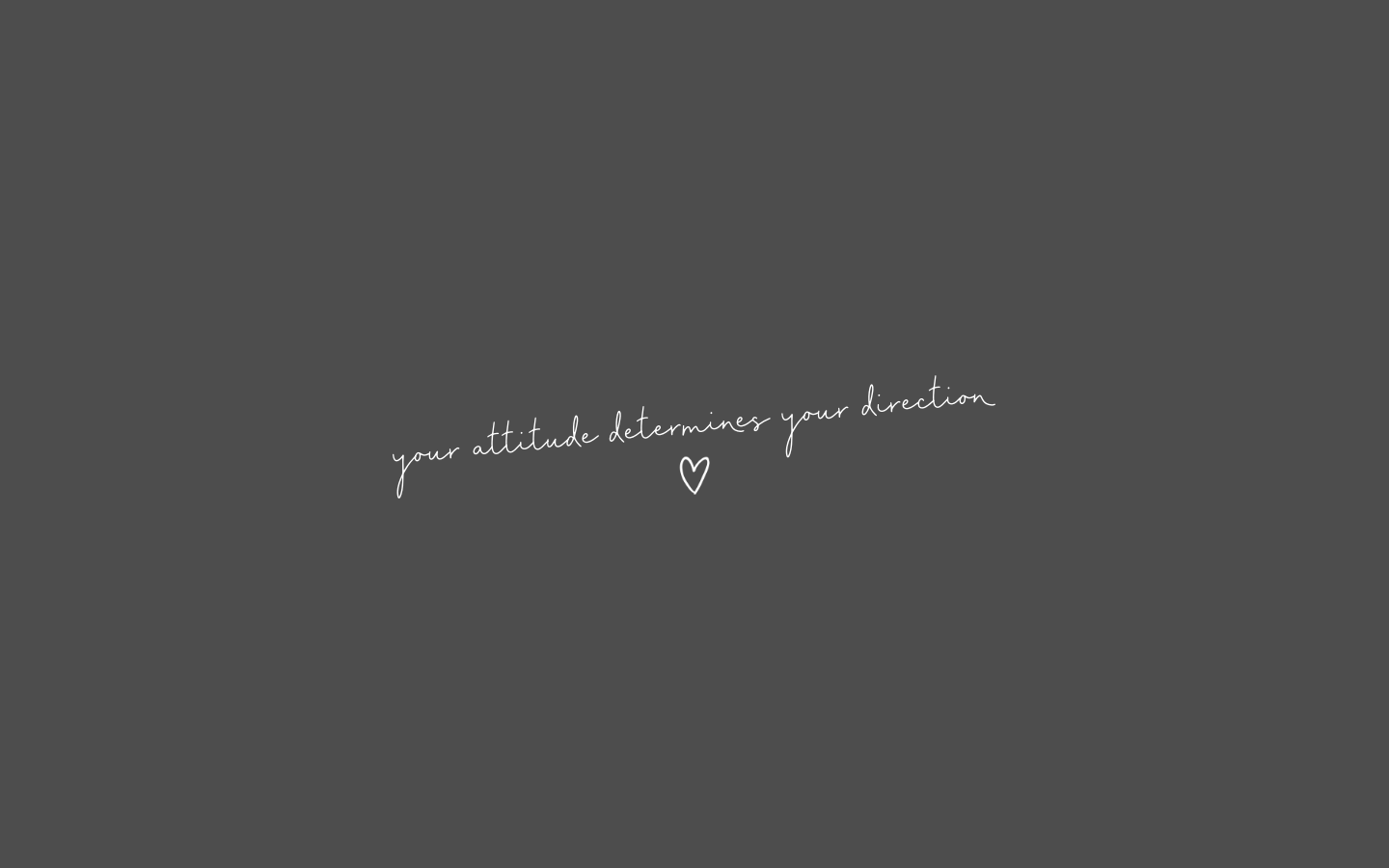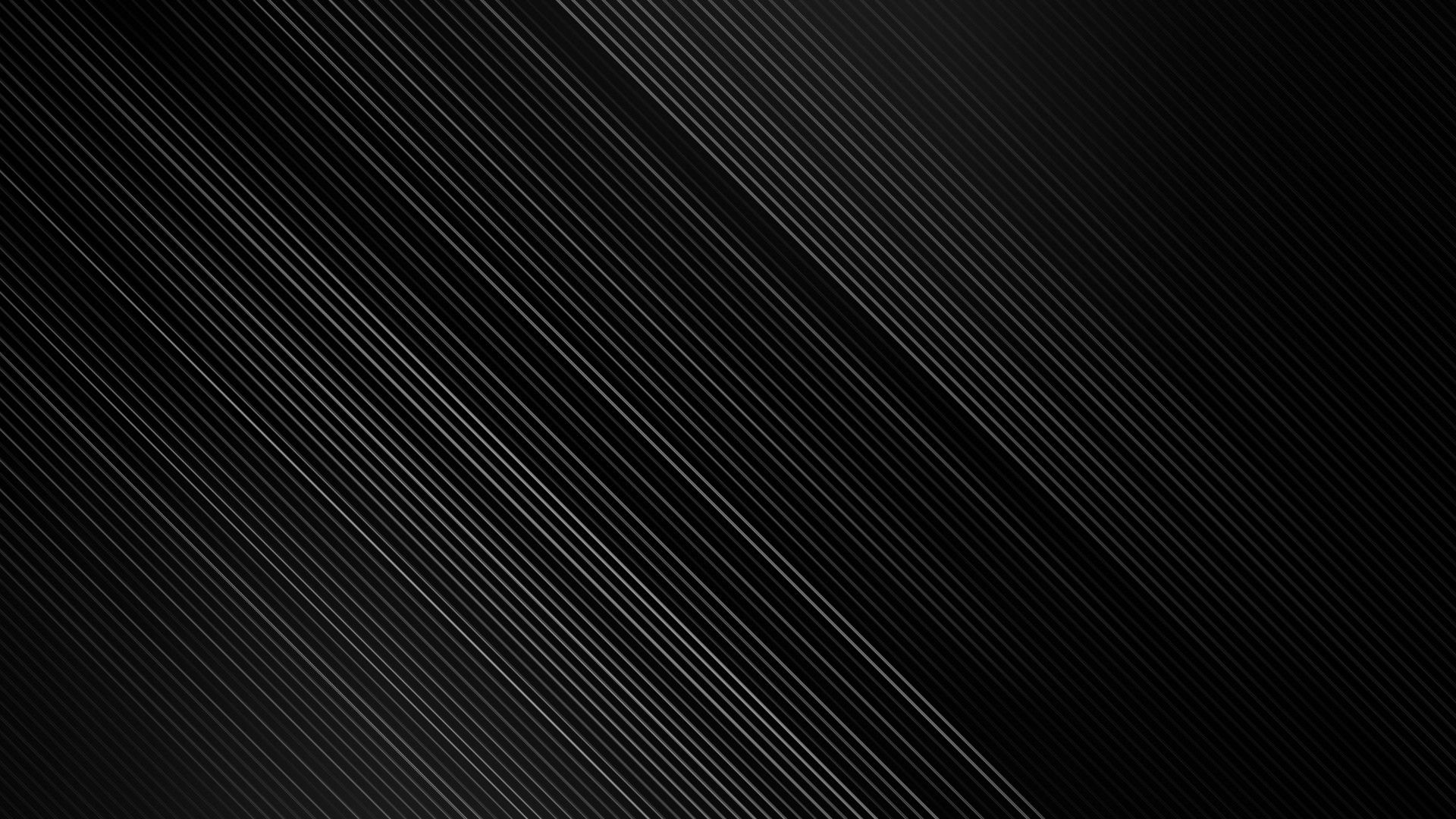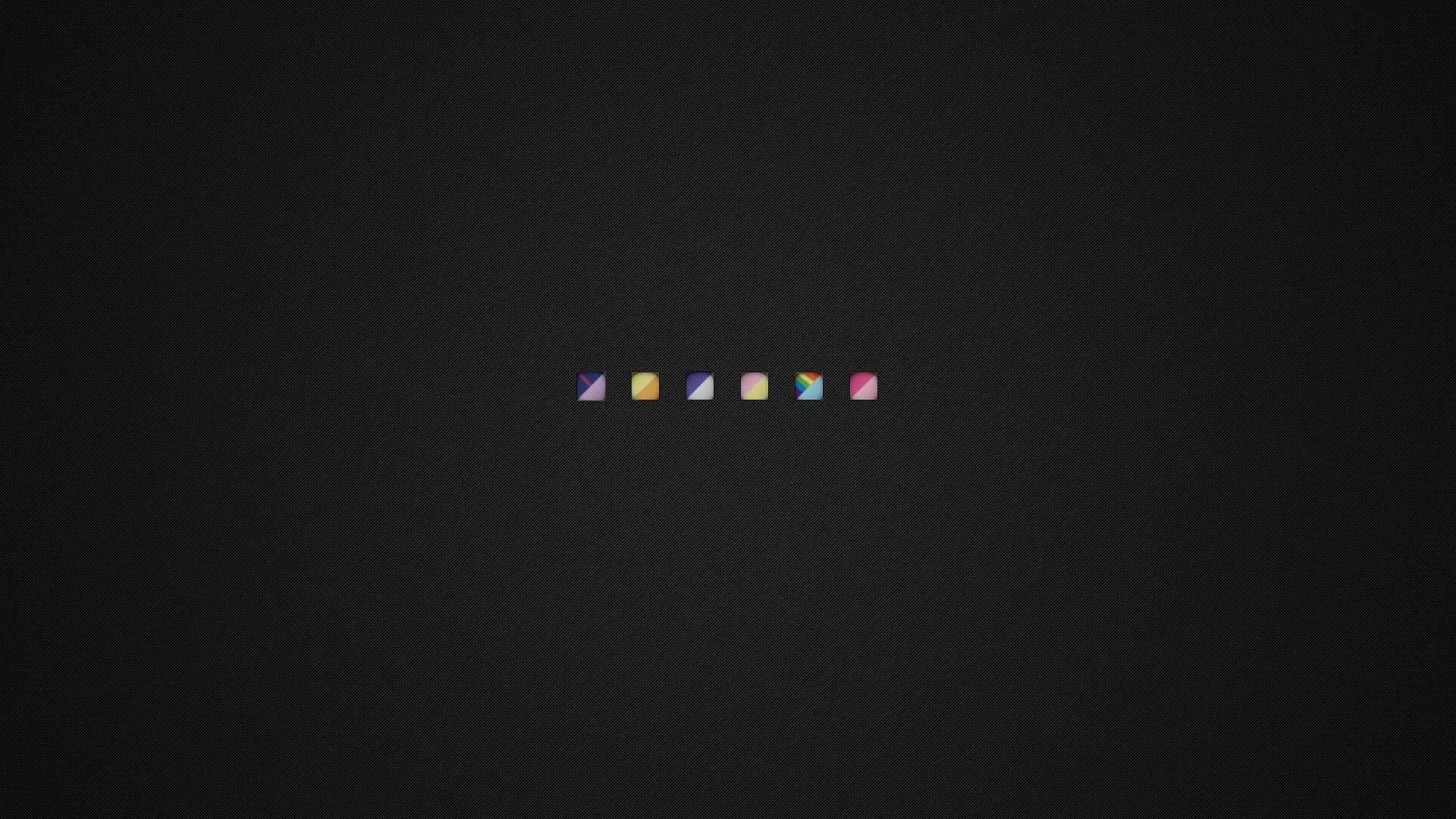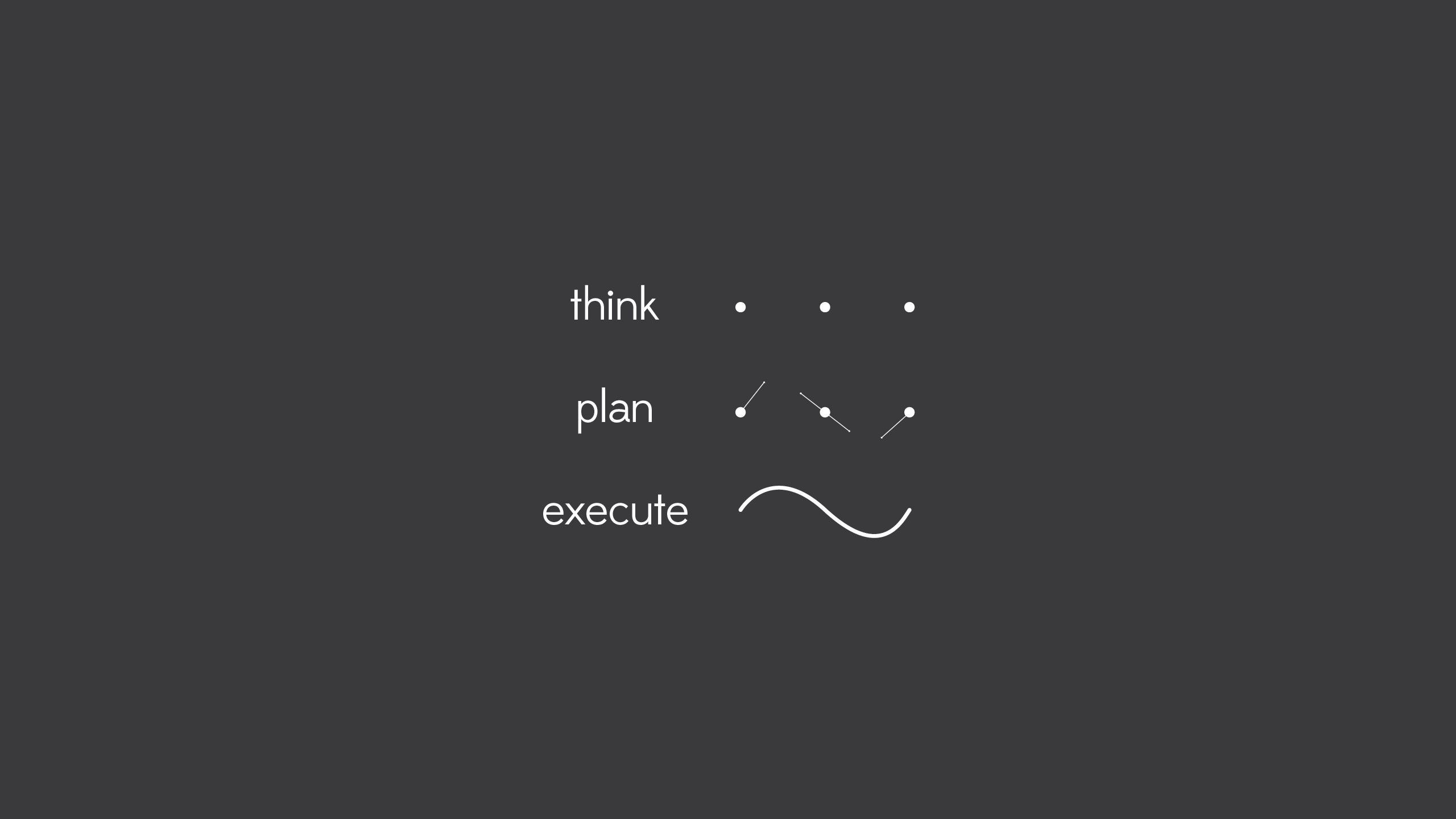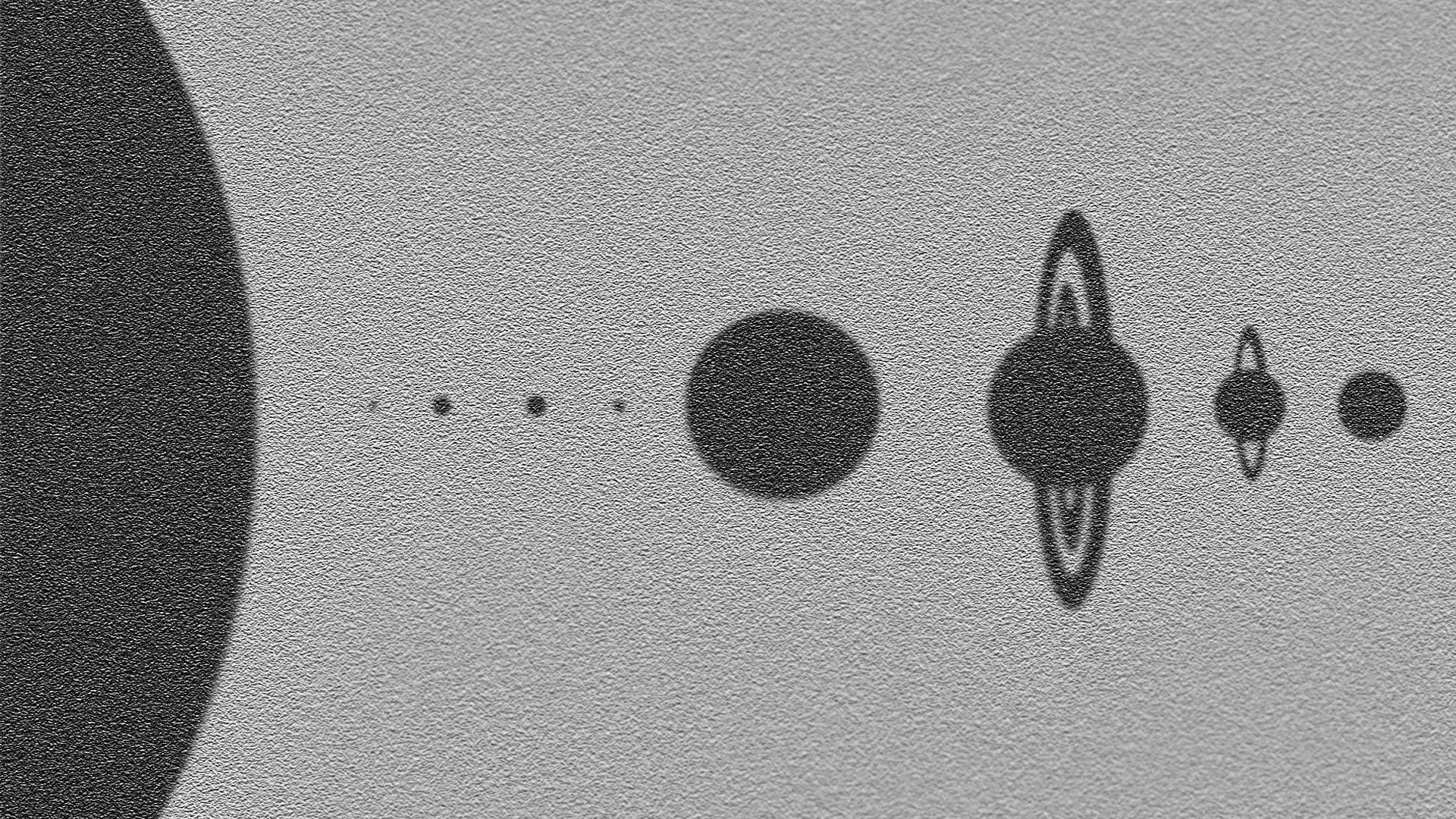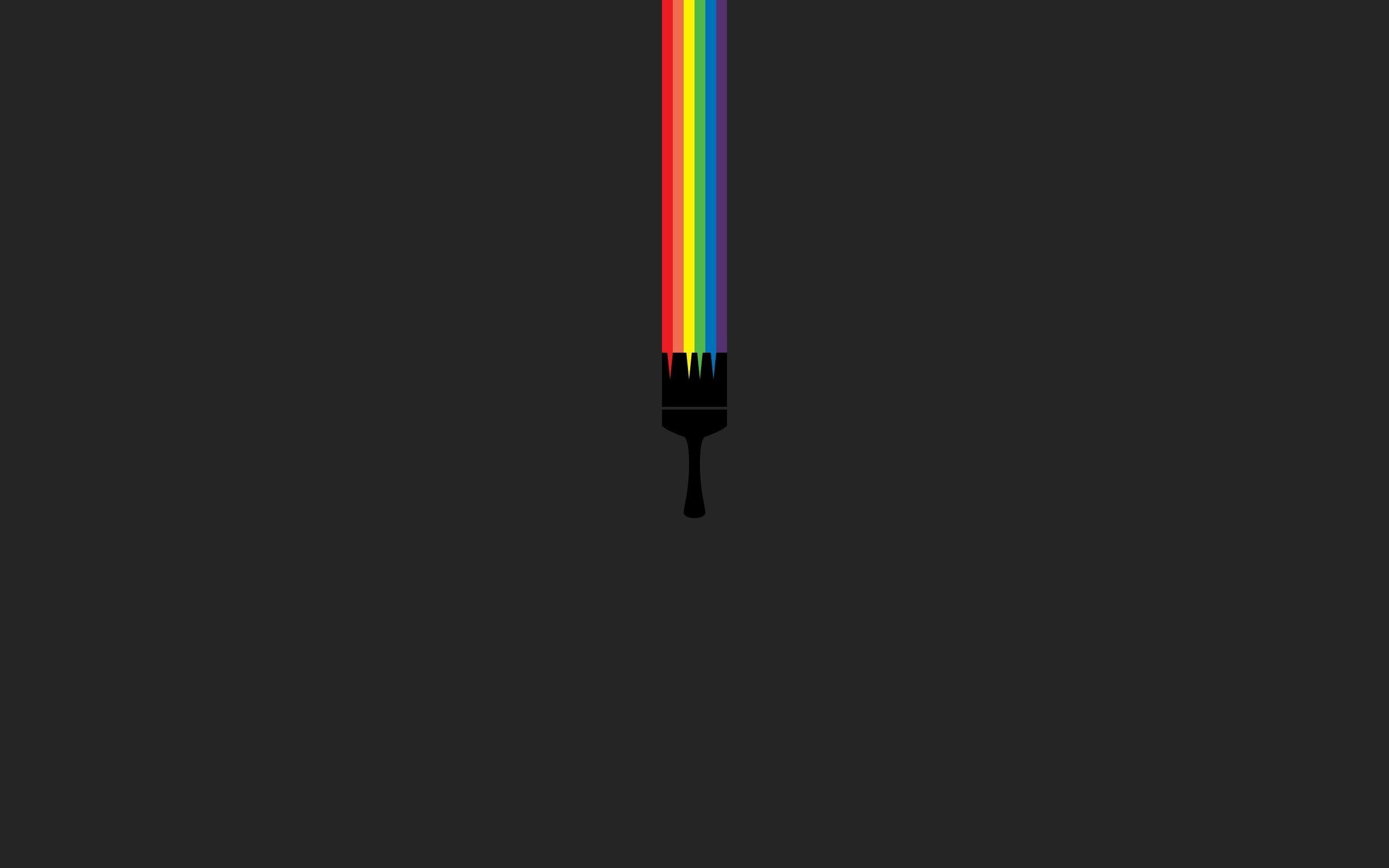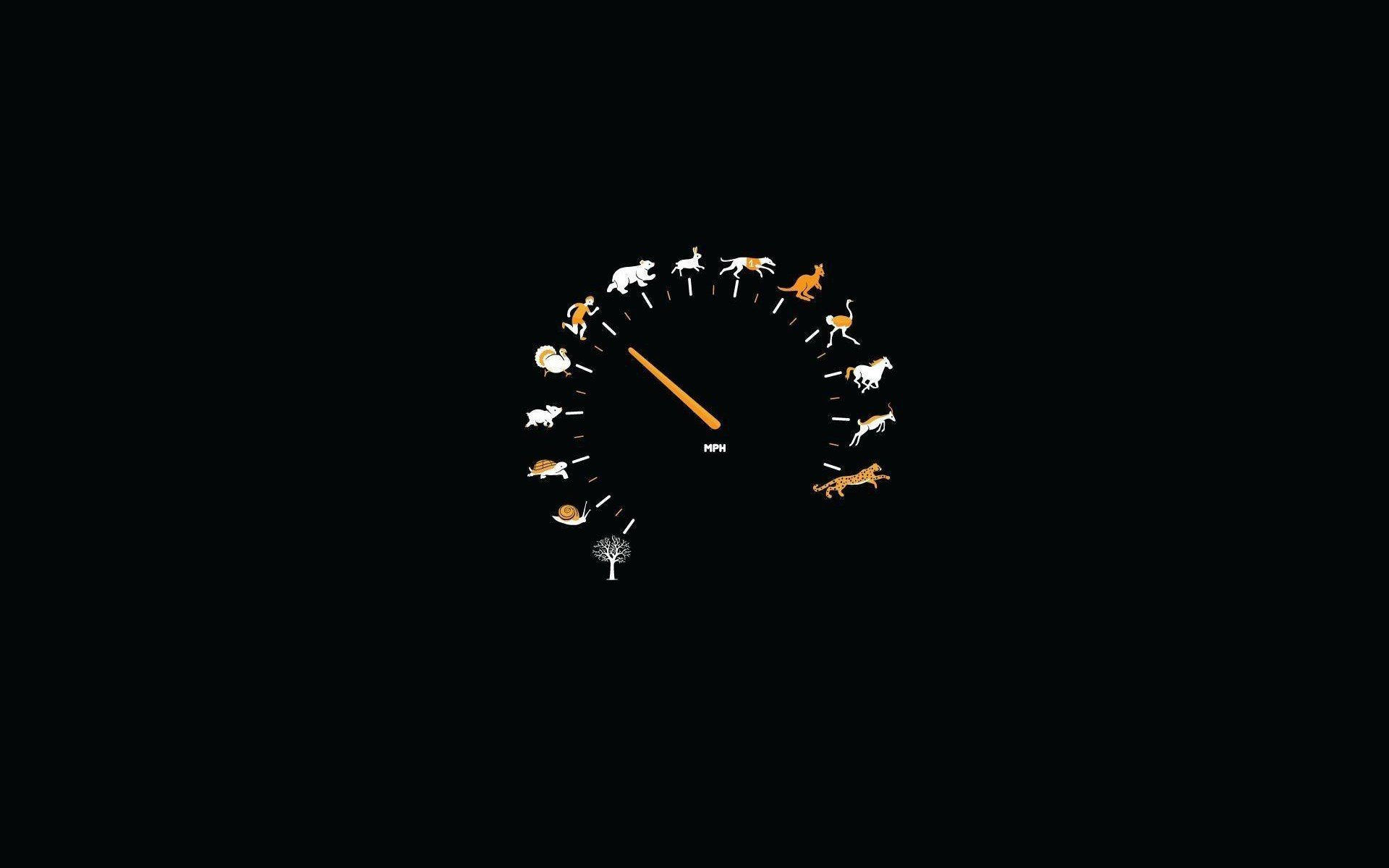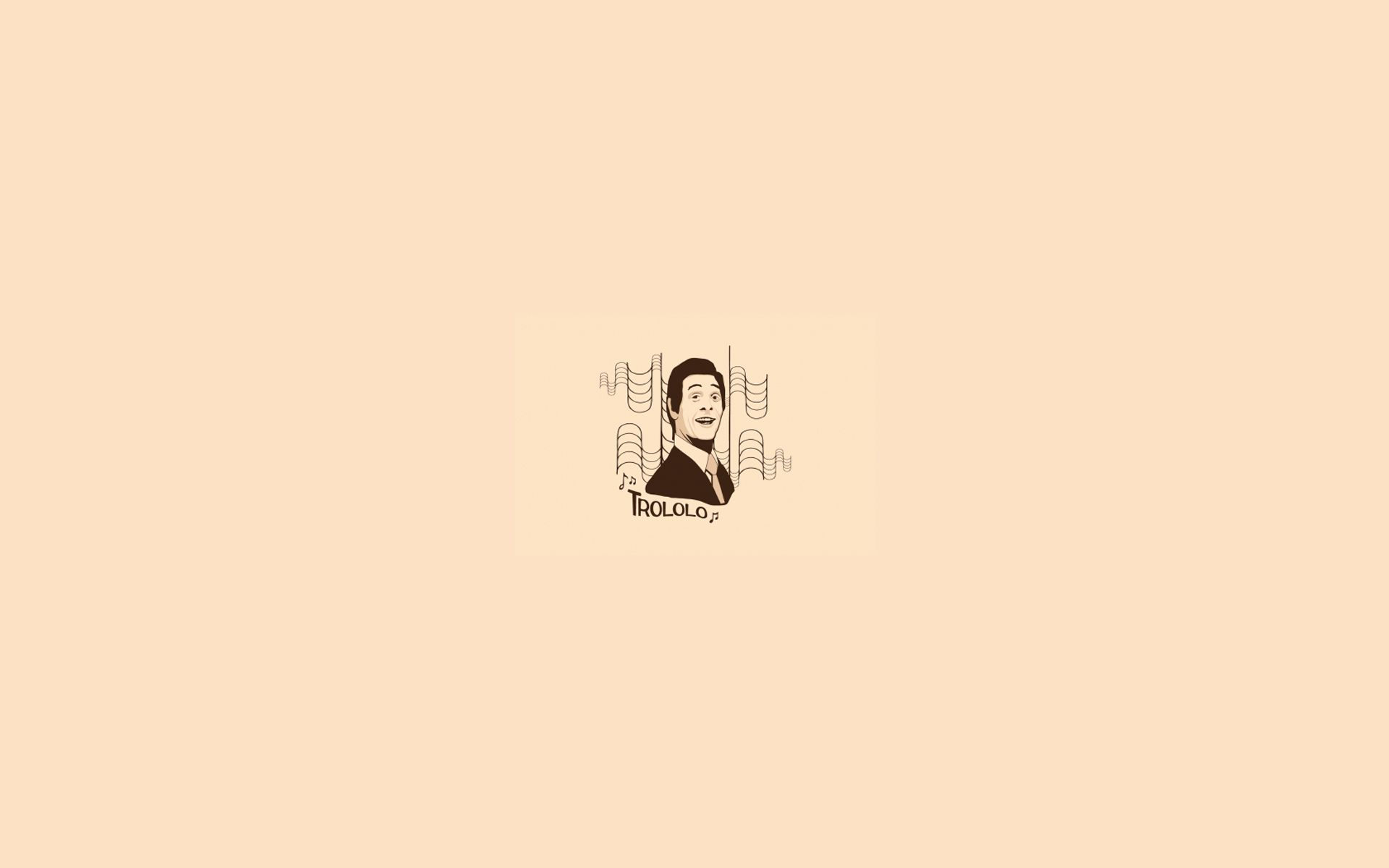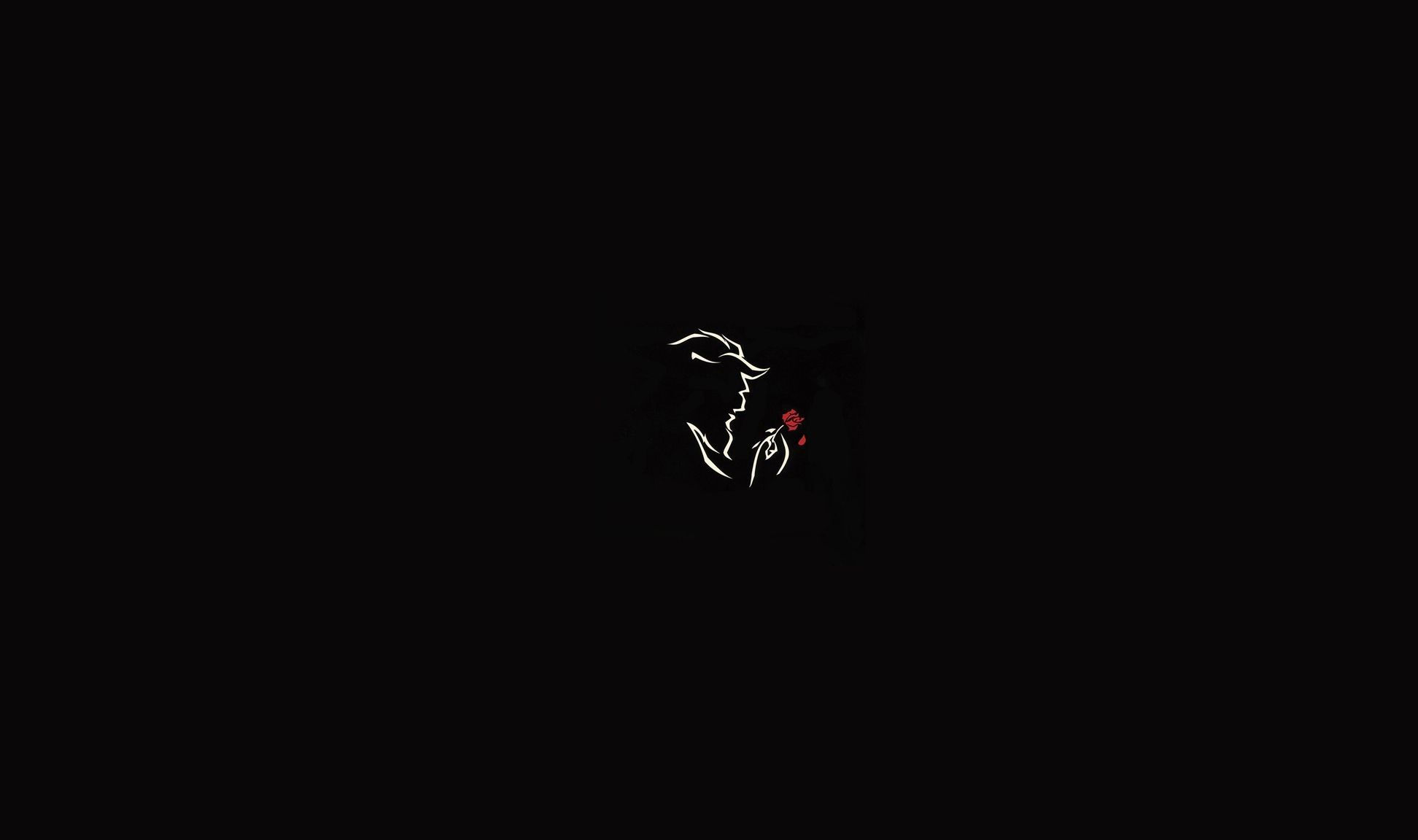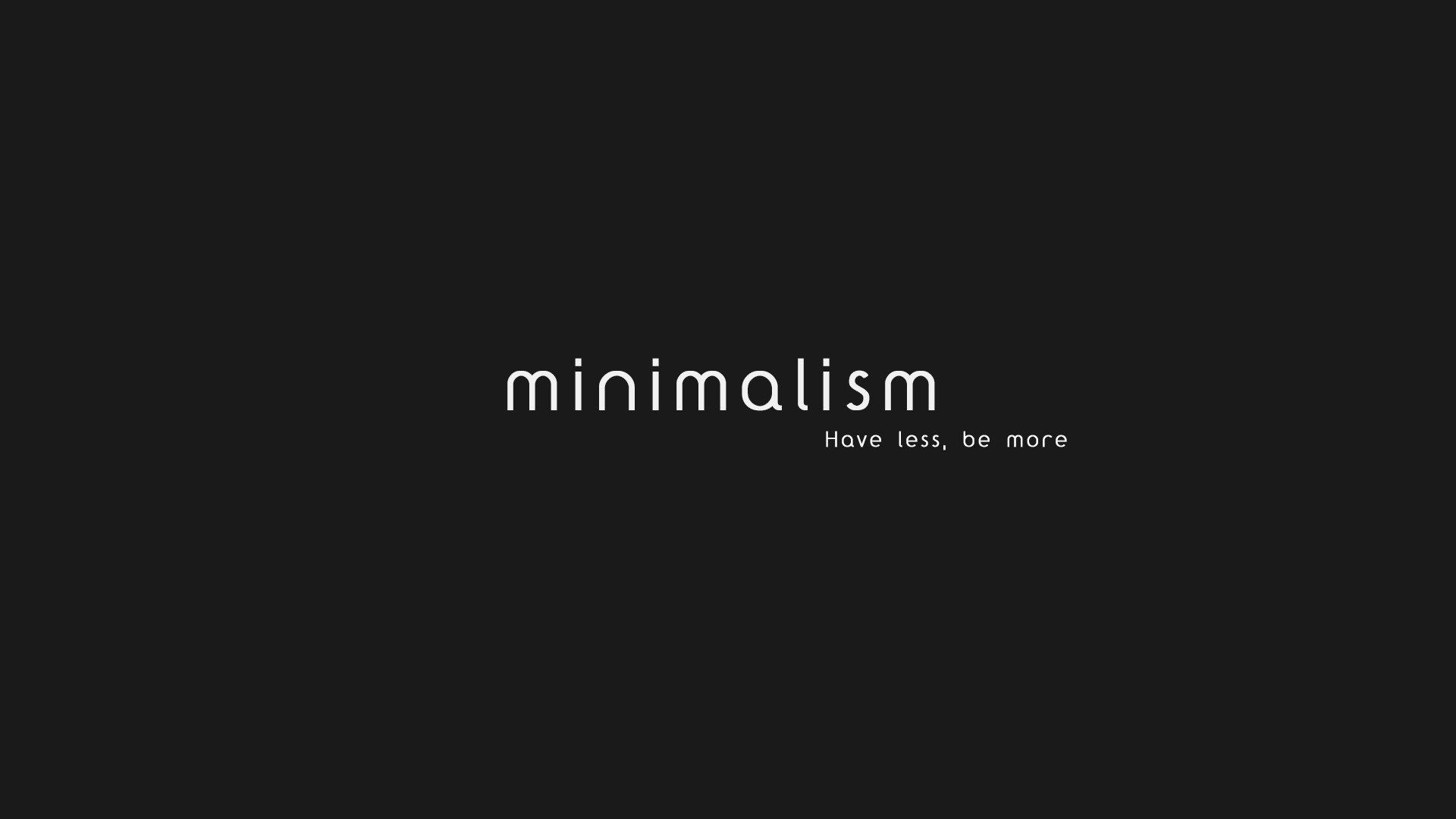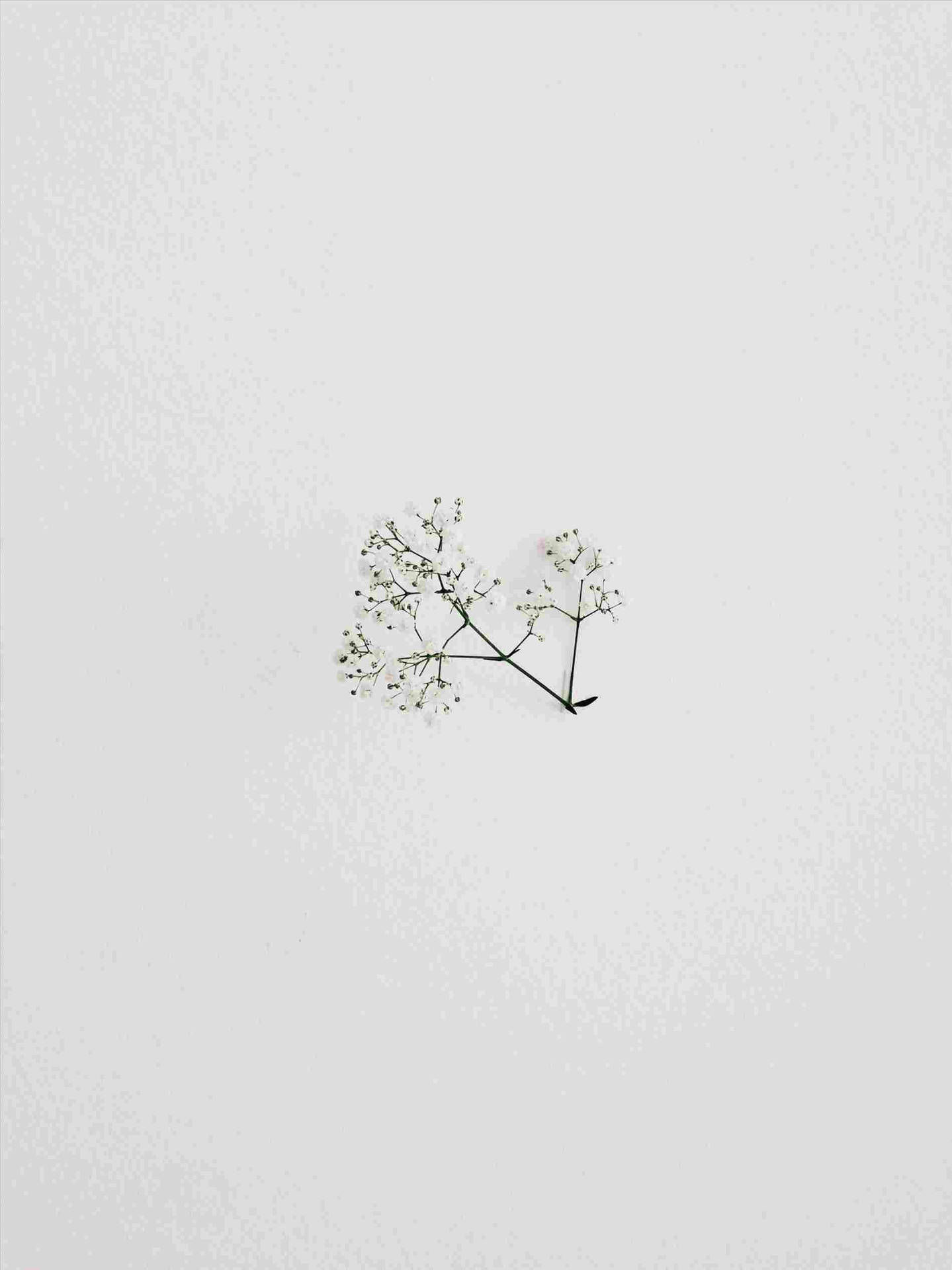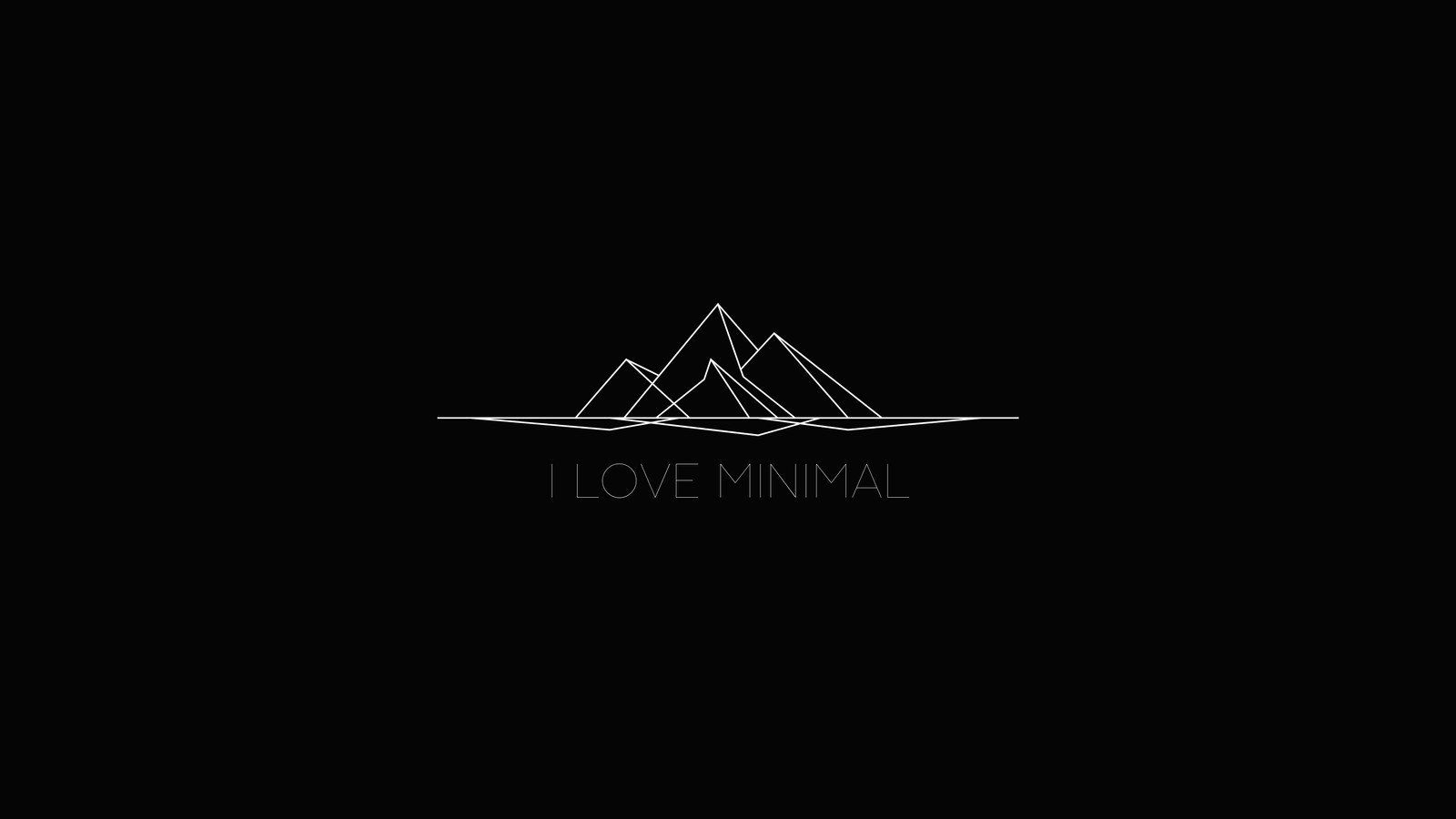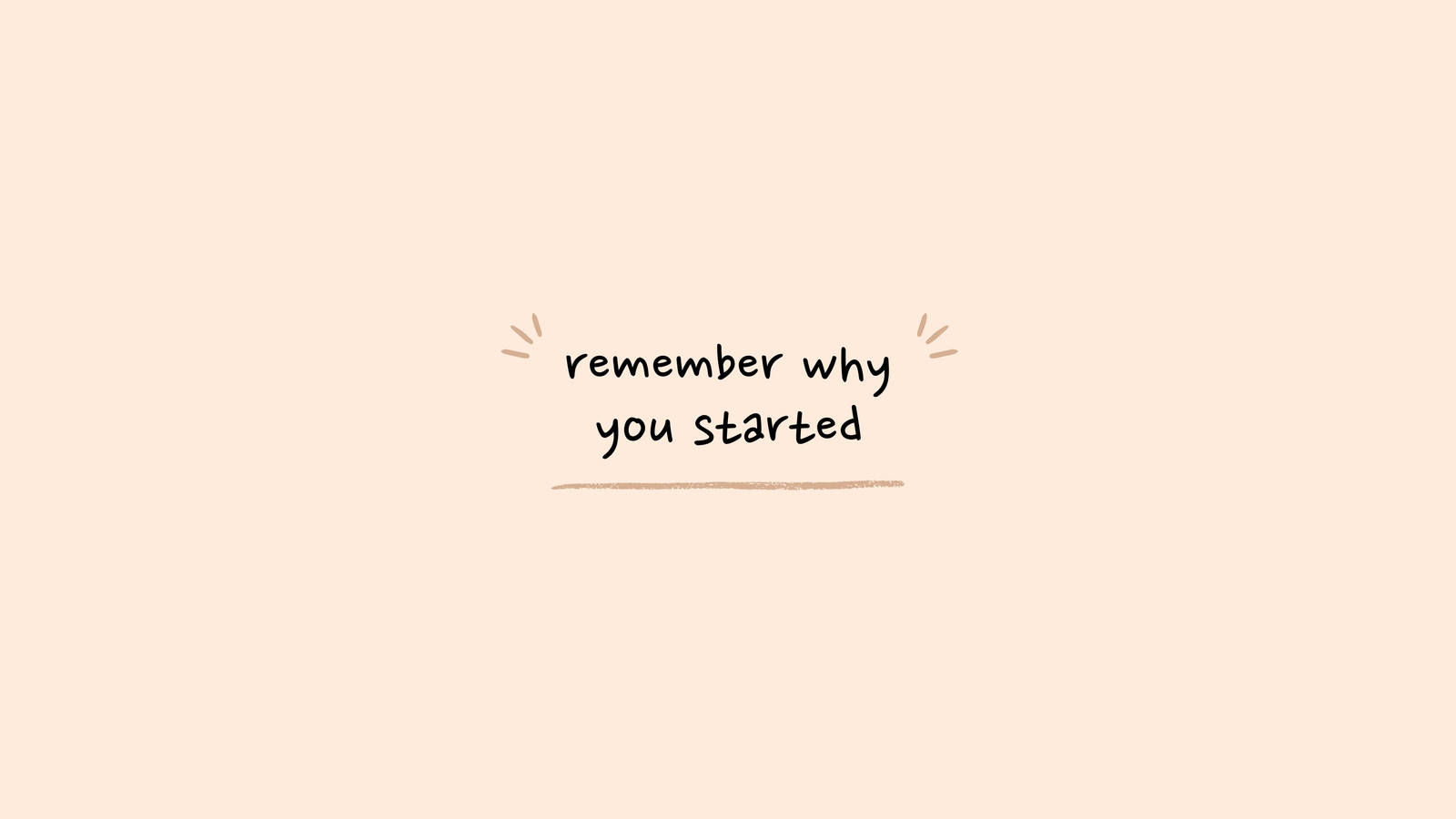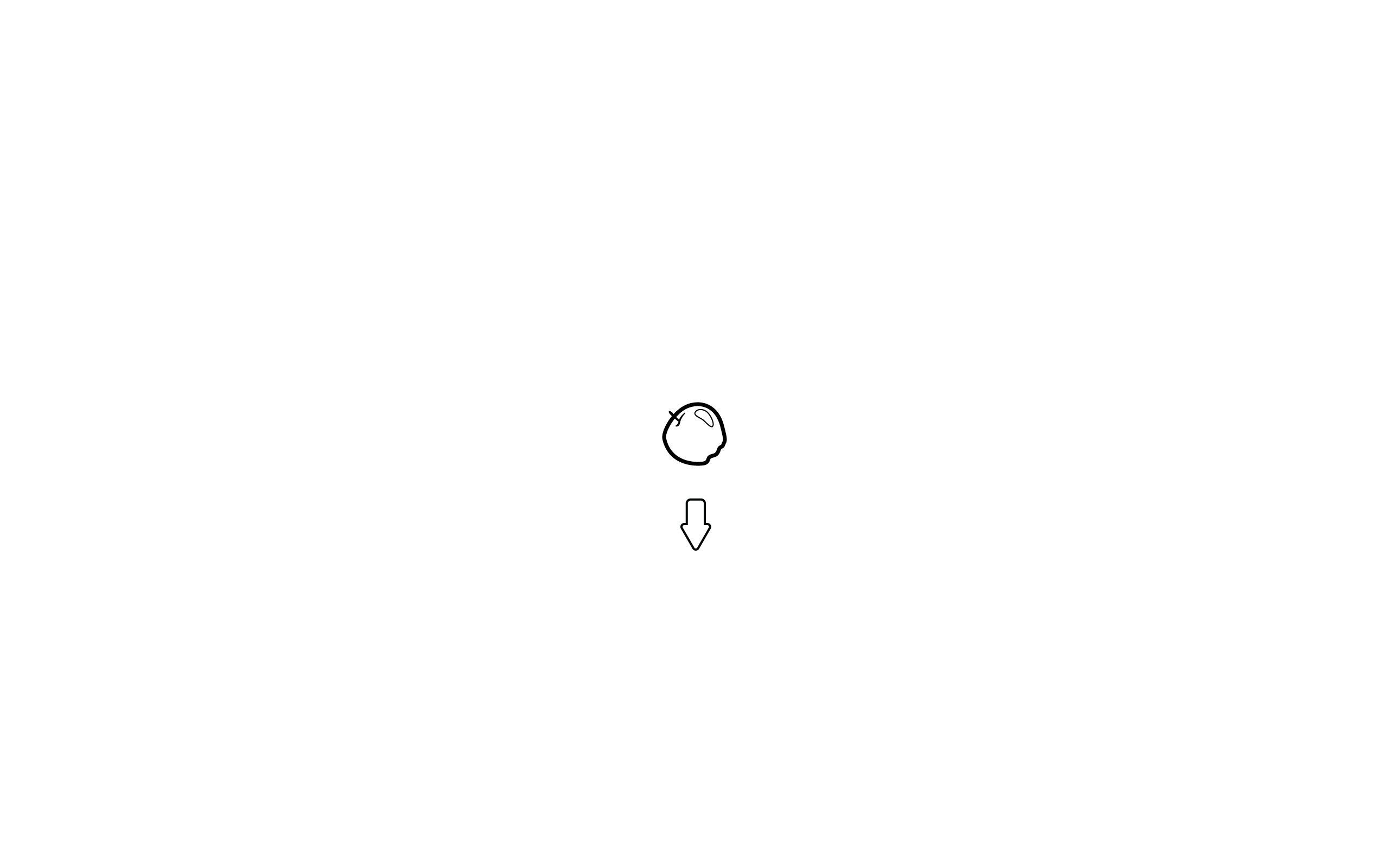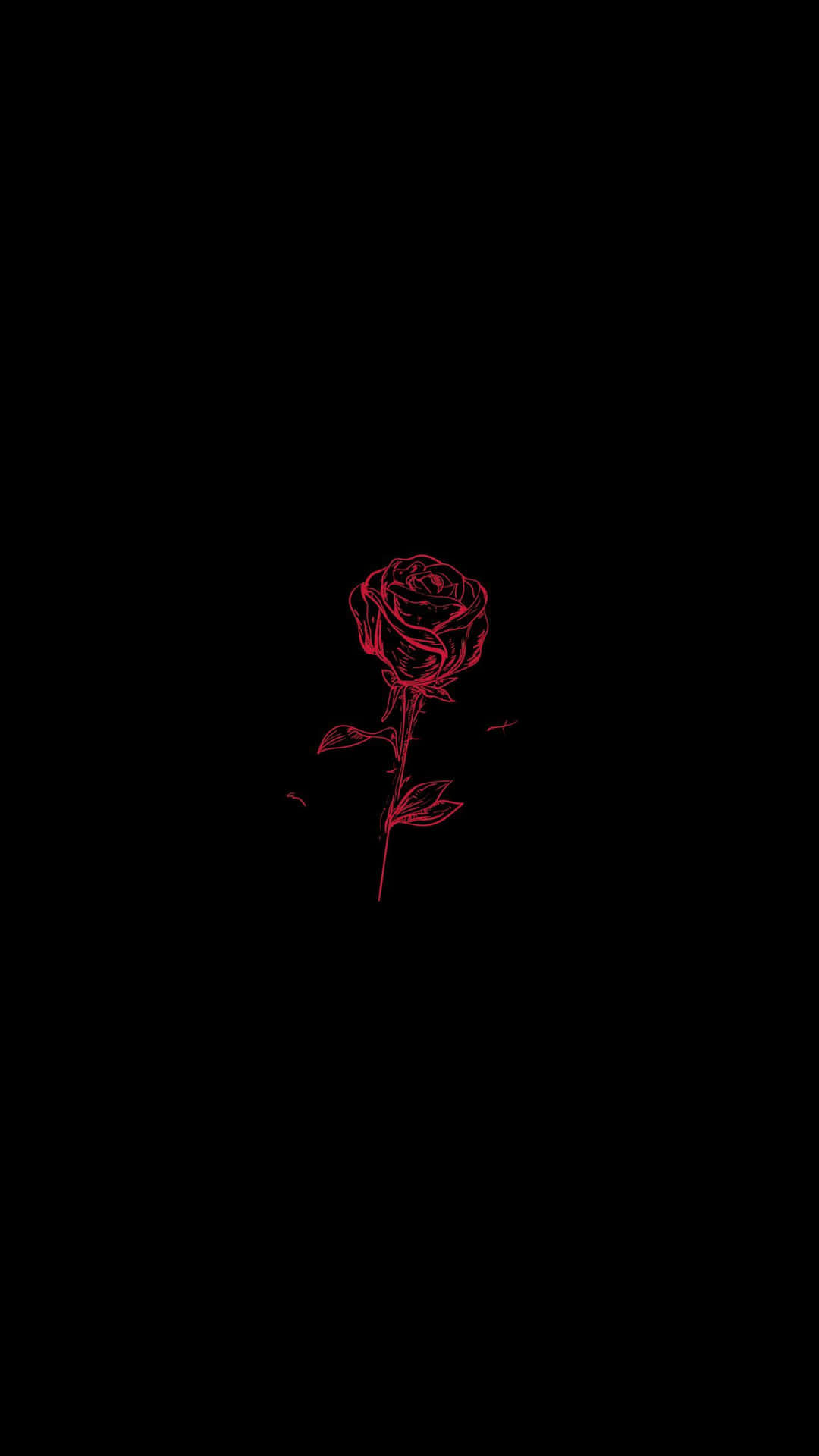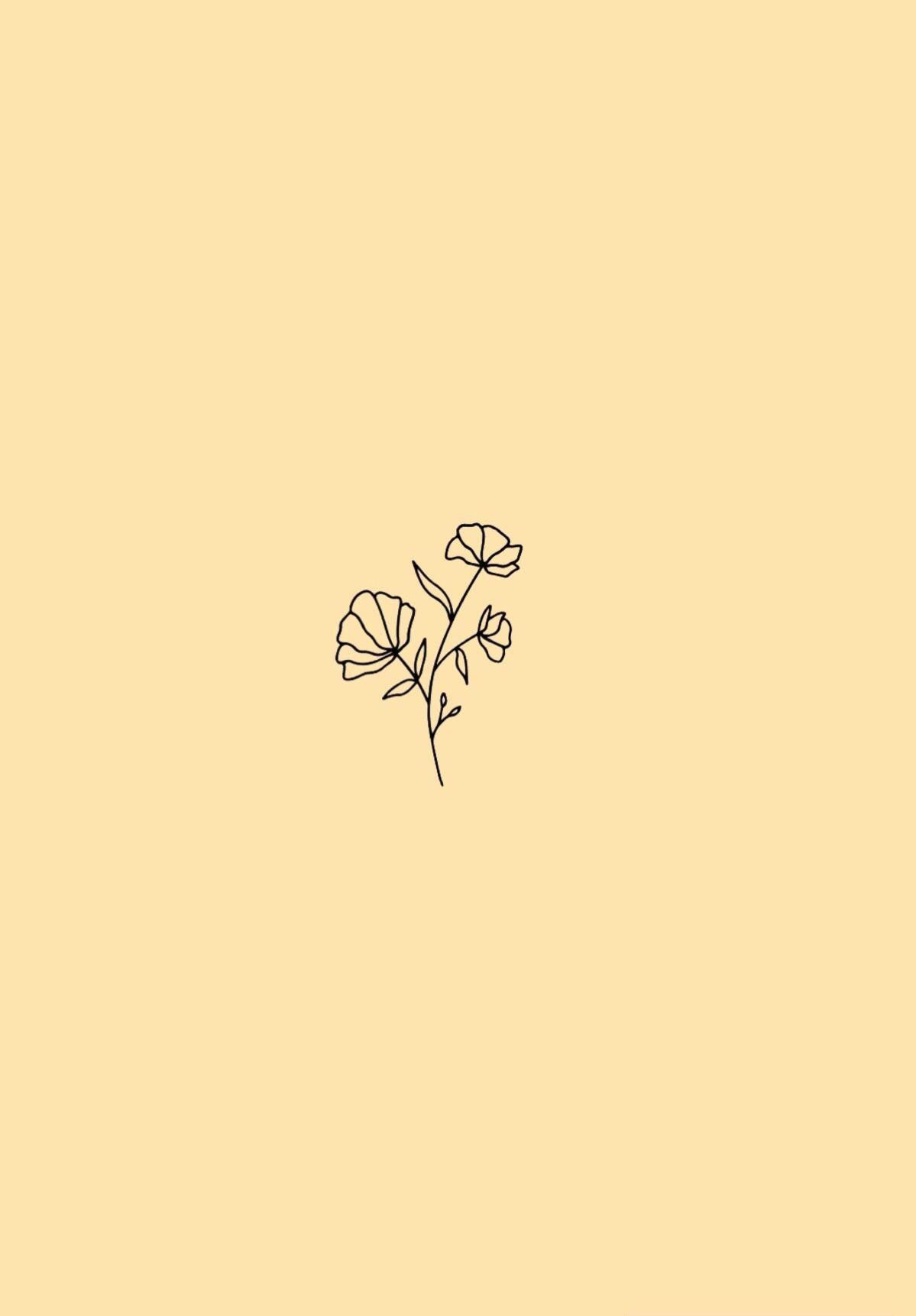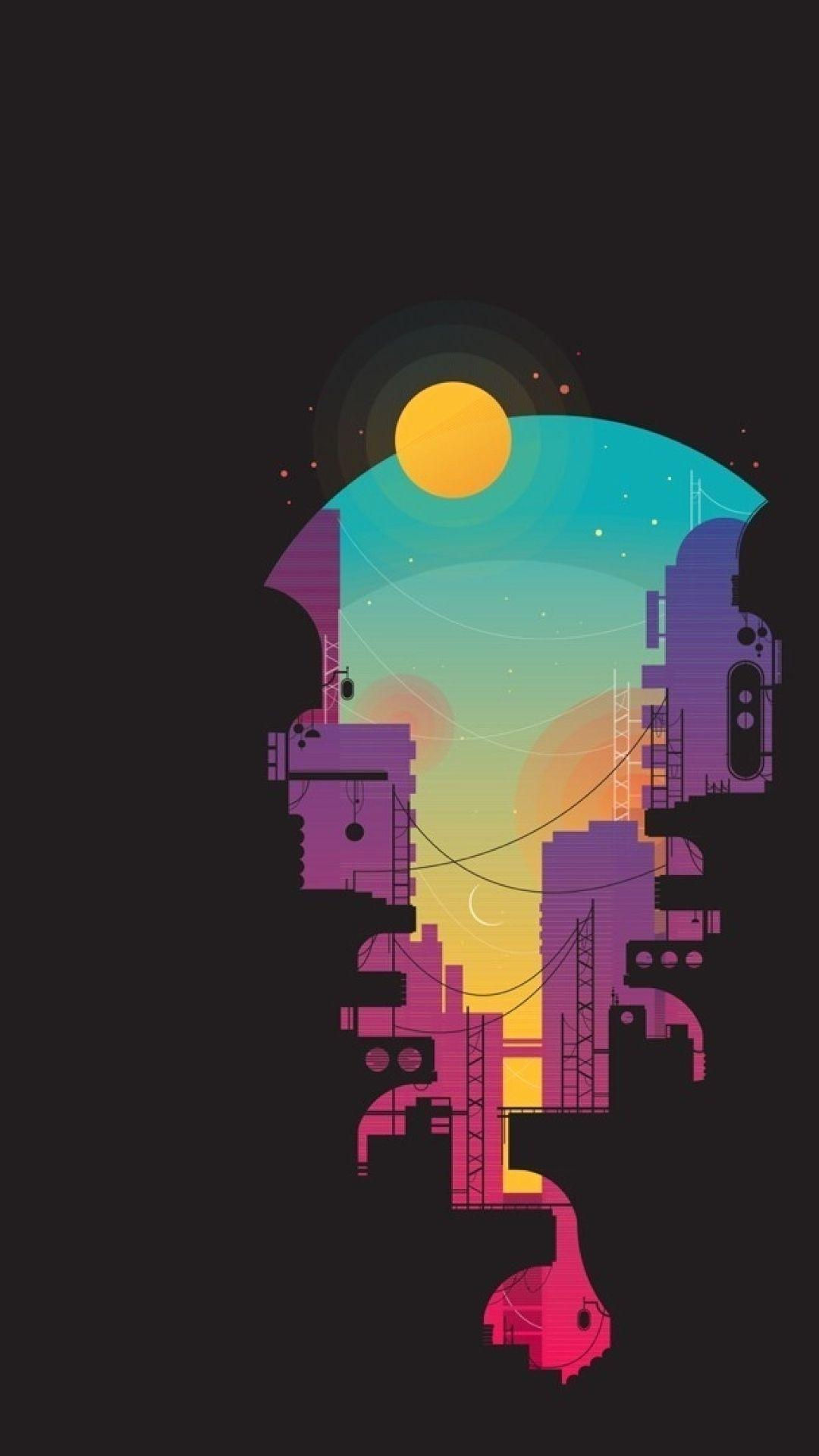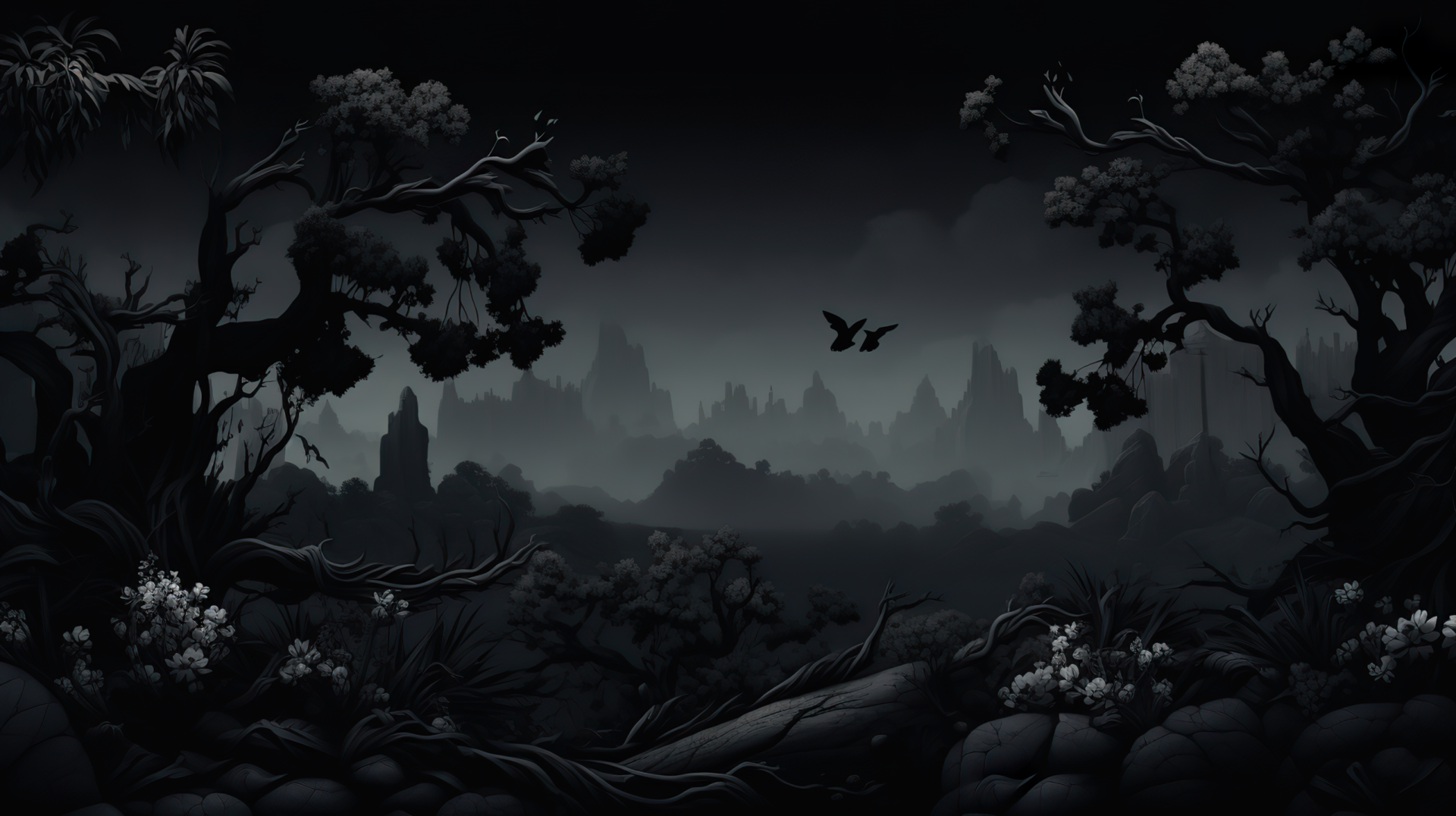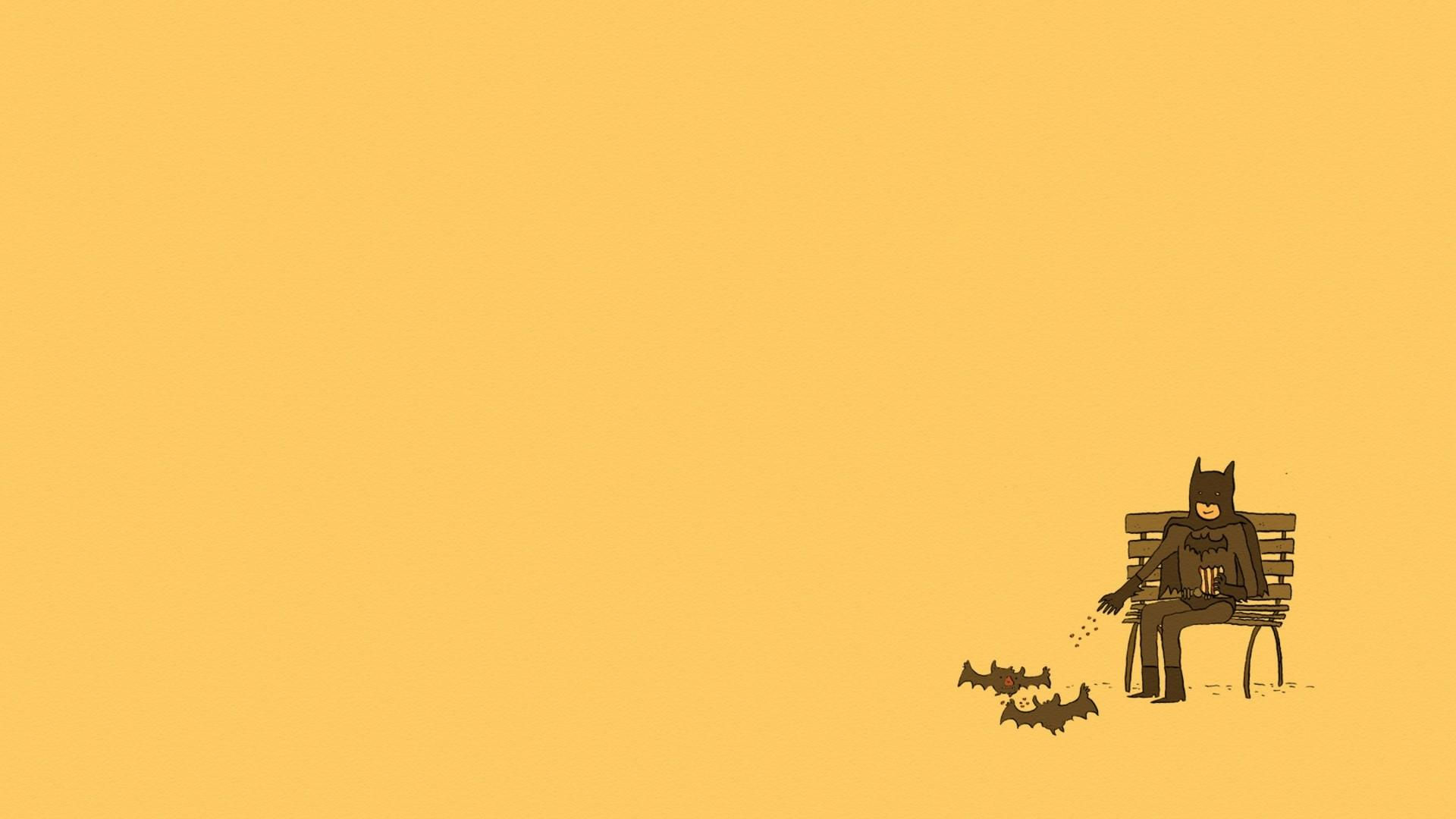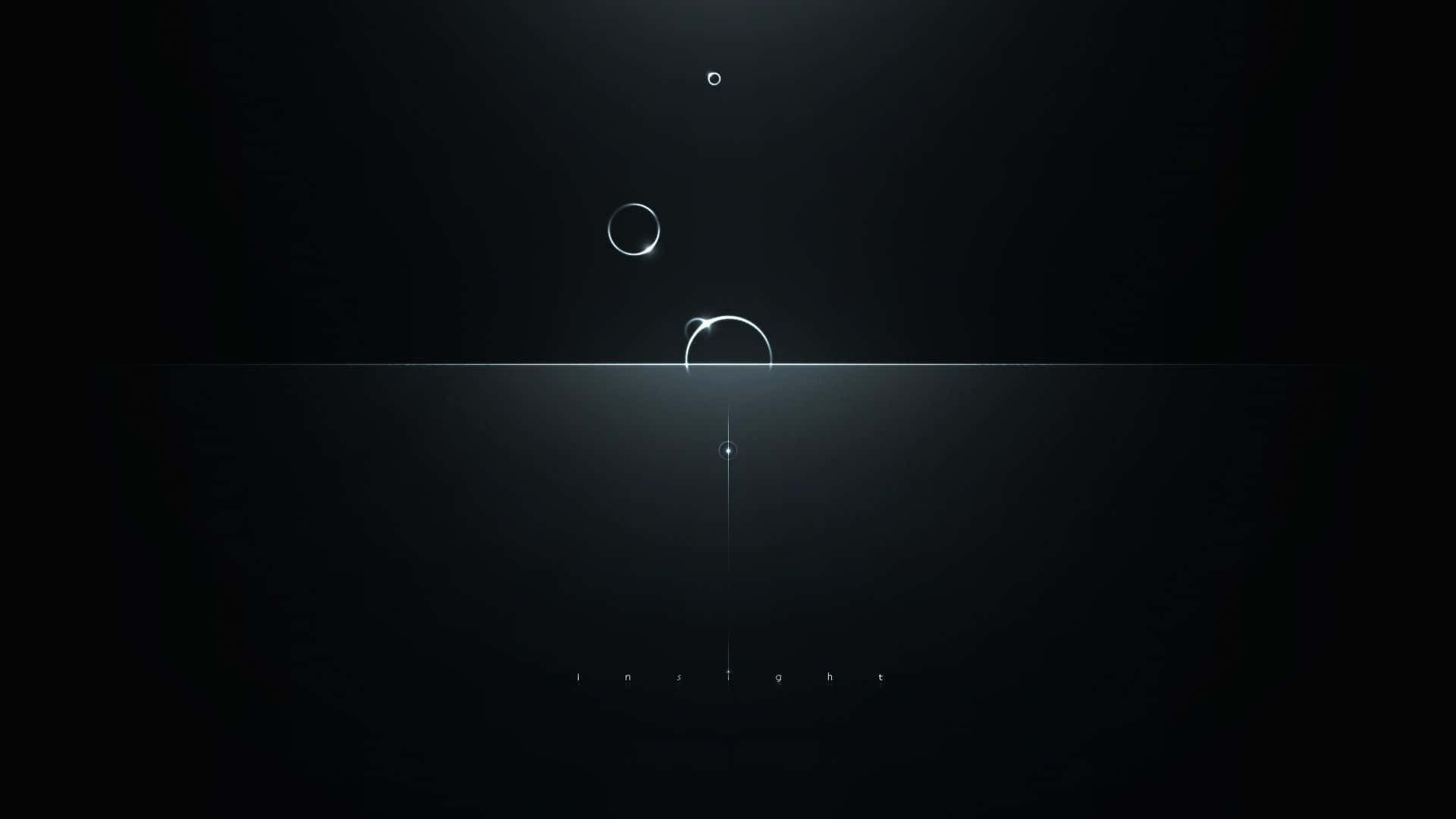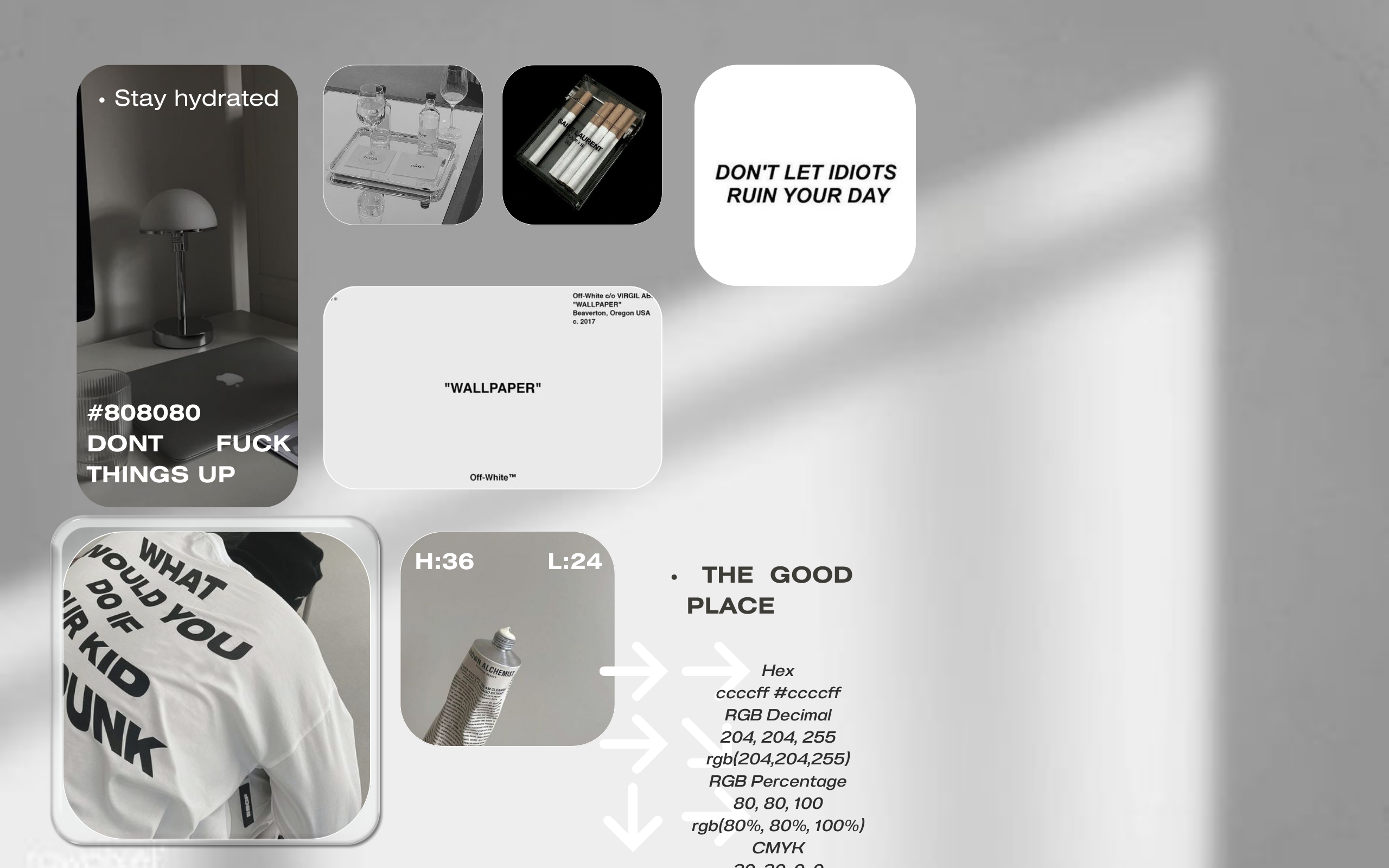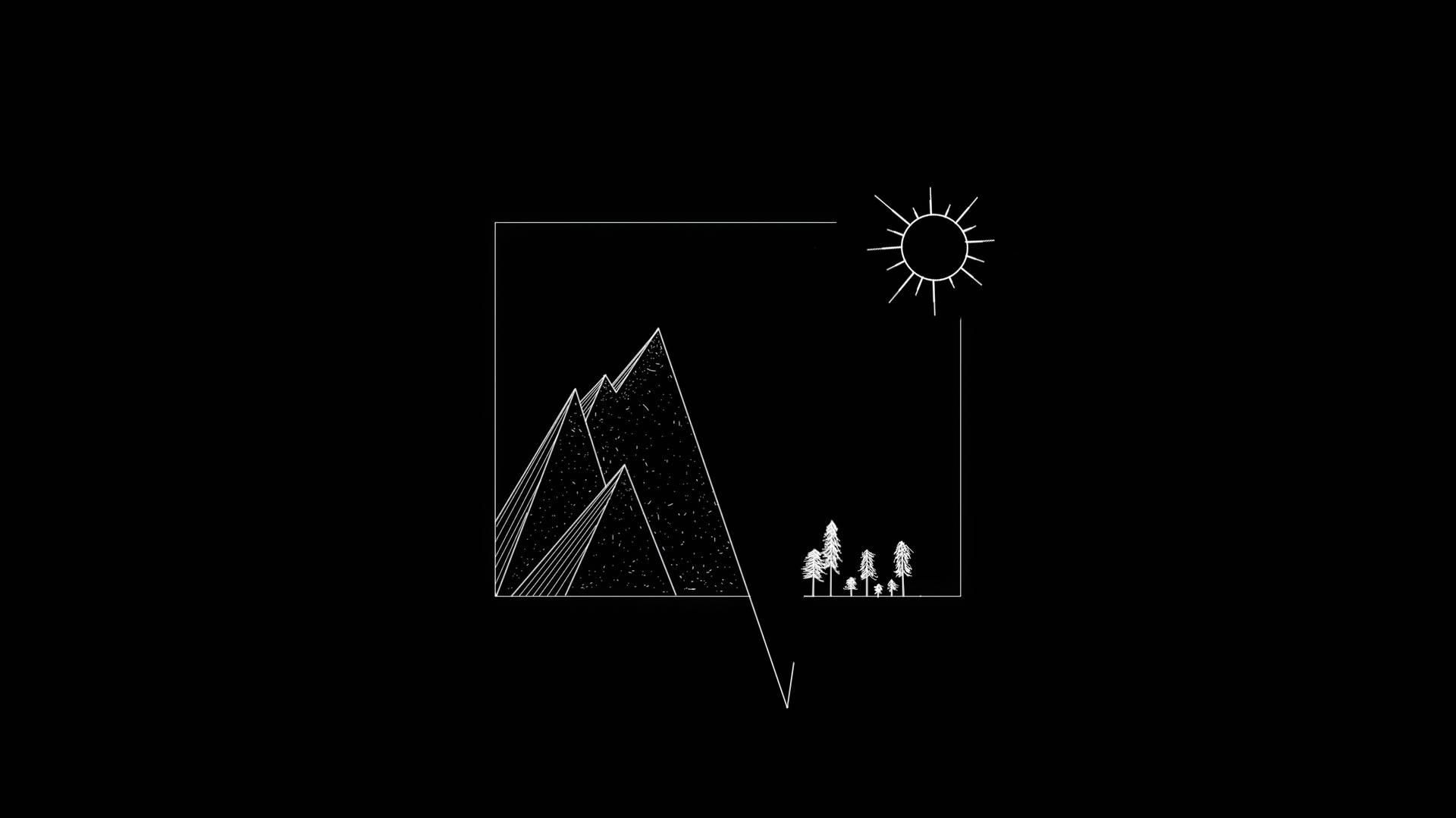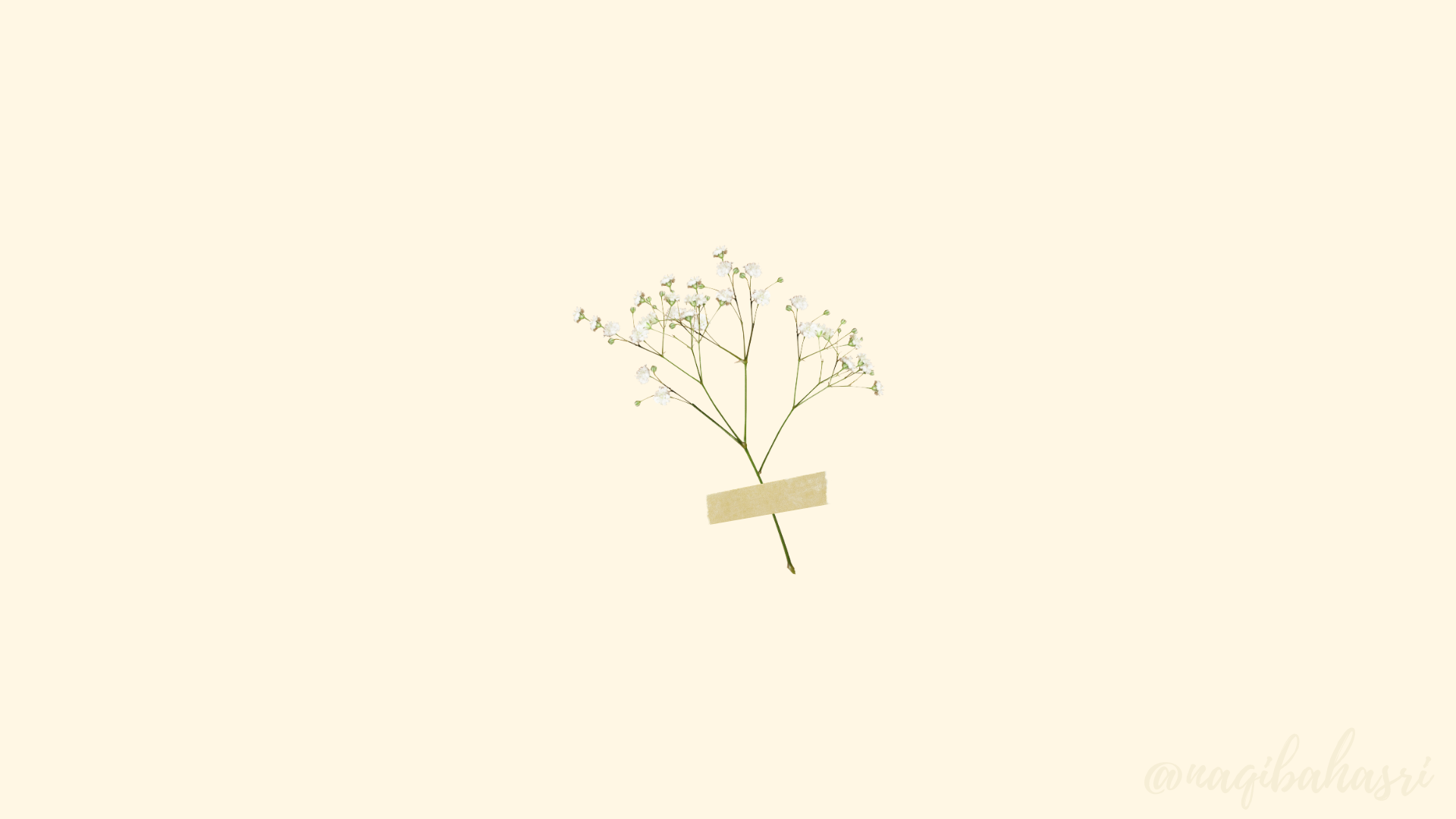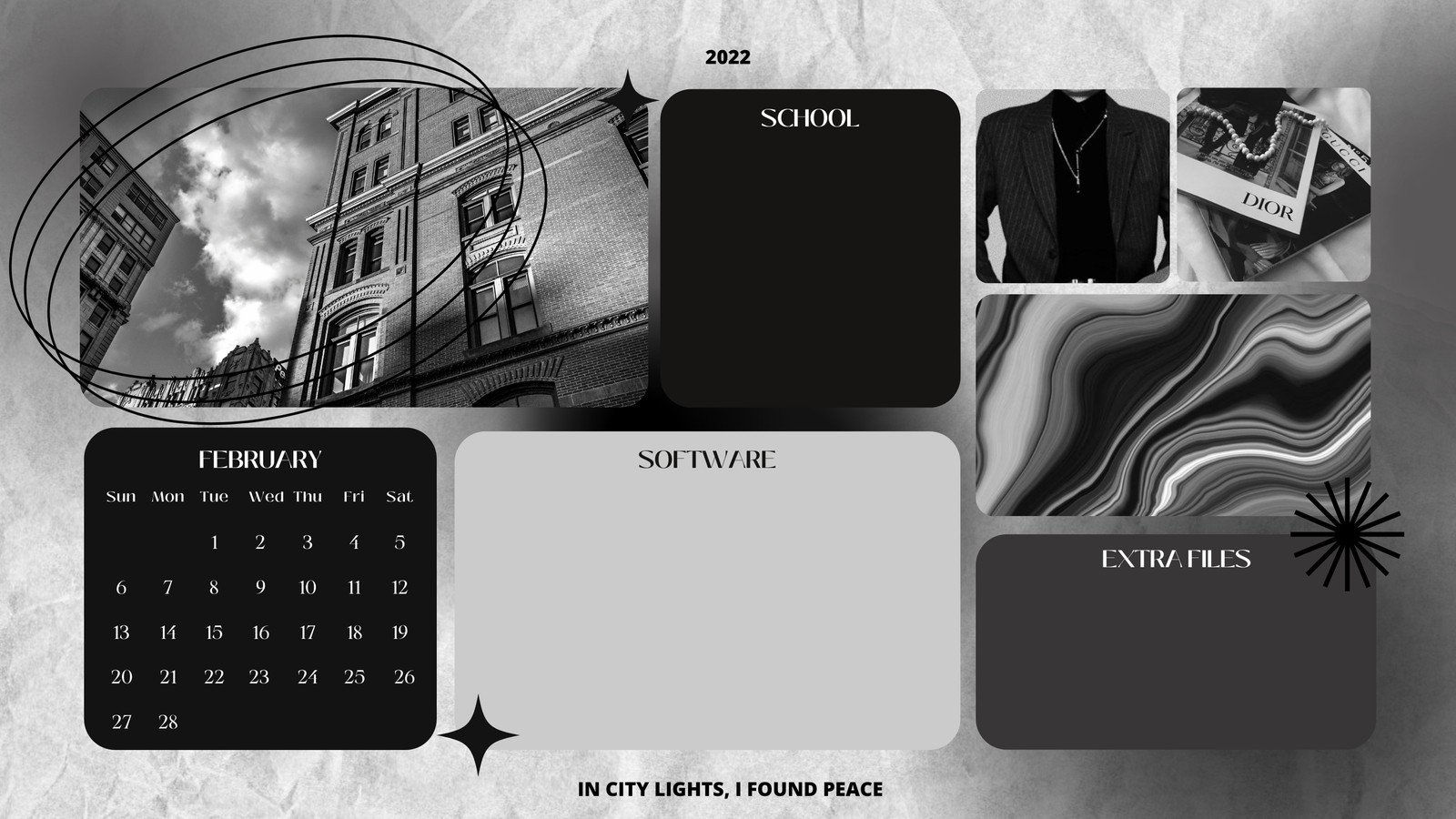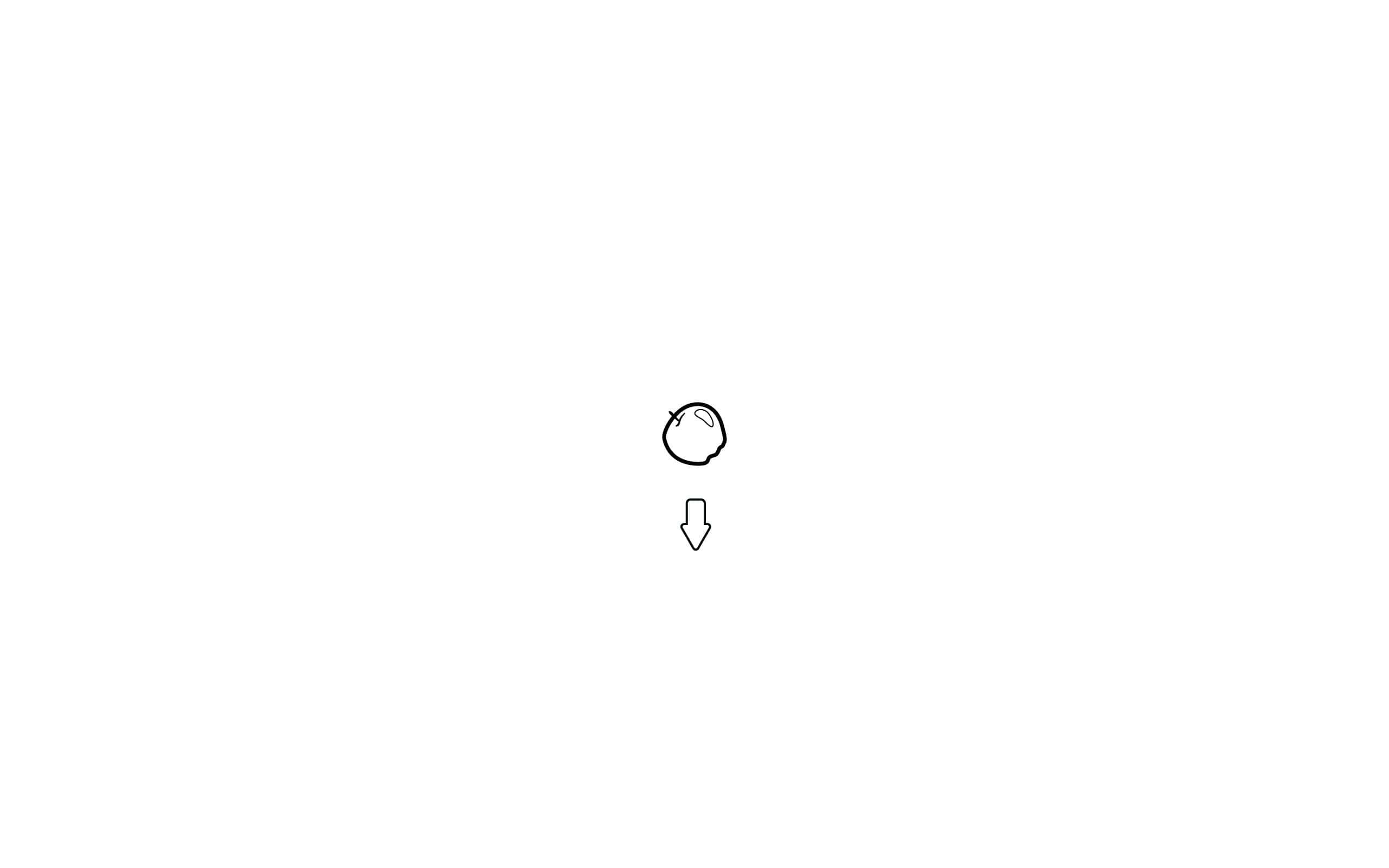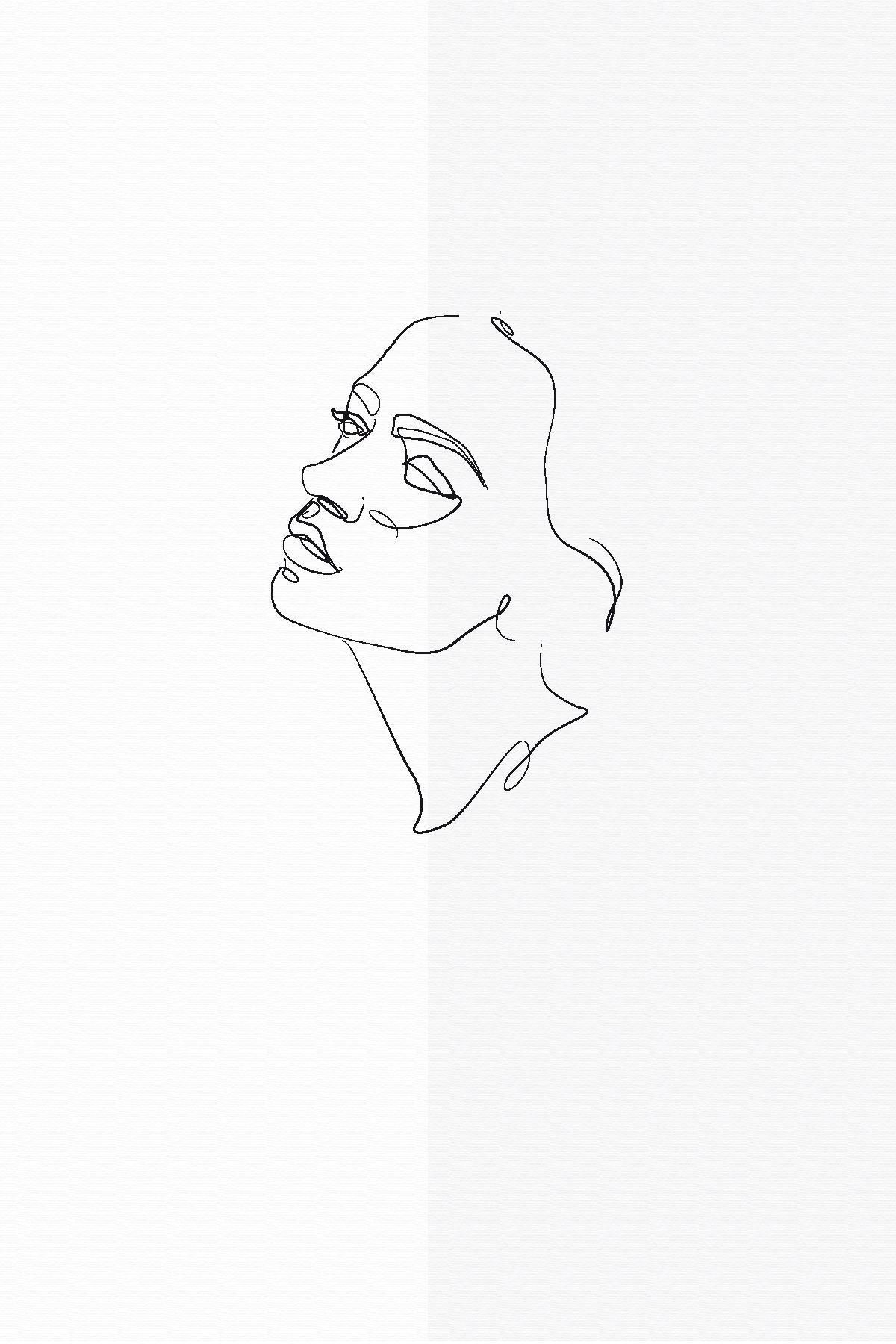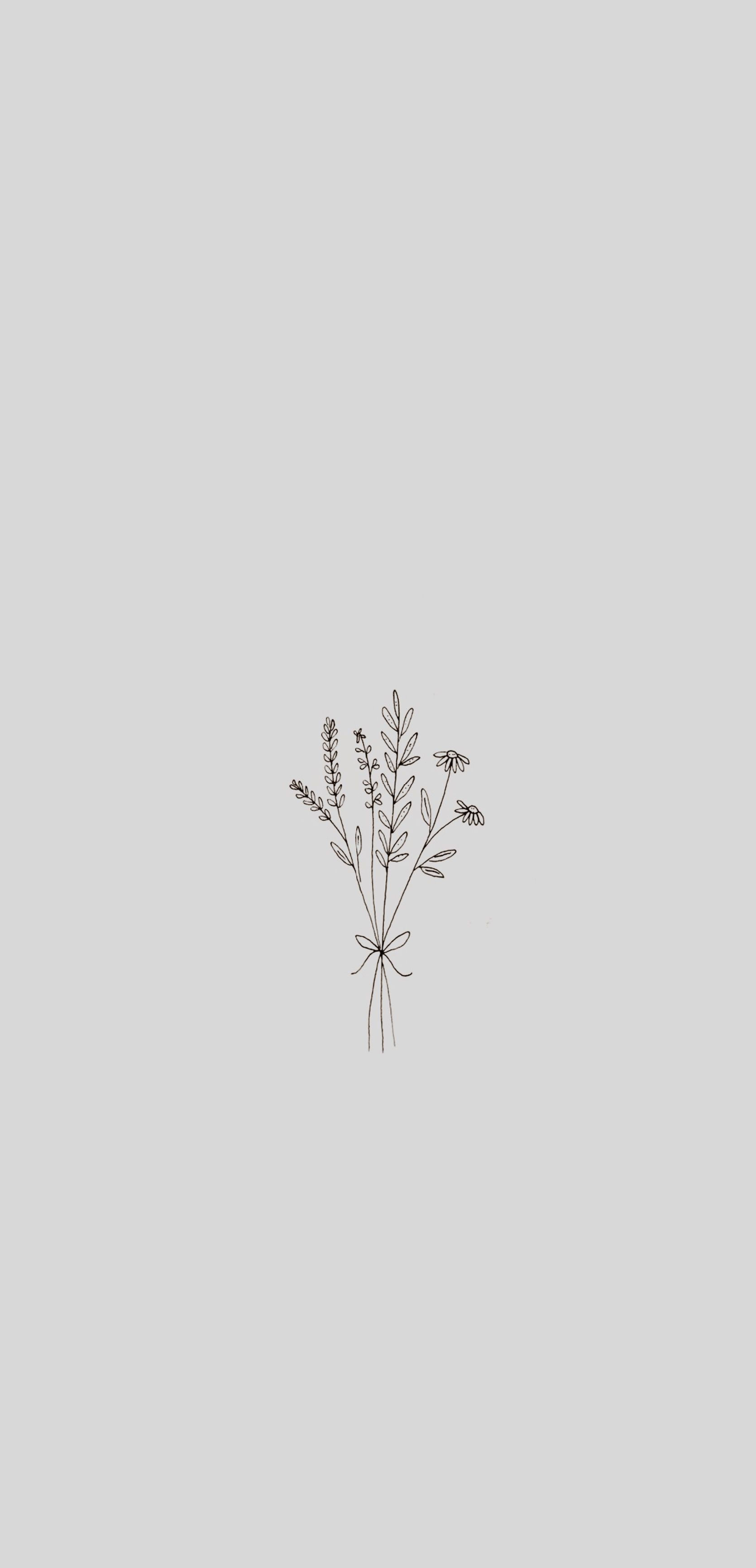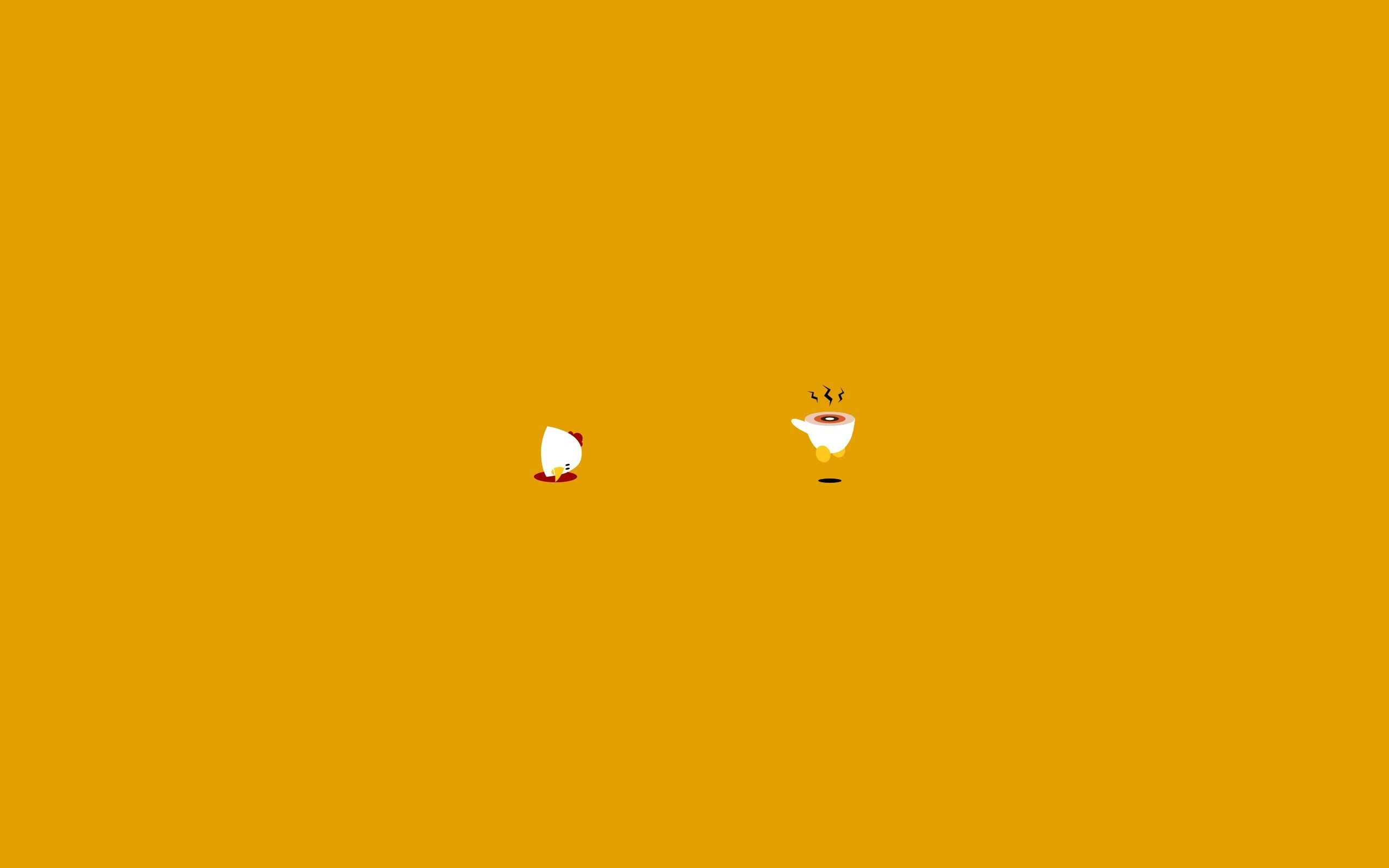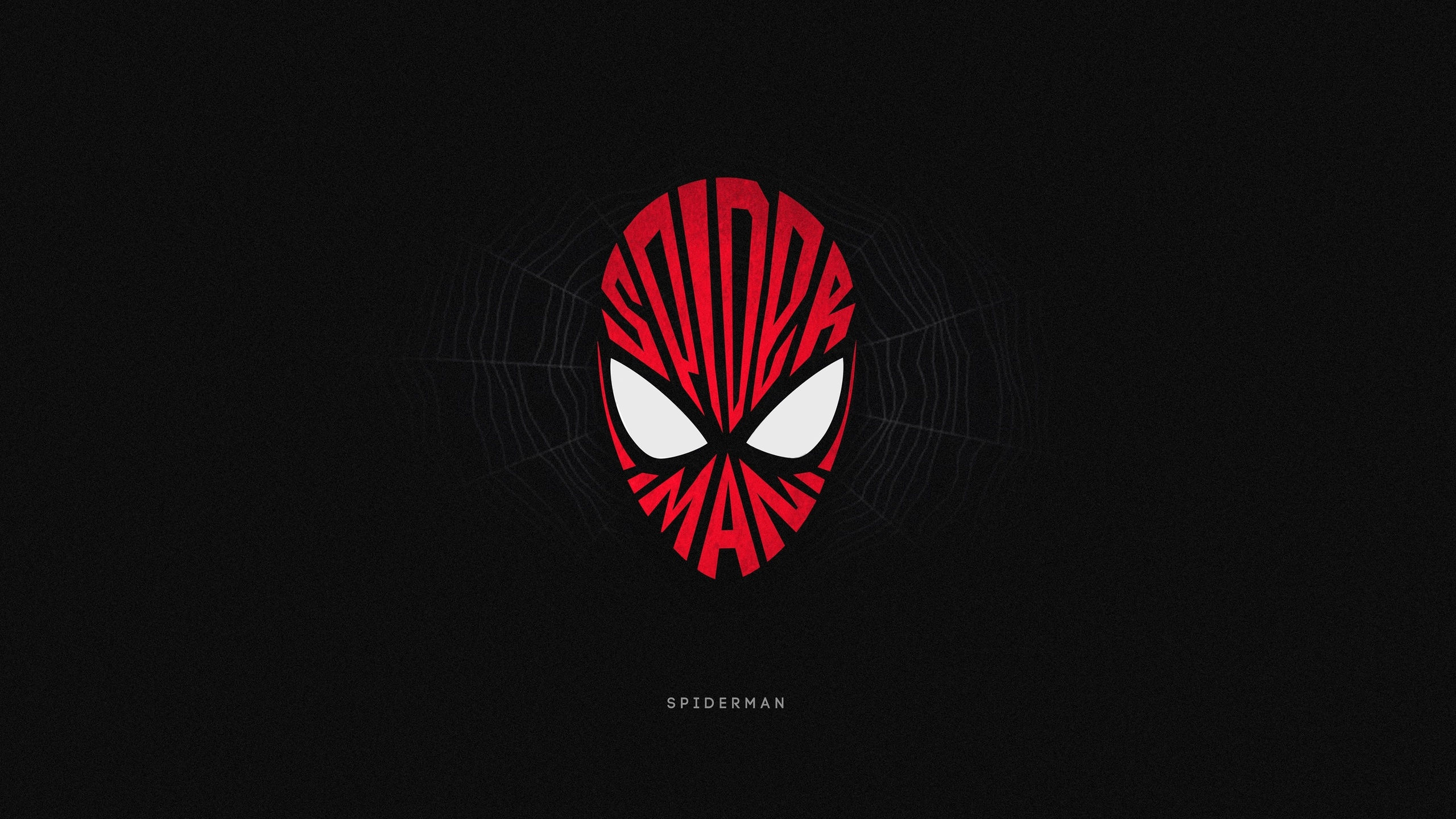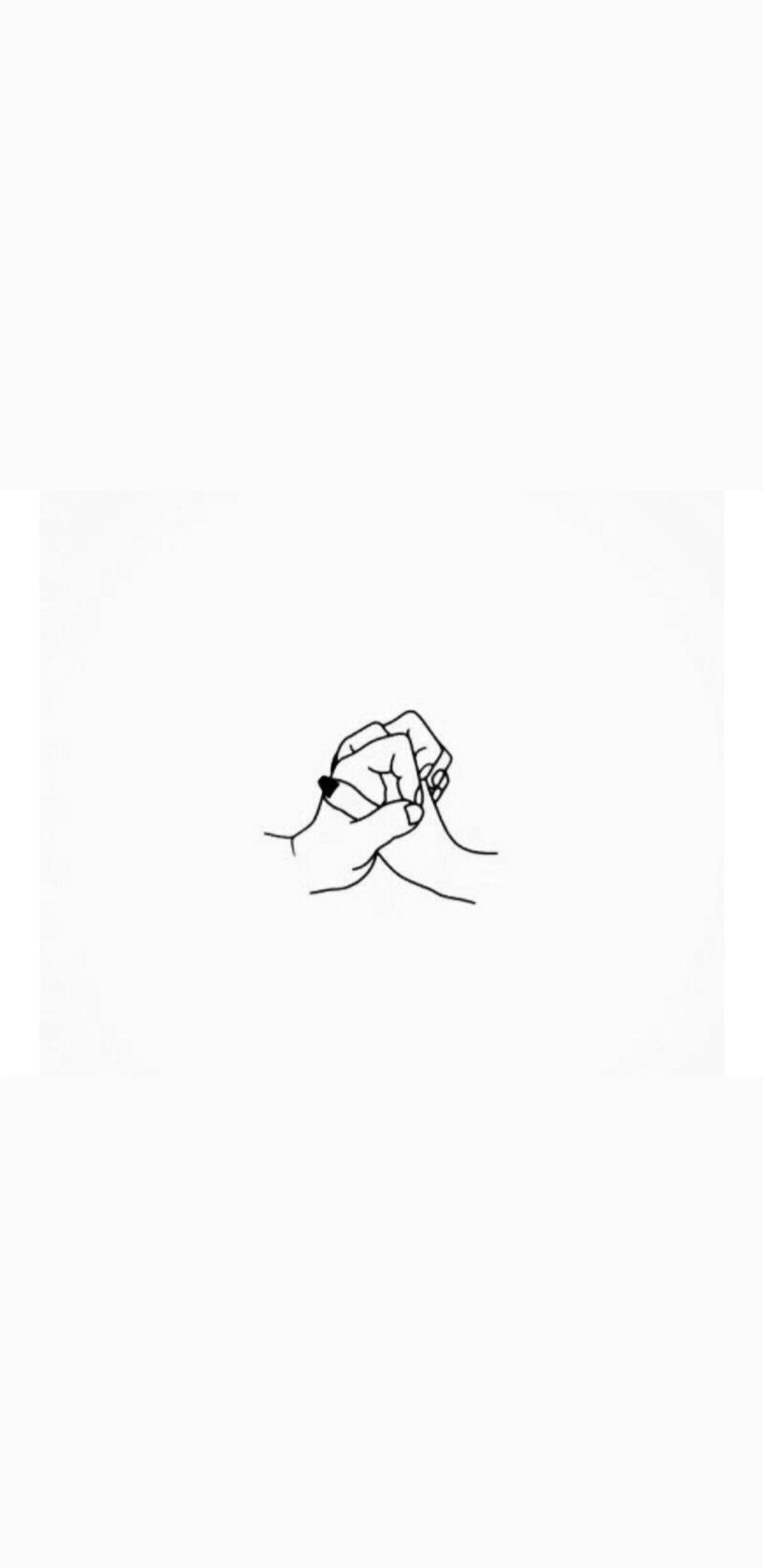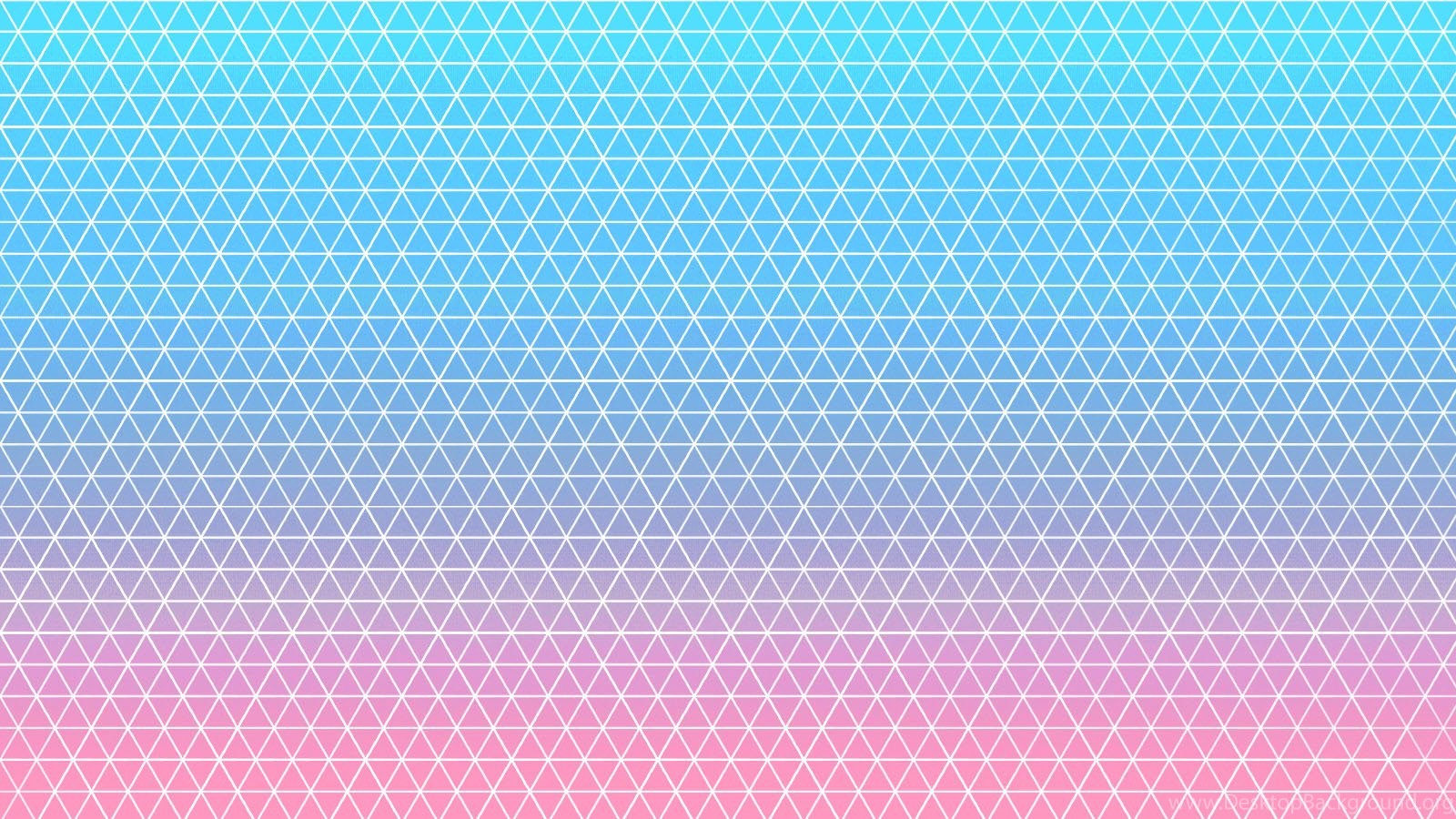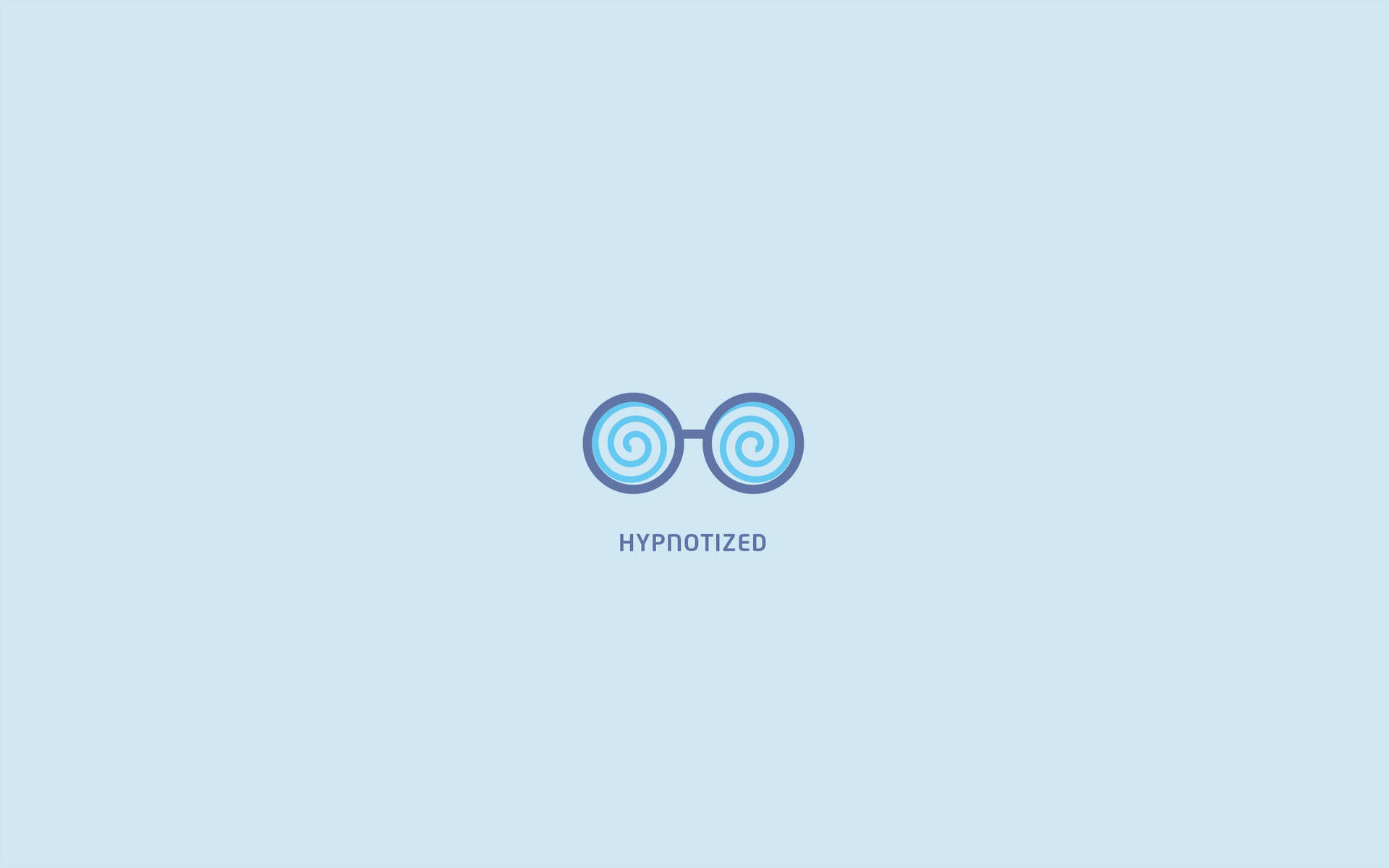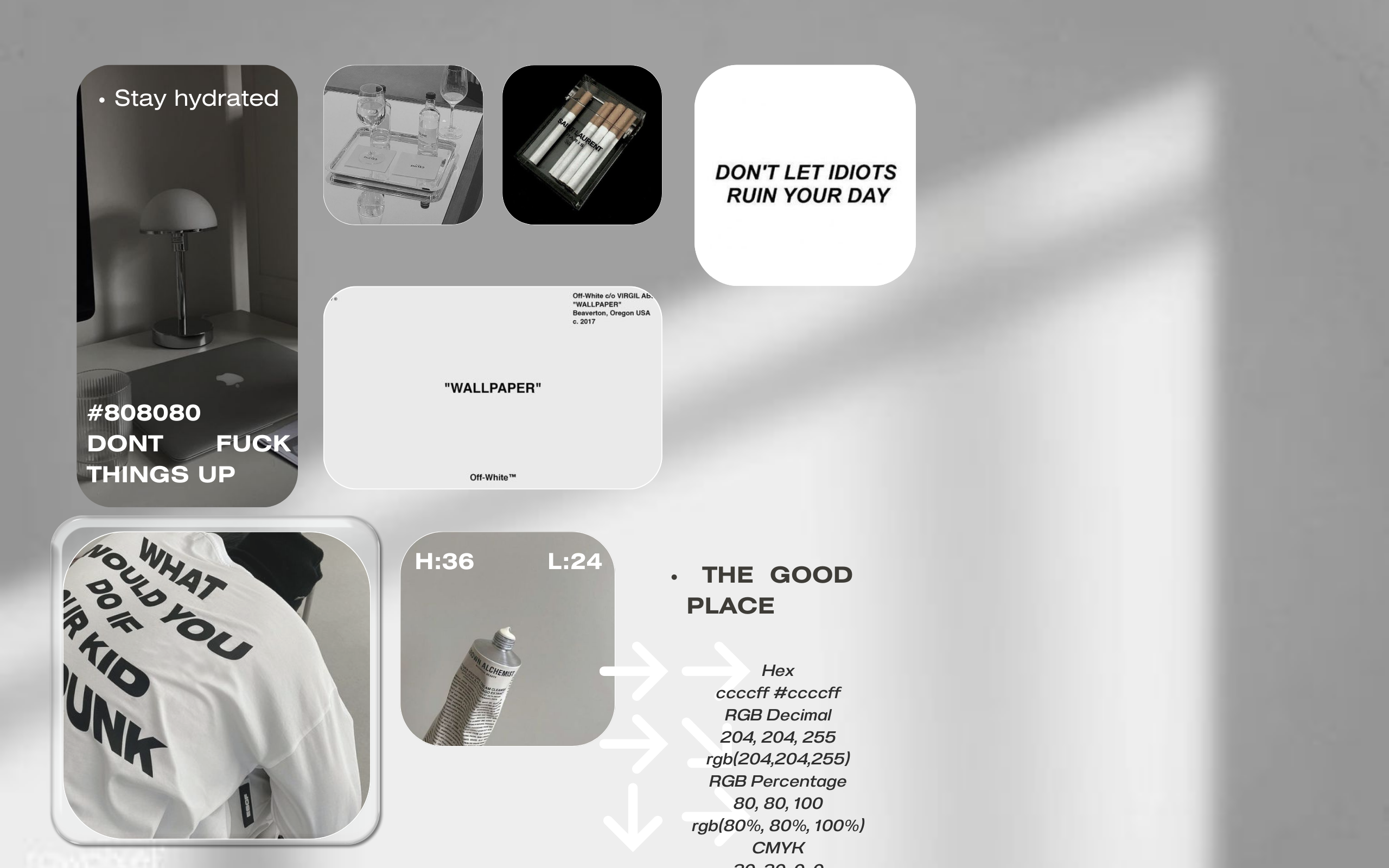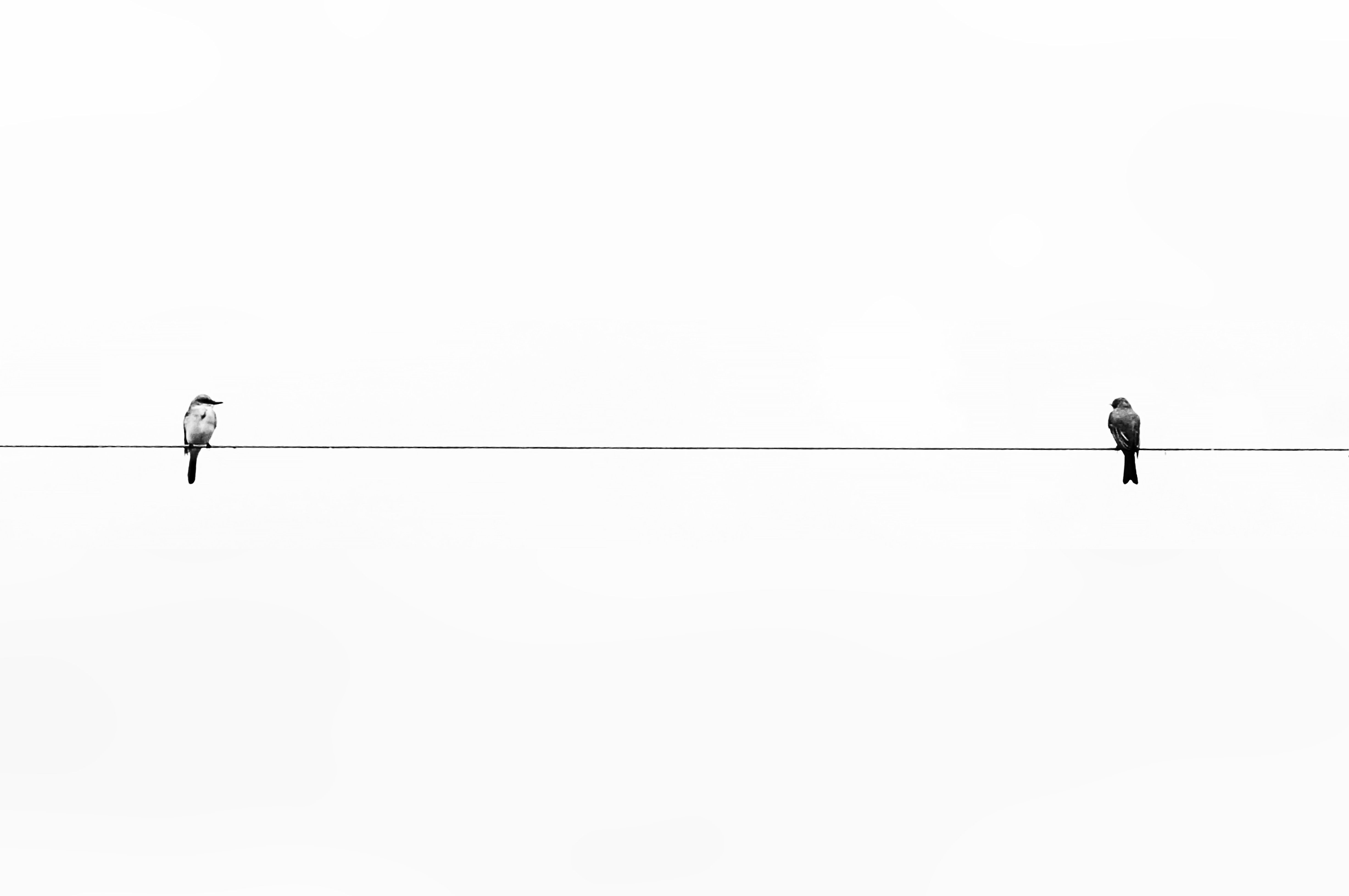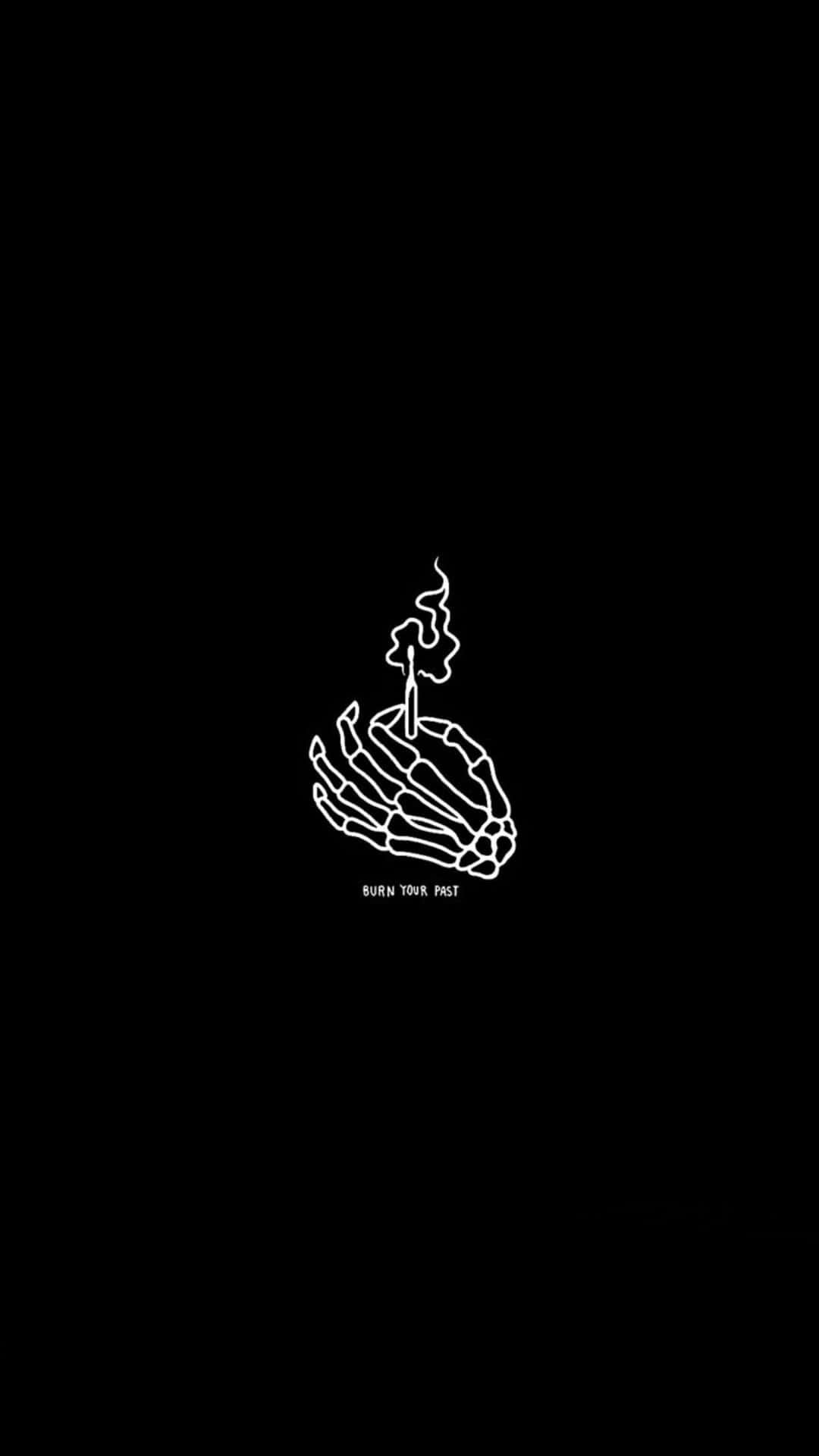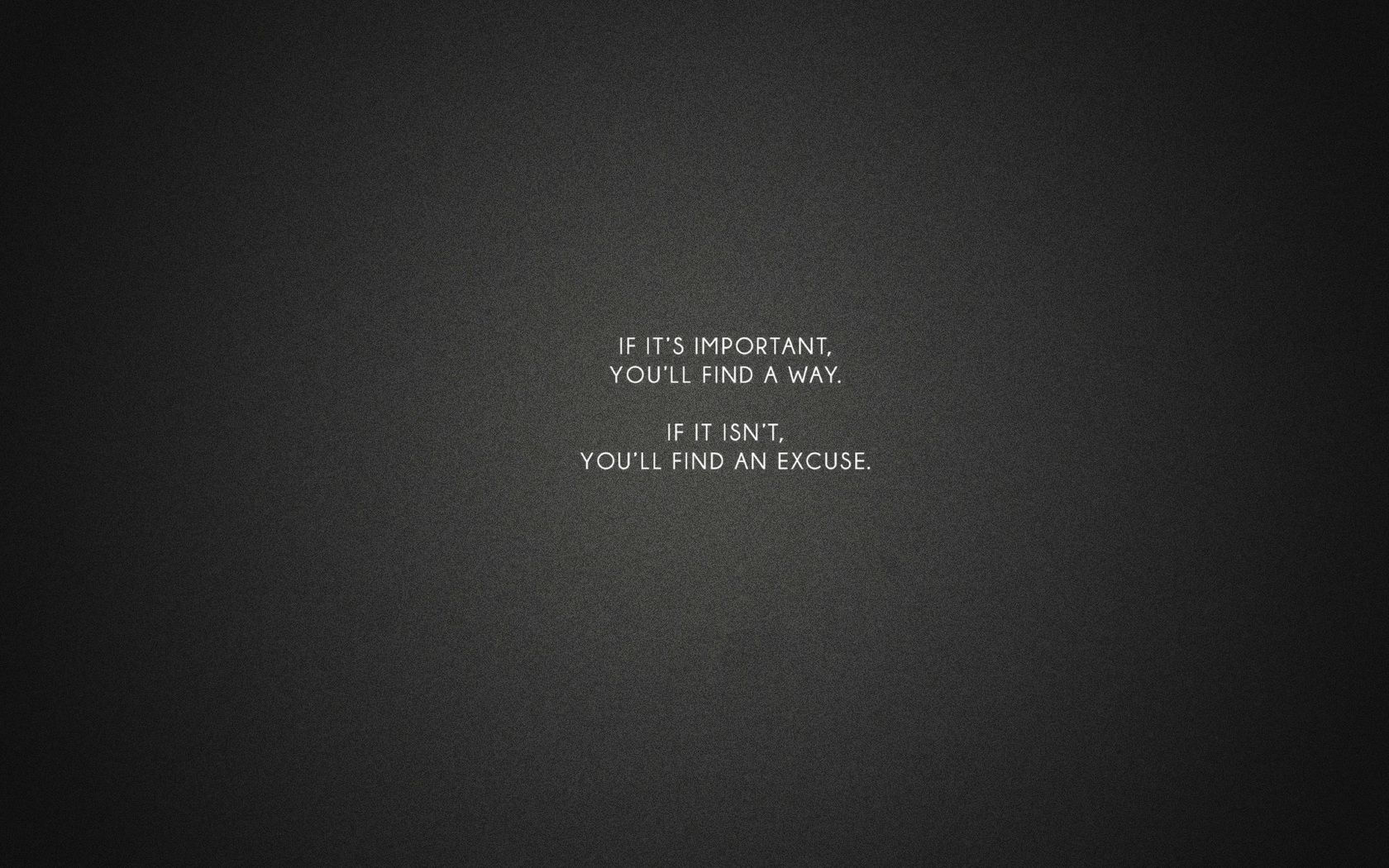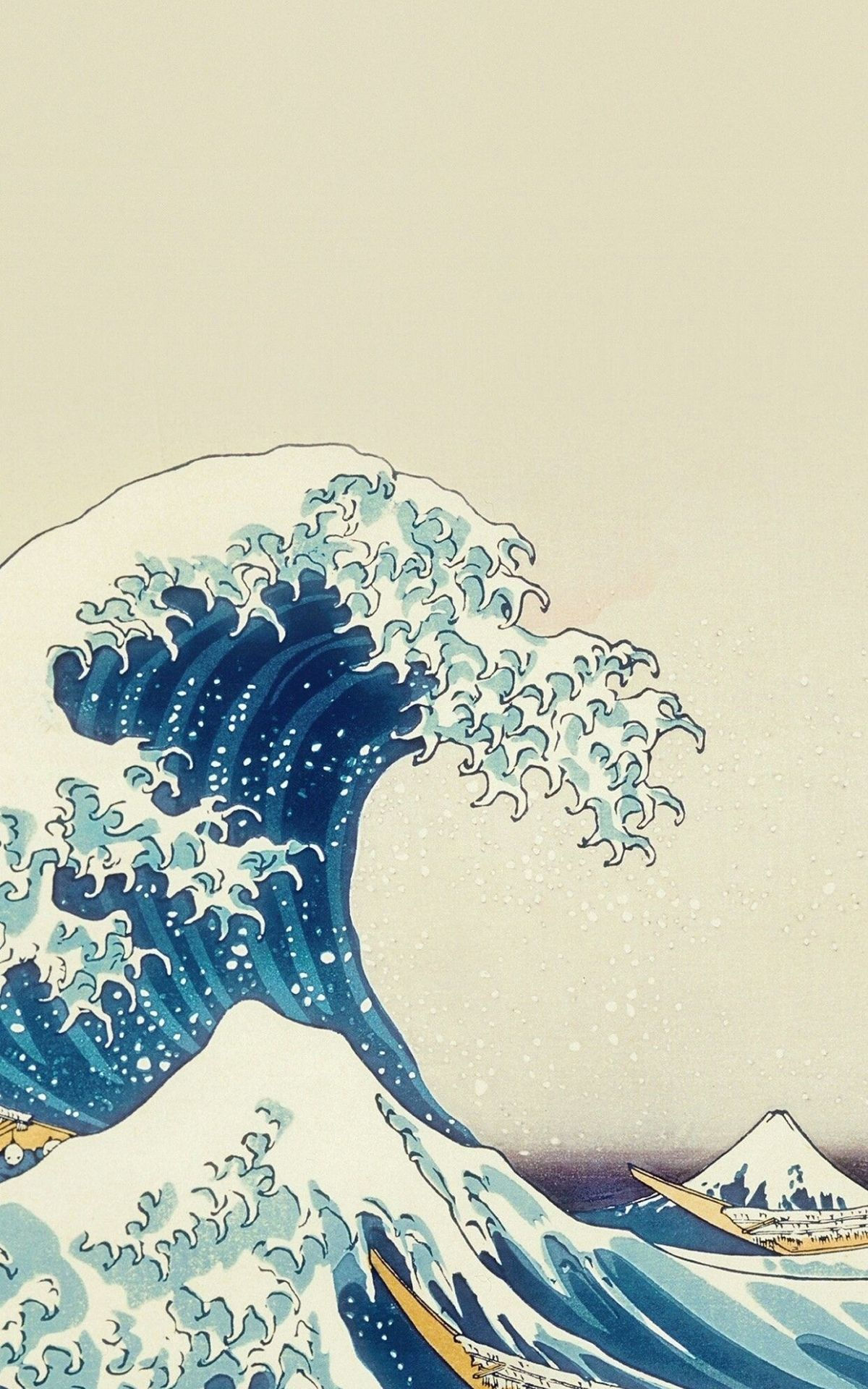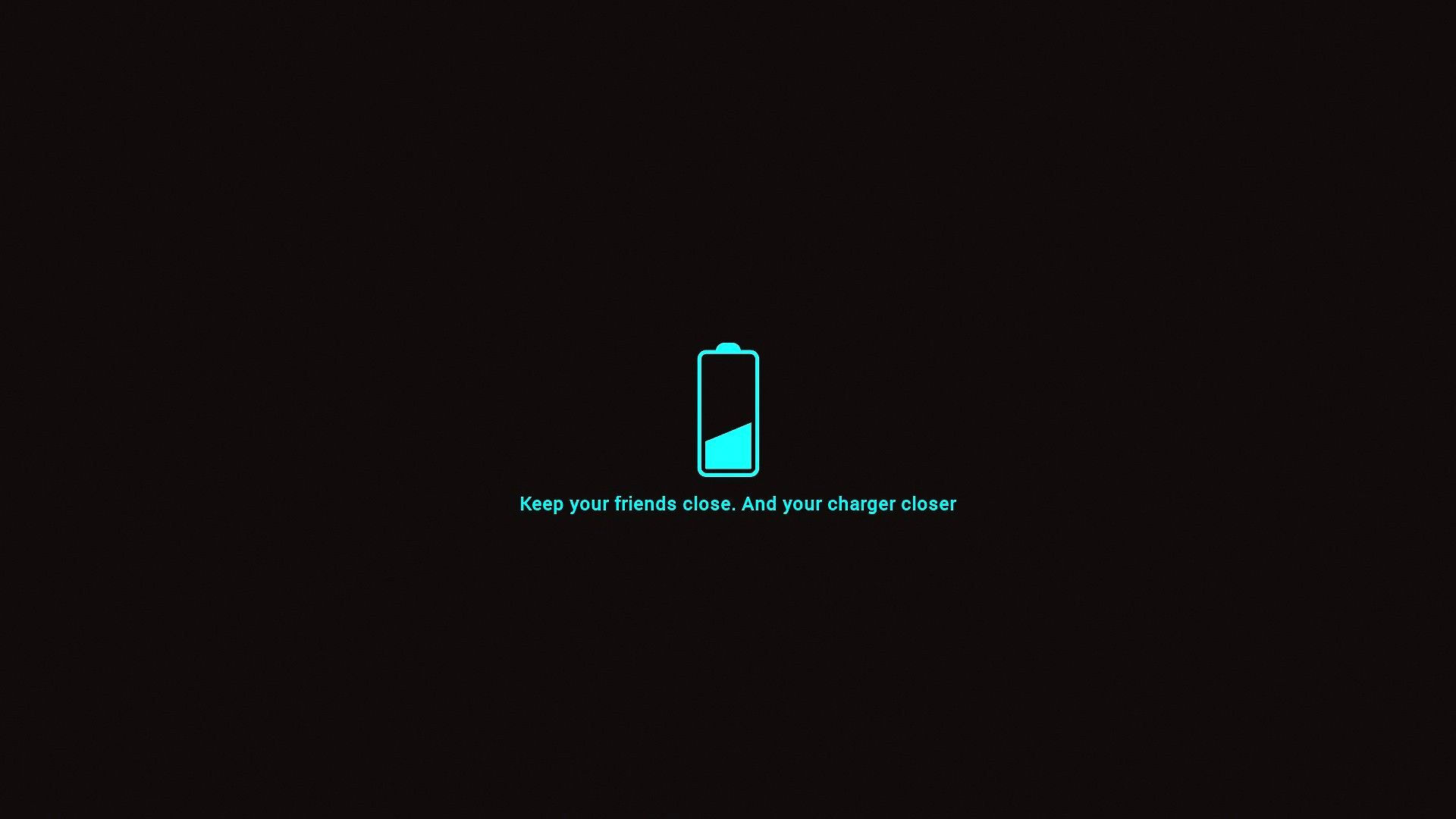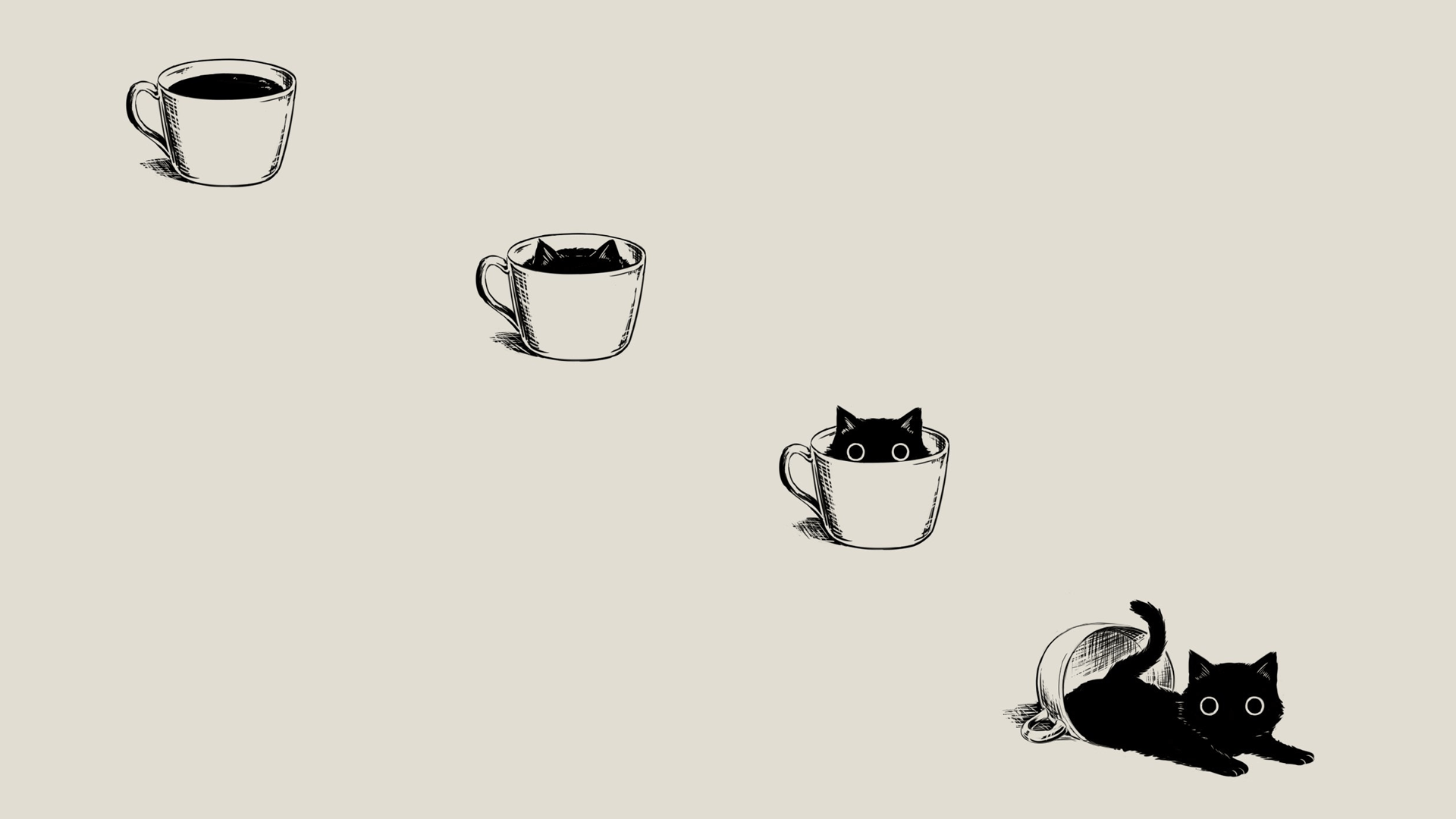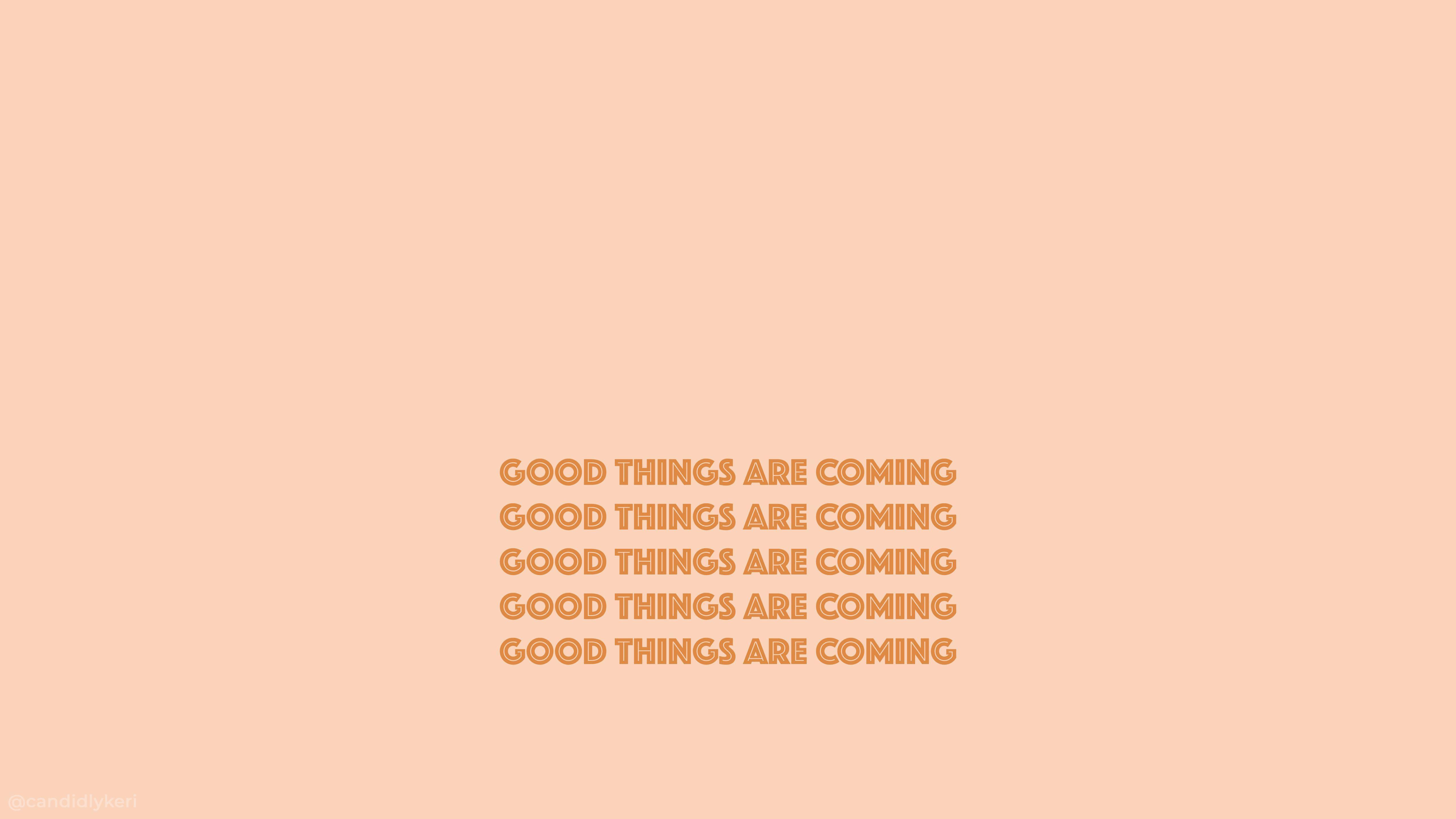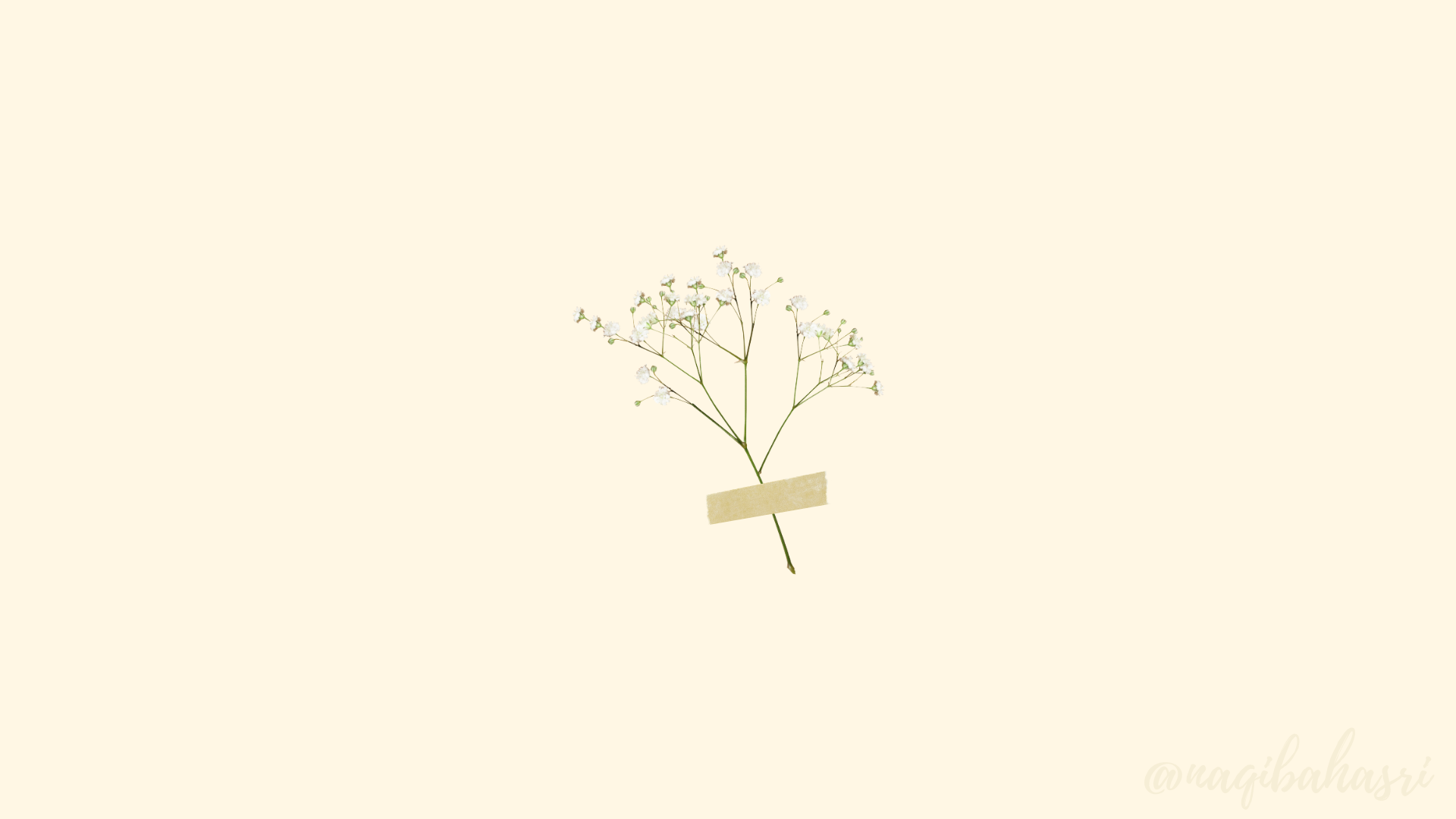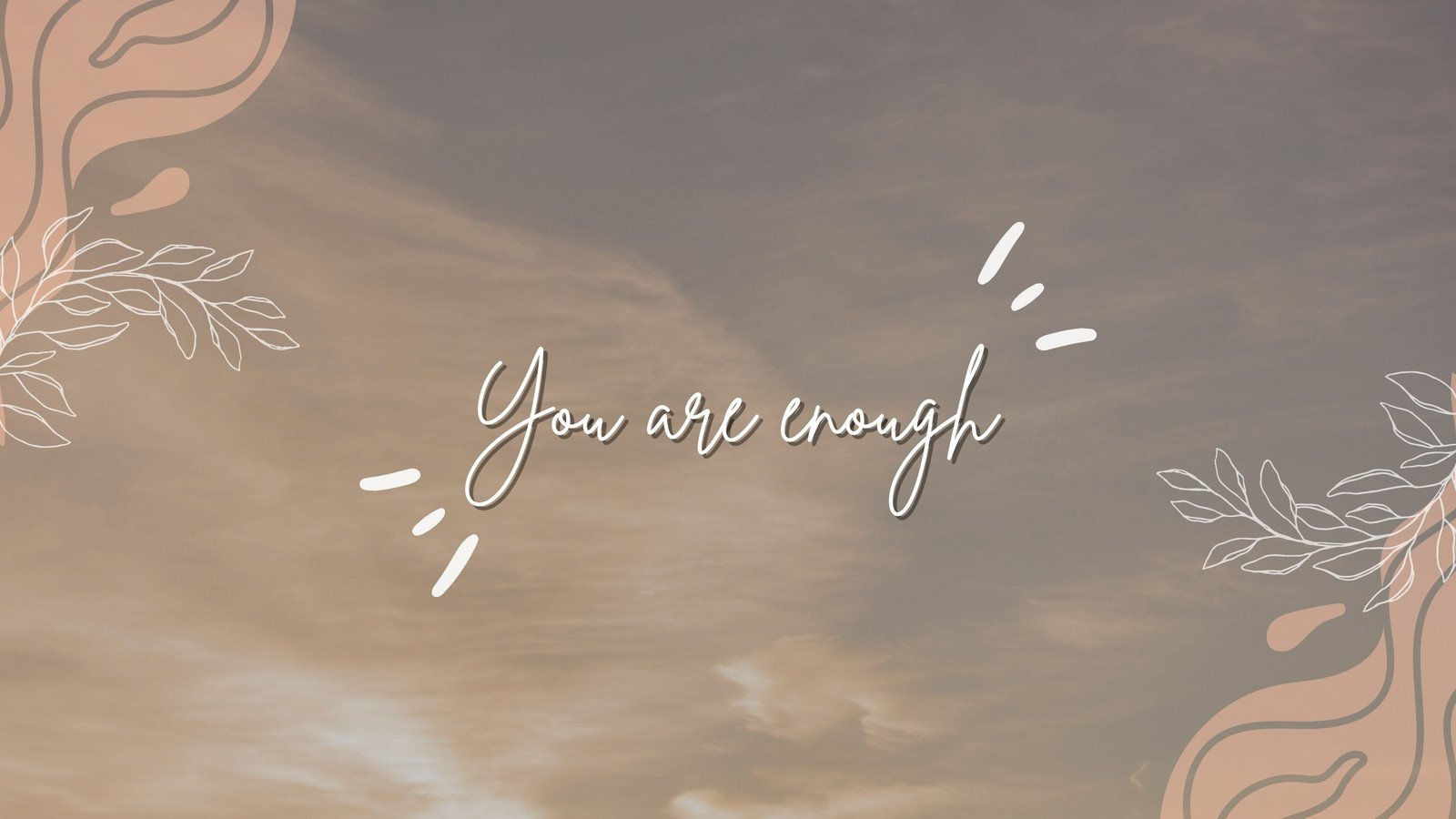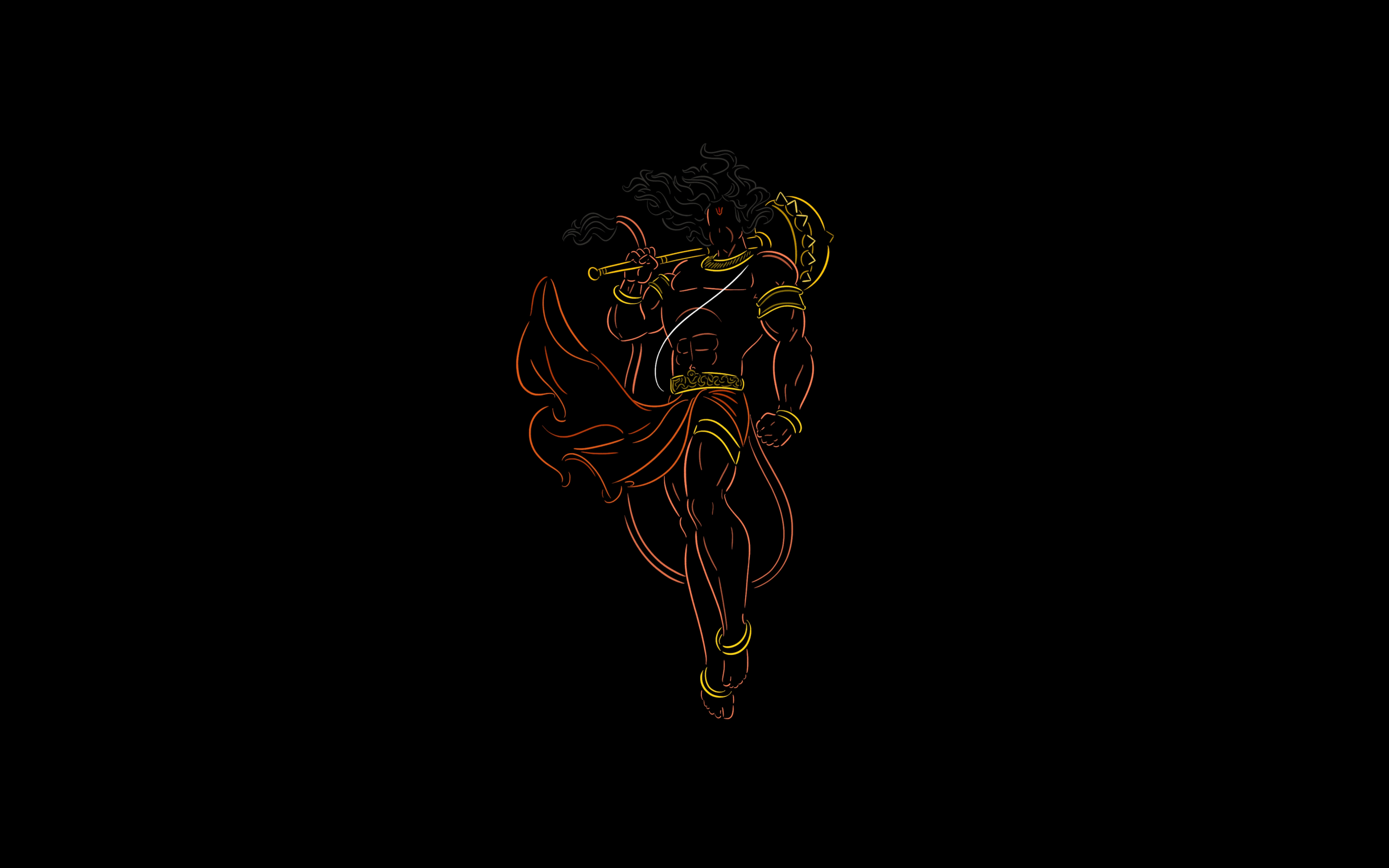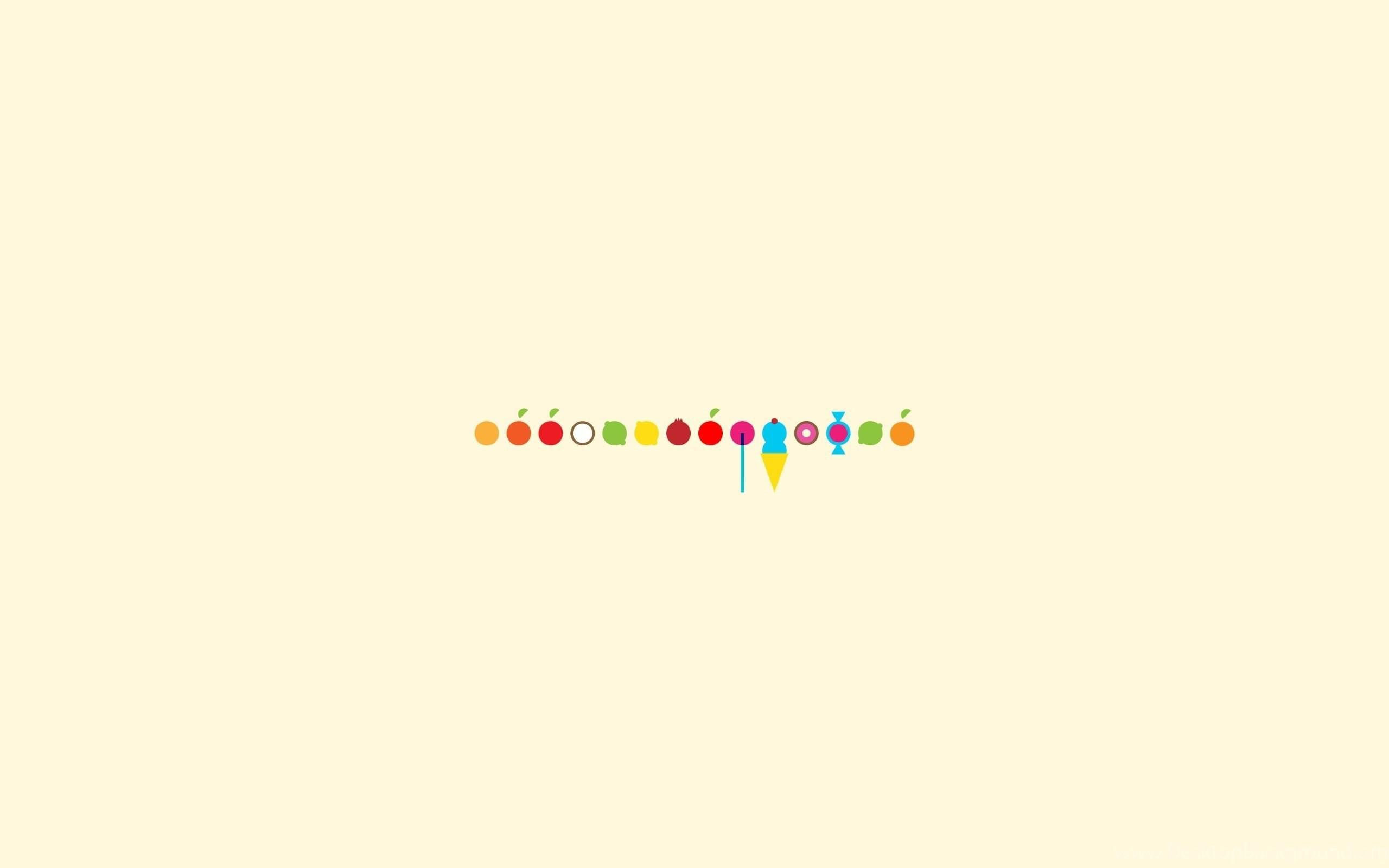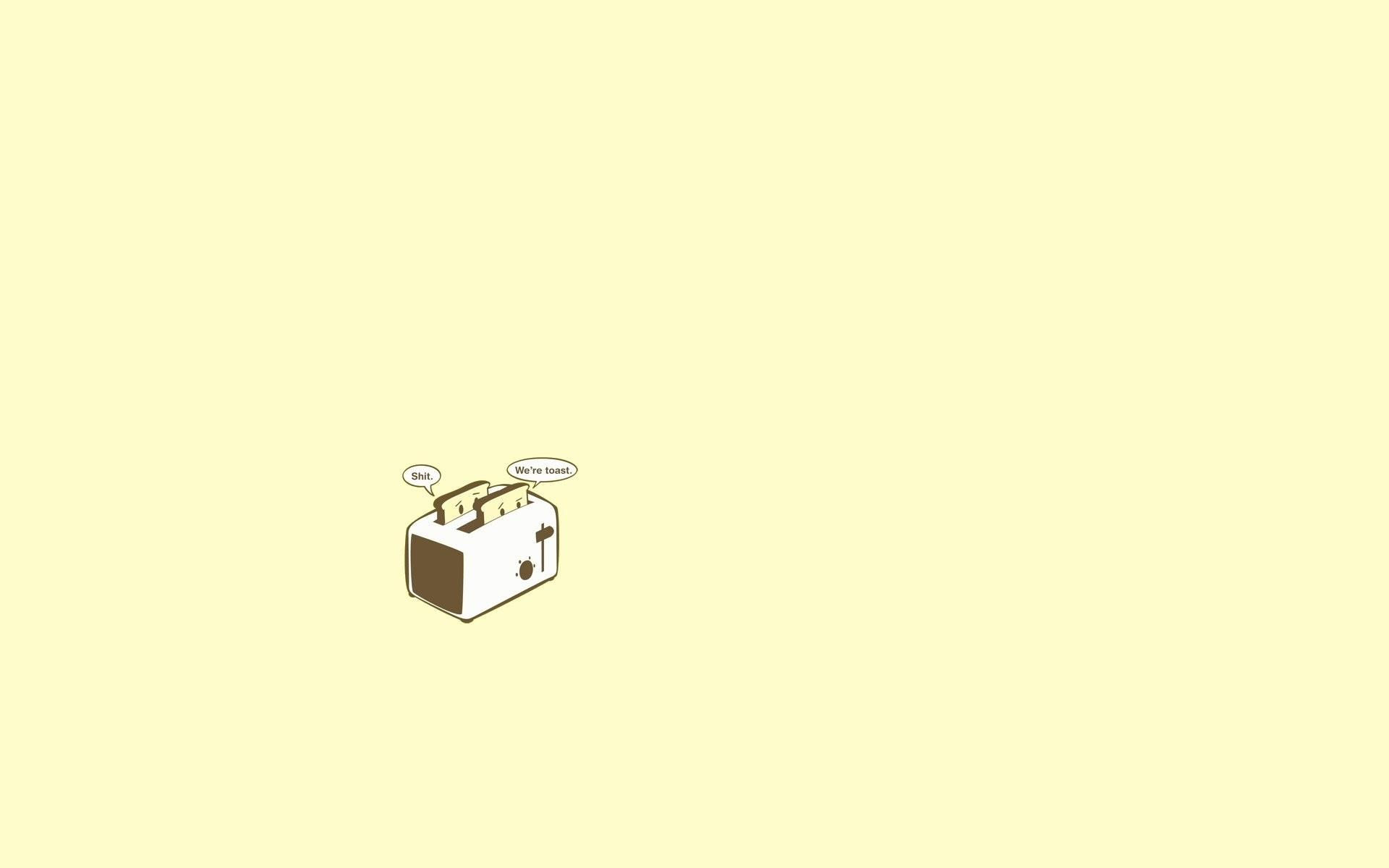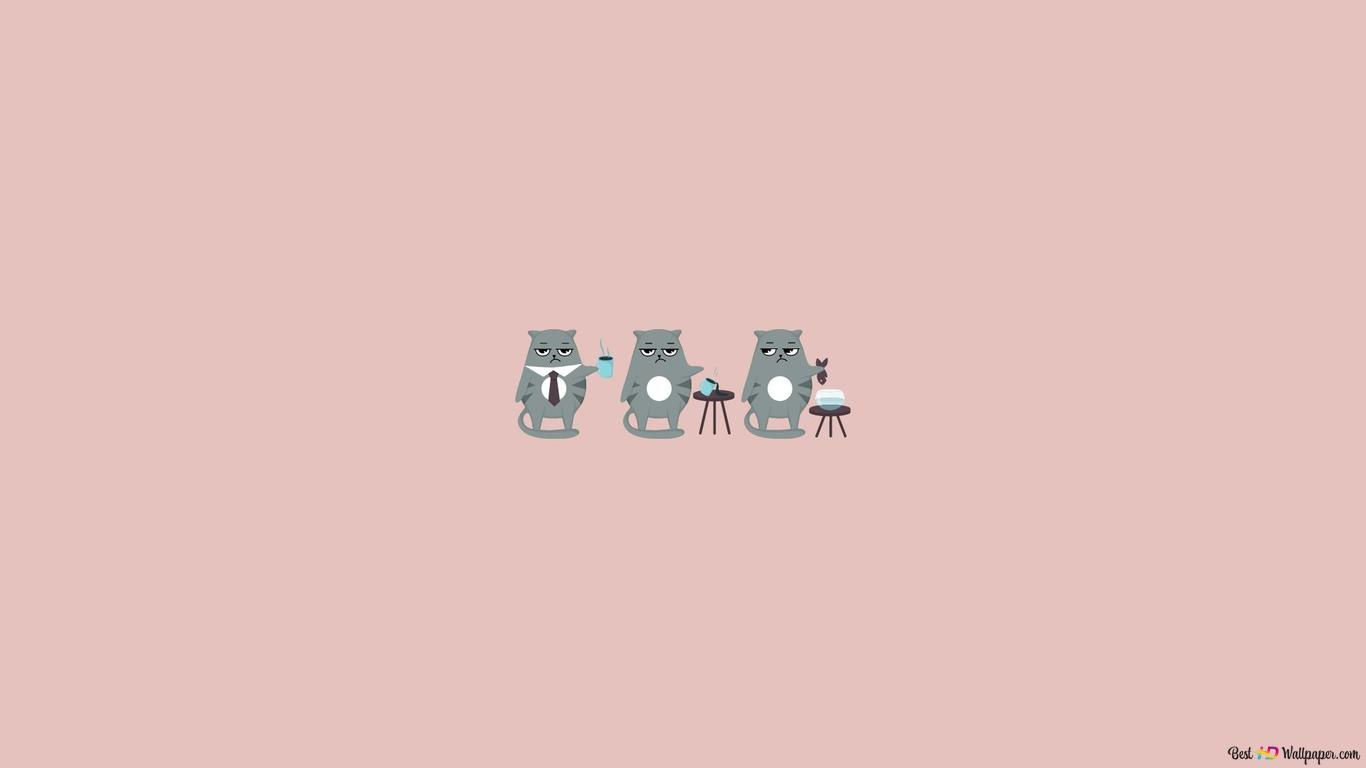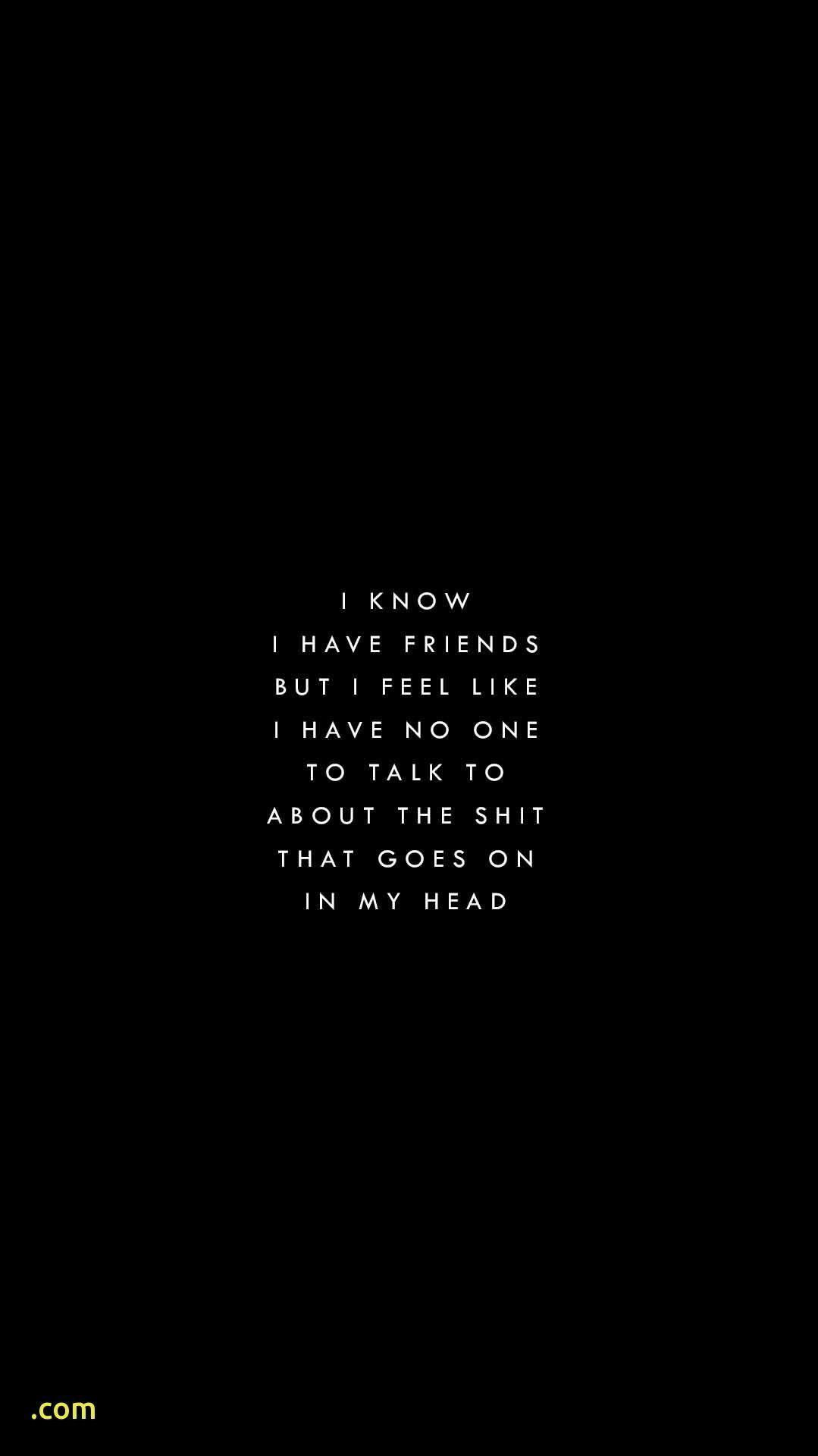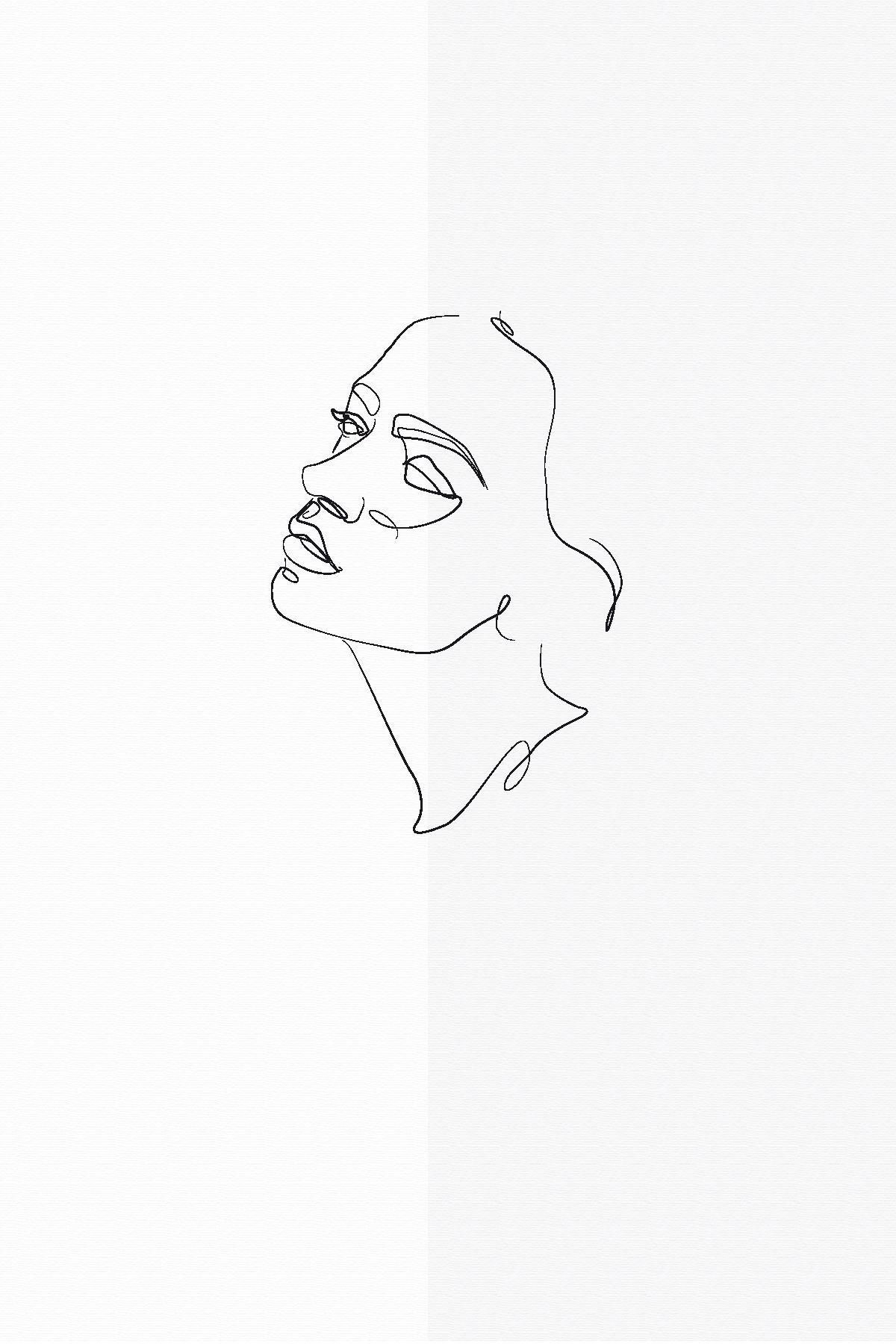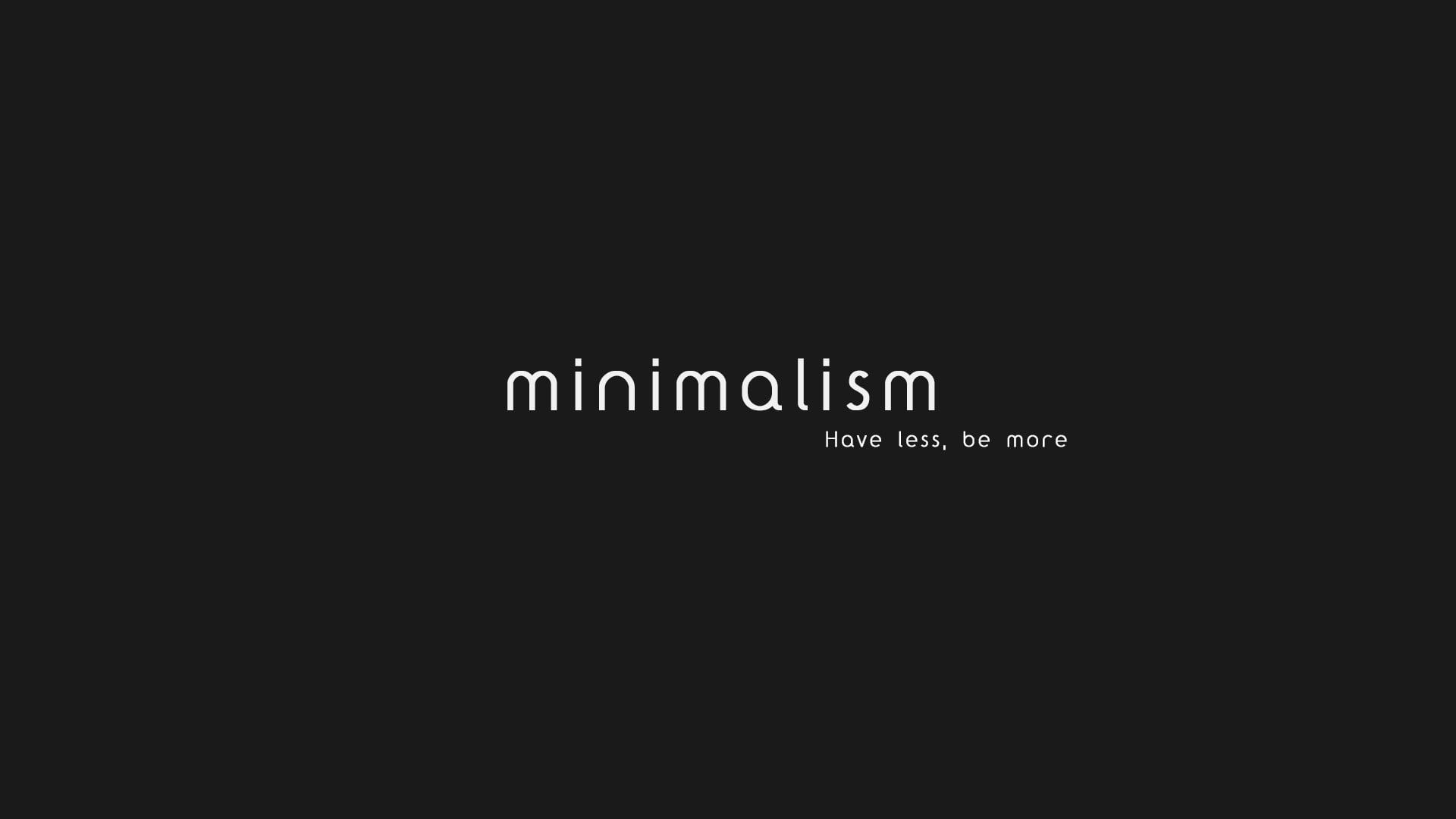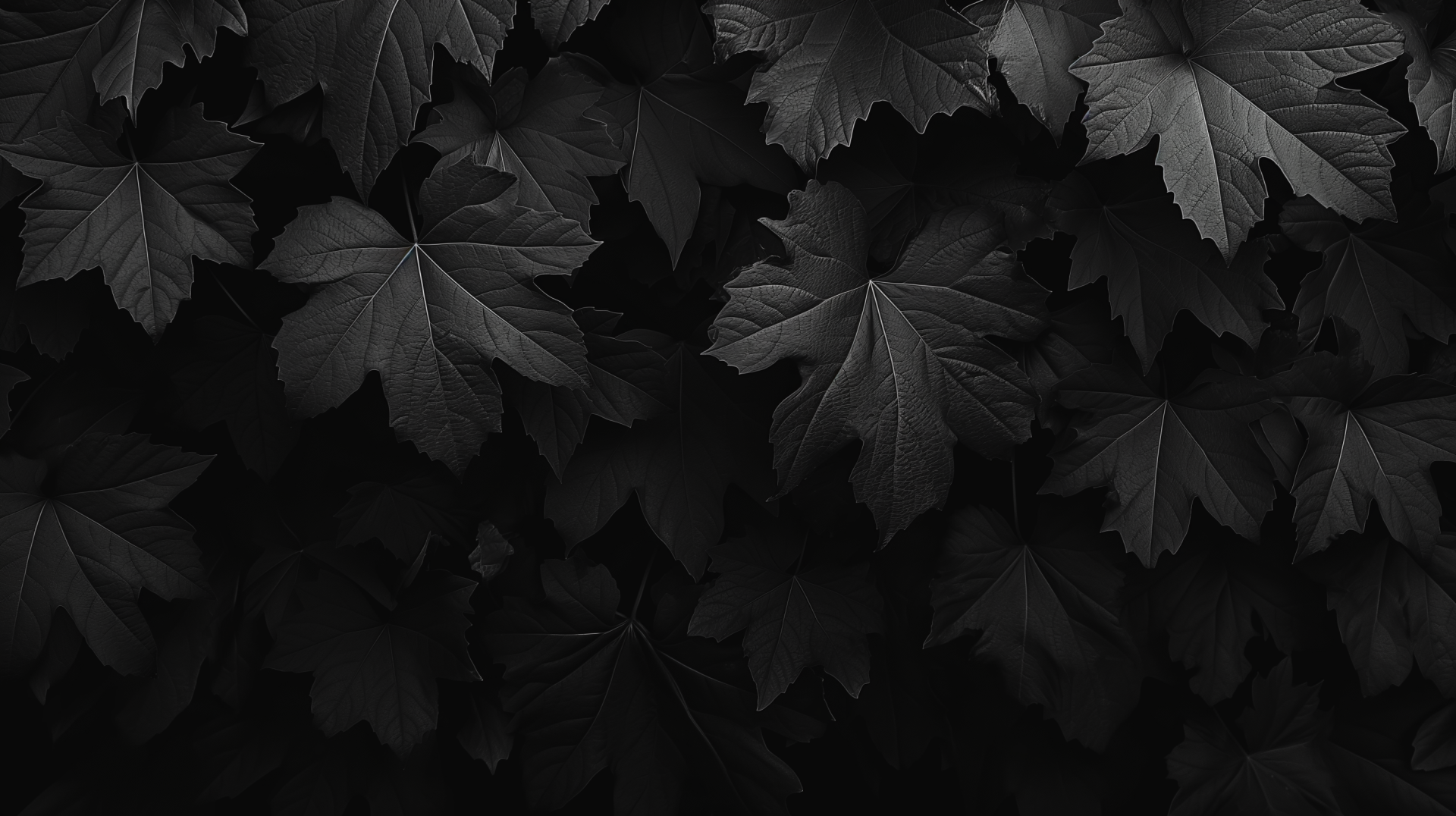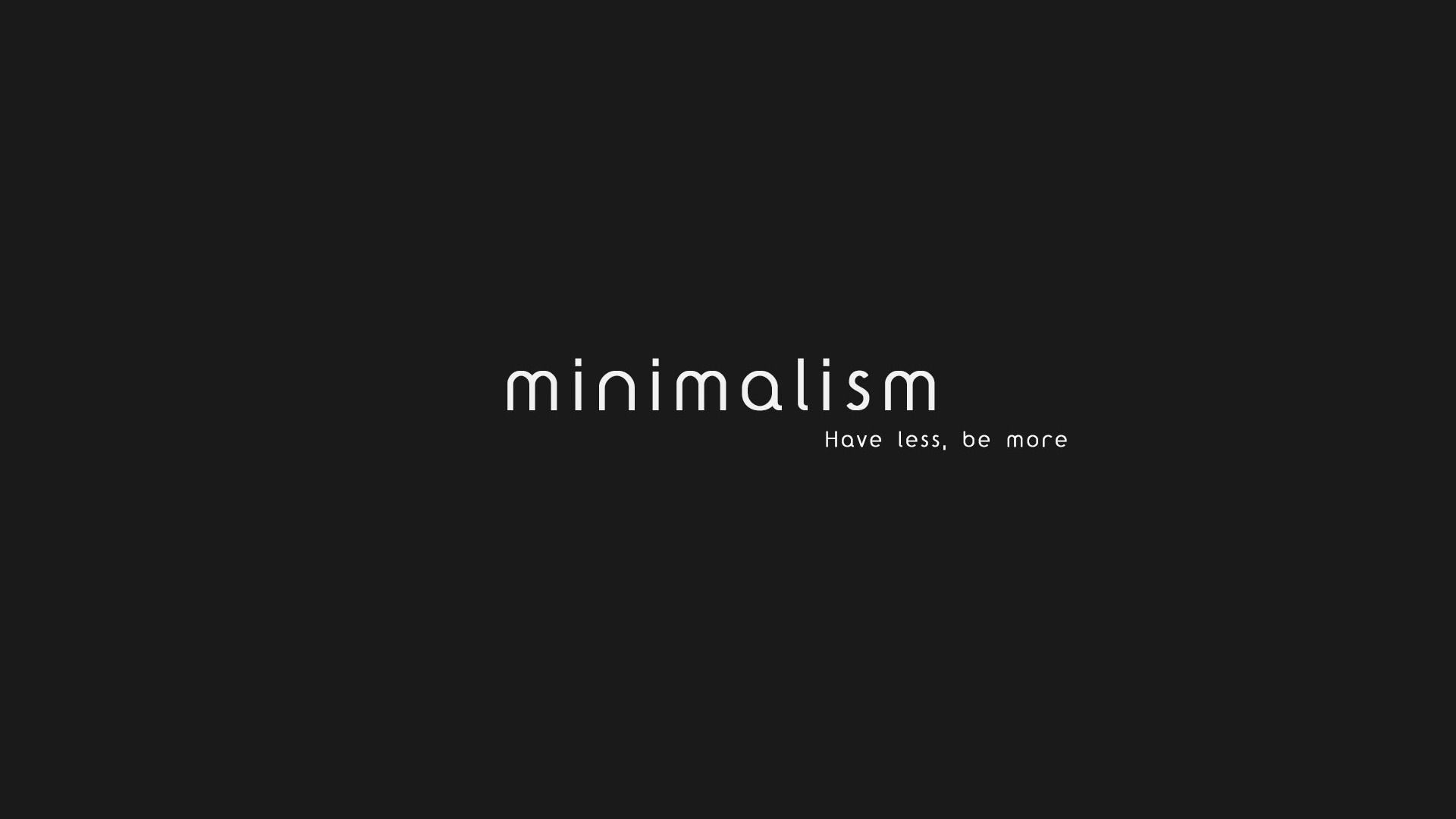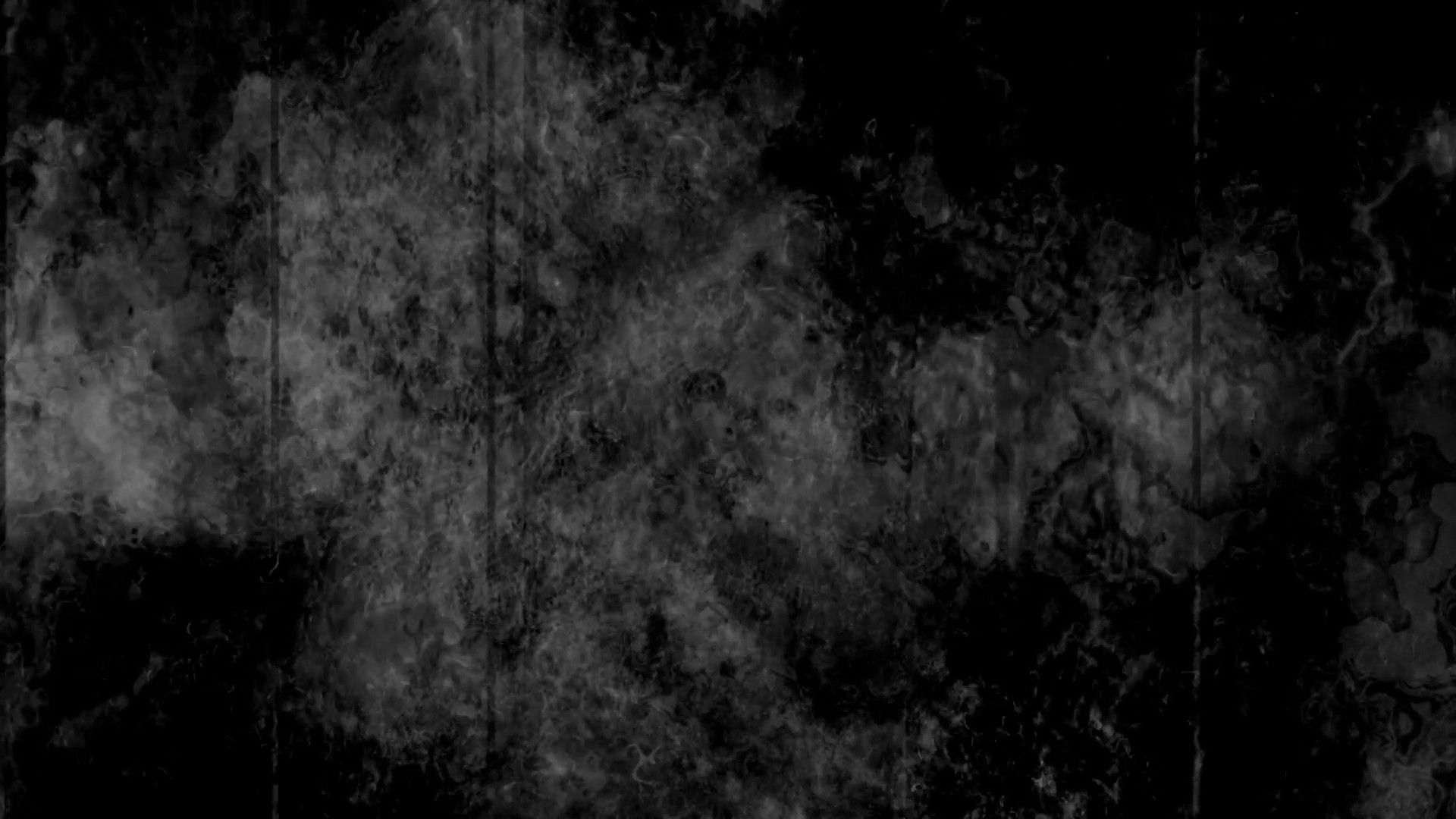The Enigmatic "Uzen da yo": A Deep Dive into a Minimalist Message
The image presents a stark simplicity: a dark charcoal gray background, unbroken except for a single phrase rendered in a subtly colorful, almost neon-like script. The phrase, "うぜんだよ" (uzen da yo), stands out not only for its visual contrast but also for its inherent ambiguity. This seemingly simple image, however, holds the potential for a wealth of interpretations, sparking curiosity and inviting a deeper exploration of its meaning, possible origins, and the emotional resonance it evokes.
Deconstructing "Uzen da yo"
First, let's break down the phrase itself. "Uzen" (うぜん) isn't a common Japanese word with a readily available, single definition. This immediately adds to the image's intrigue. It could be:
A proper noun: Perhaps a place name, a person's name, or even the name of a fictional entity. The lack of context leaves this entirely open to interpretation, fostering a sense of mystery. Is it a location shrouded in legend? A character from a secret narrative? The possibilities are endless.
A neologism or slang: The phrase might be a newly coined word, perhaps specific to a particular subculture or online community. Its cryptic nature could suggest an inside joke or a password-like quality, reinforcing the feeling of exclusivity.
A fragmented word or phrase: It's conceivable that "uzen" is part of a larger, more complex expression, with the full meaning lost in the minimalist presentation. This fragmentation adds an element of incompleteness, urging viewers to fill in the blanks with their own imaginations.
The particle "da yo" (だよ) adds another layer of complexity. In Japanese, it's a sentence-ending particle that conveys a casual and somewhat emphatic tone. It suggests a conversational style, as if someone is making a casual statement or announcement. This informality, juxtaposed with the mysterious "uzen," creates a fascinating tension.
The Visual Aesthetic and its Significance
The visual style of the image is as crucial as the text itself. The dark background creates a sense of mystery and solemnity, almost like a secret whispered in the shadows. The pastel-like, slightly blurred coloring of the text adds a touch of whimsicality, softening the otherwise austere presentation. This combination of darkness and light, seriousness and playfulness, mirrors the ambiguity of the message itself.
The minimalist nature of the image is also significant. It echoes the principles of modern design, prioritizing simplicity and clarity, but with the deliberate inclusion of a mysterious element that disrupts the expected tranquility. This controlled chaos creates a compelling visual tension, drawing the viewer's attention and encouraging engagement.
Constructing a Narrative
Let's weave a possible story around this enigmatic message. Imagine "Uzen" as a secluded village nestled deep within a forest, known only to a select few. The phrase "Uzen da yo" could be the whispered secret, passed down through generations, revealing the existence of this hidden community. Perhaps it is a warning, a promise, or a simple statement of belonging for those who understand its true meaning.
Alternatively, "Uzen" could be the name of a powerful, yet unseen entity. The phrase then becomes an invocation, a quiet acknowledgment of its presence. It could be a deity, a spirit, or a force of nature, its existence confirmed only by this subtle, almost clandestine message.
Another possibility is that "Uzen da yo" is a code, a digital password hidden in plain sight. Perhaps it unlocks a secret website, a hidden online community, or a digital treasure trove of information. This interpretation brings the image into the contemporary digital realm, connecting the minimalist aesthetic with the ever-expanding world of online secrets and hidden communities.
The Power of Ambiguity
The most significant aspect of this image is its inherent ambiguity. It doesn't offer concrete answers; instead, it invites questions, speculation, and creative interpretation. This lack of definitive meaning allows viewers to project their own experiences, emotions, and desires onto the image. It becomes a Rorschach test of sorts, reflecting the individual's inner world back onto the minimalist canvas.
This ambiguity is a powerful tool, capable of generating a wide range of responses. Some may see a sense of mystery and wonder, while others might perceive a hint of melancholy or a feeling of quietude. The versatility of interpretation is precisely what makes this image so captivating.
Conclusion: A Call to Imagination
The image of "Uzen da yo" is more than just a collection of characters on a screen. It's a minimalist artwork that challenges the viewer to participate in its creation. It's a call to imagination, an invitation to explore the boundless possibilities of meaning hidden within a deceptively simple phrase. The lack of concrete answers only amplifies its appeal, transforming it from a passive image into an active experience. It's a testament to the power of suggestion and the potent magic of ambiguity. The true significance of "Uzen da yo" ultimately lies not in its definitive meaning but in its capacity to inspire, to intrigue, and to foster individual interpretation. It's a silent whisper that echoes with the potential for a thousand different stories.
